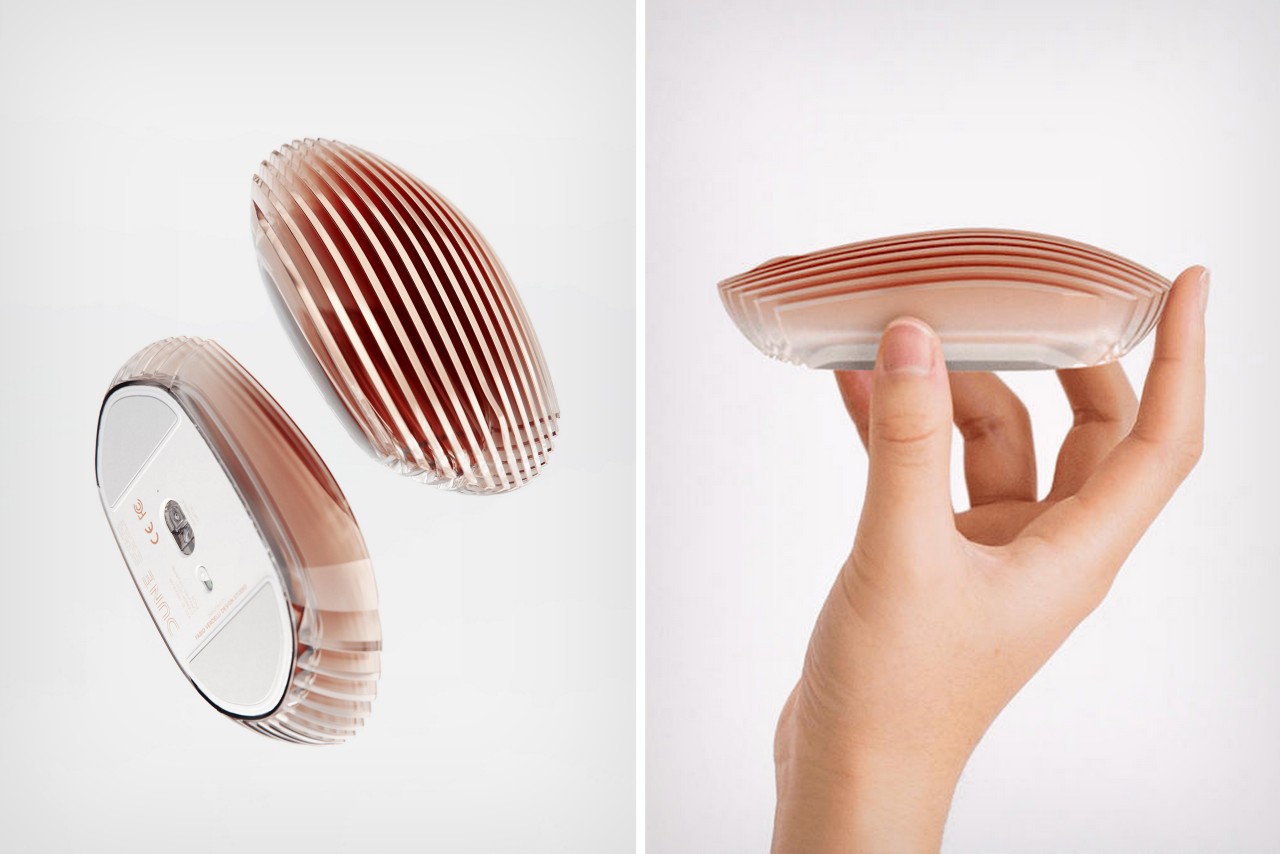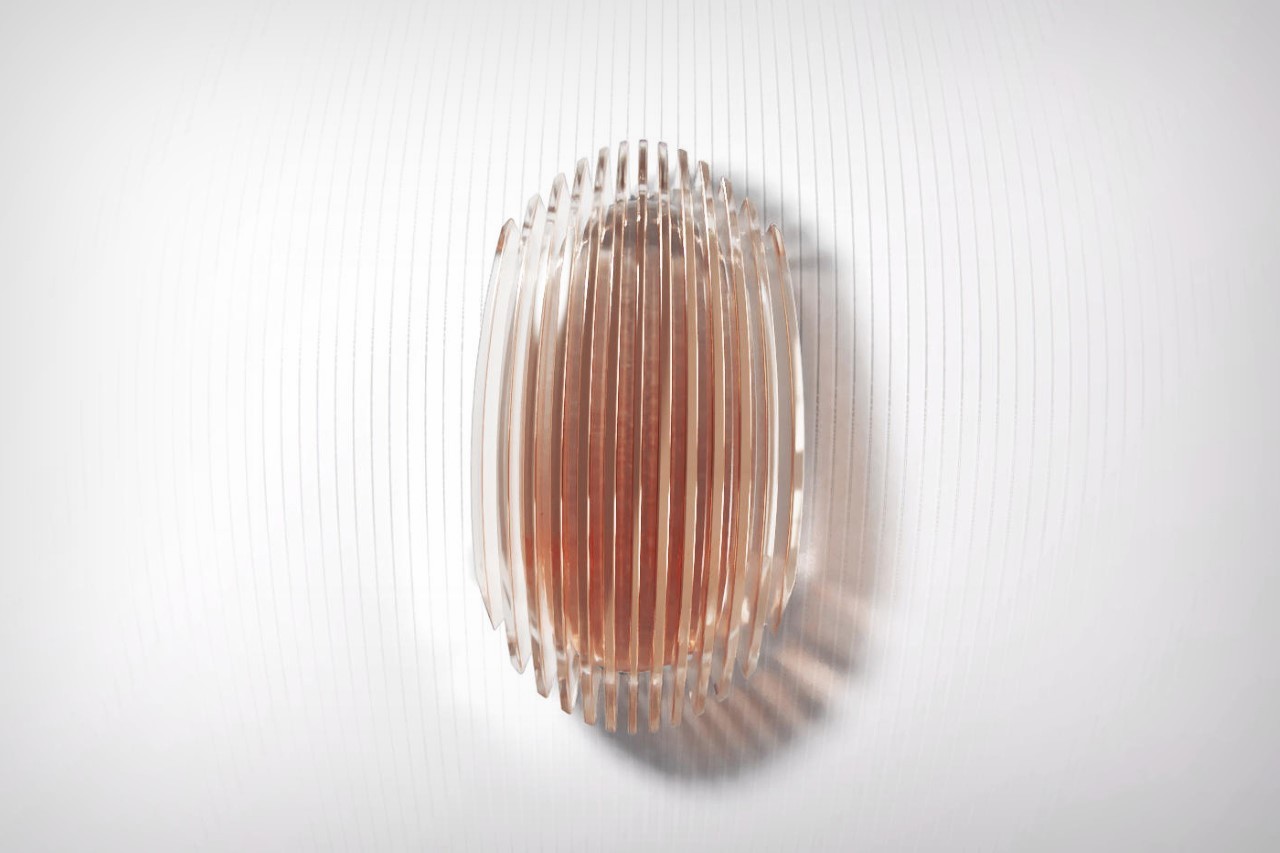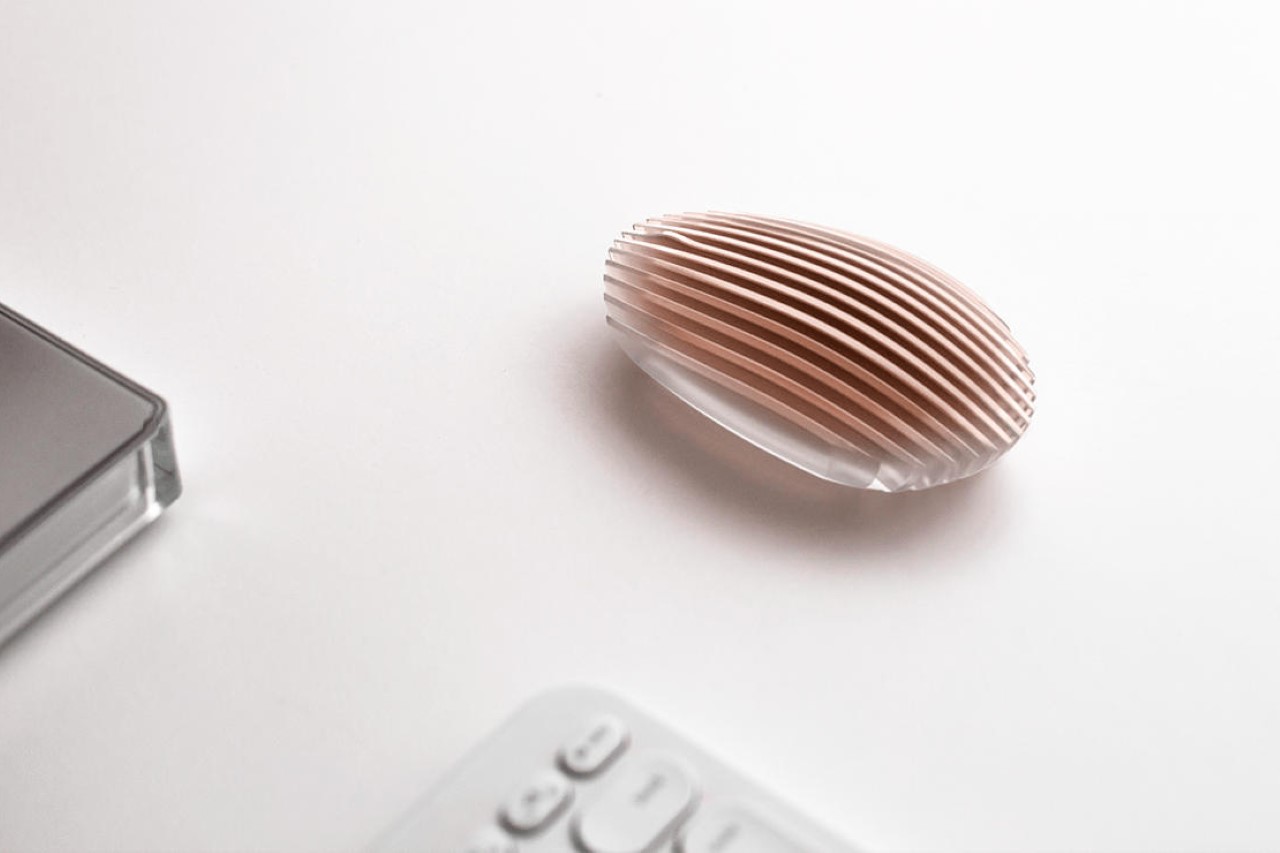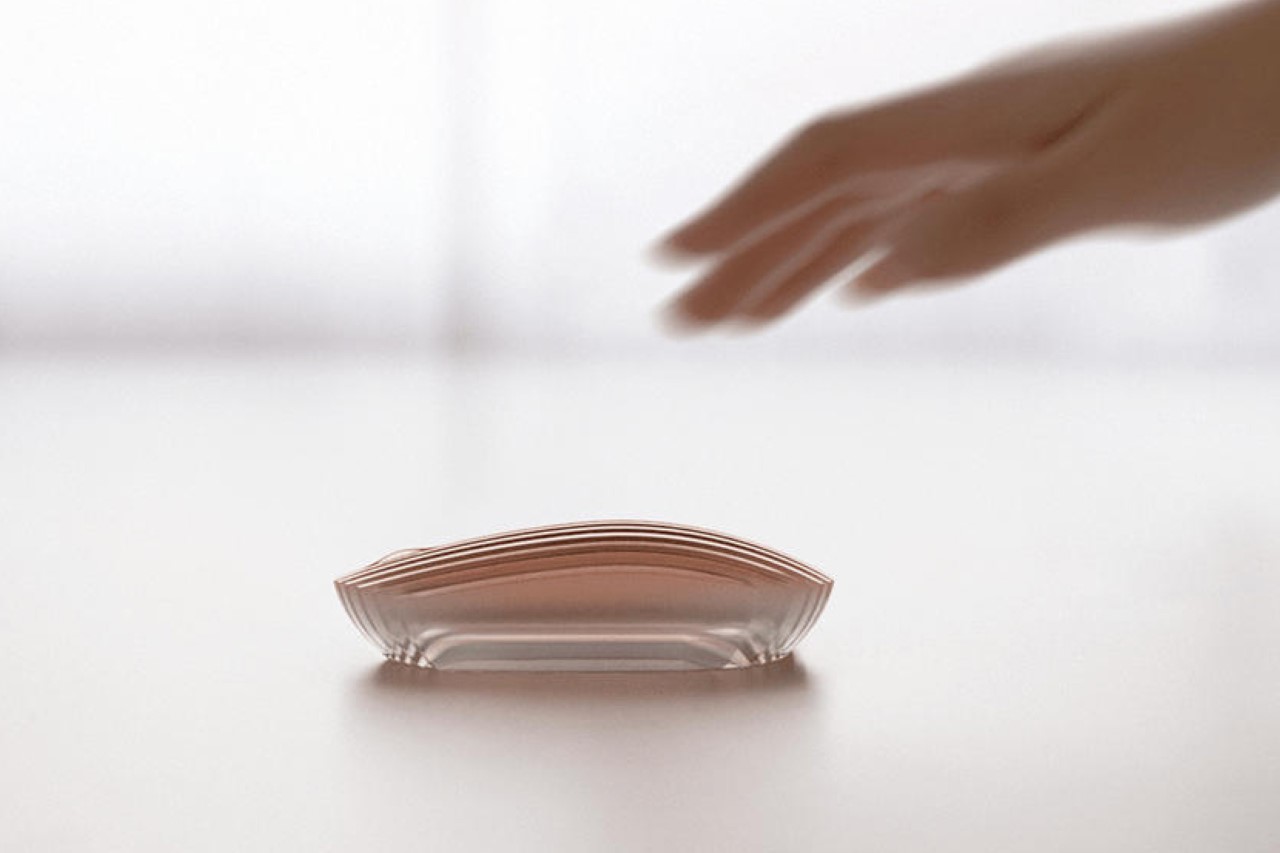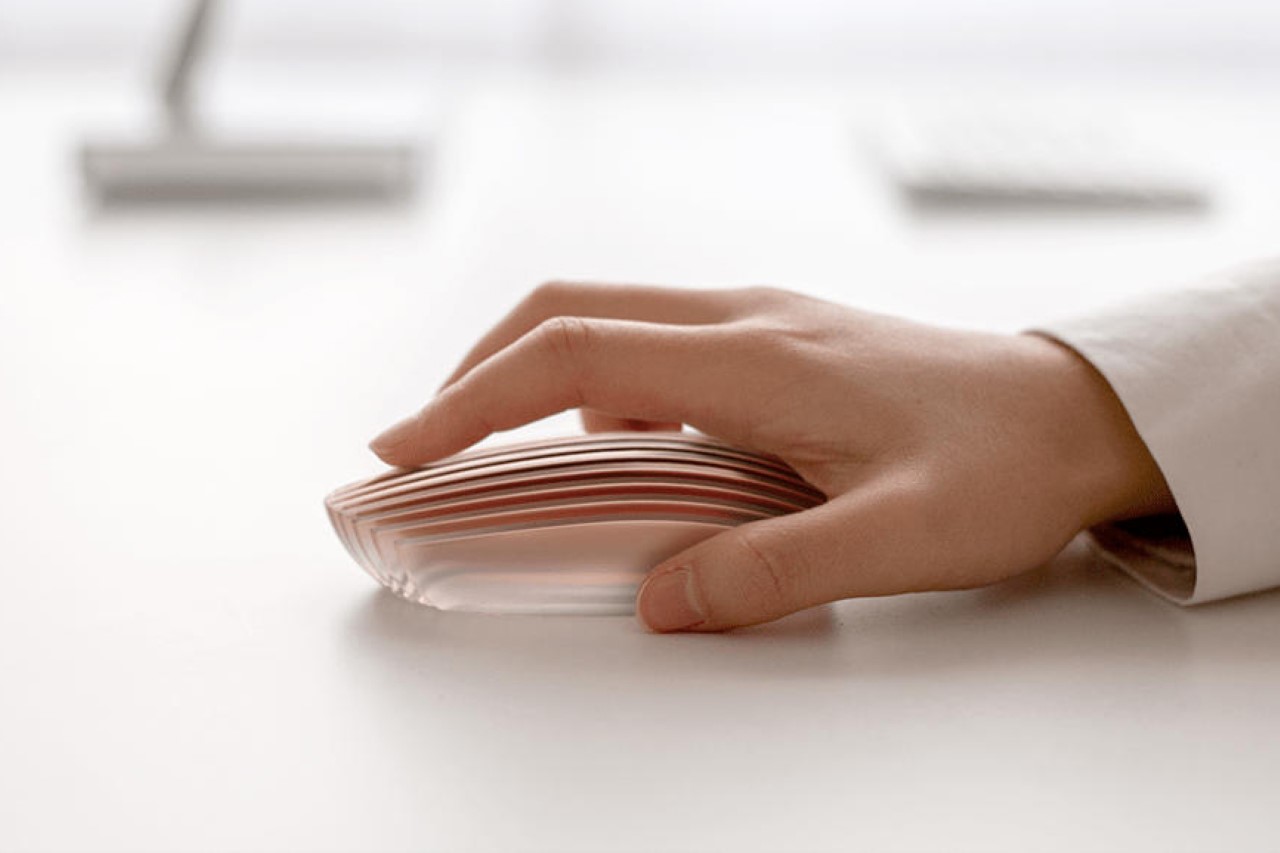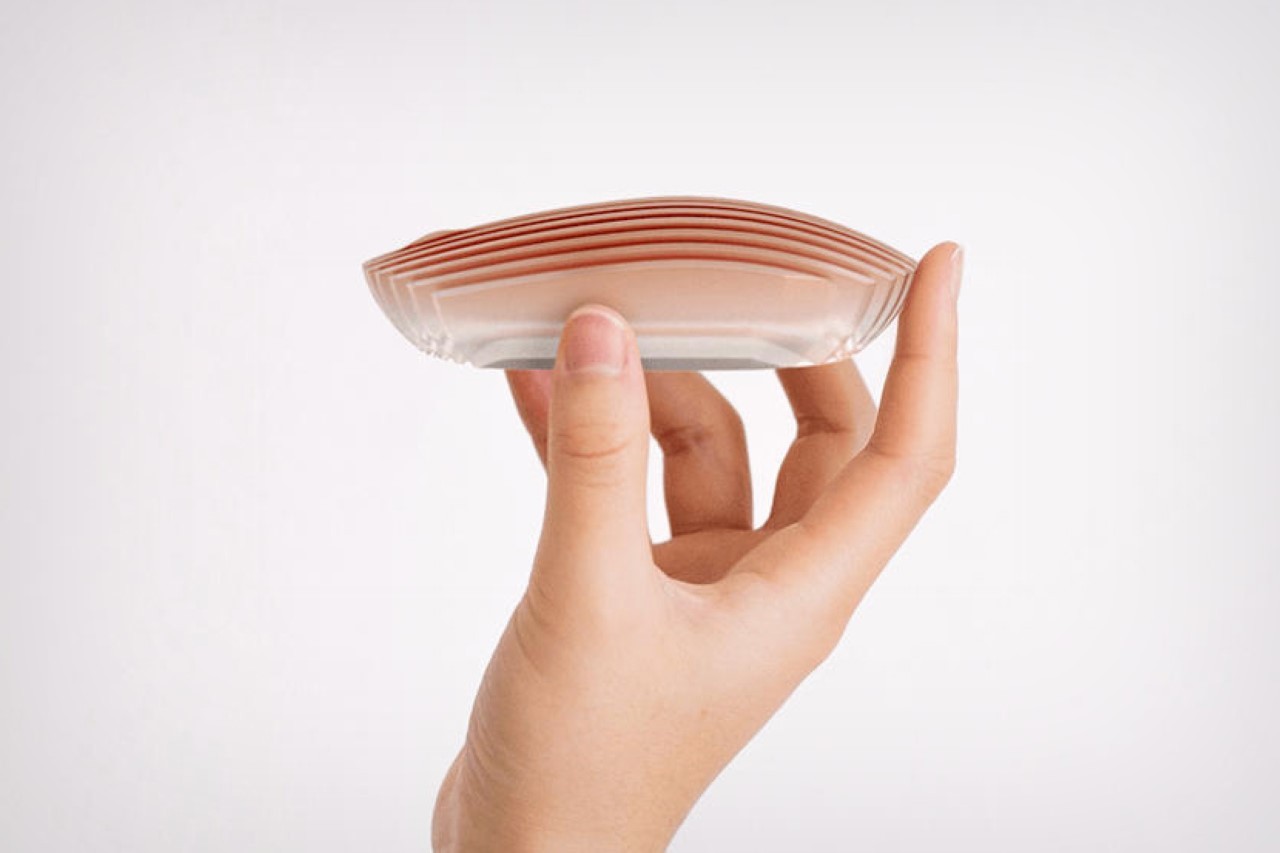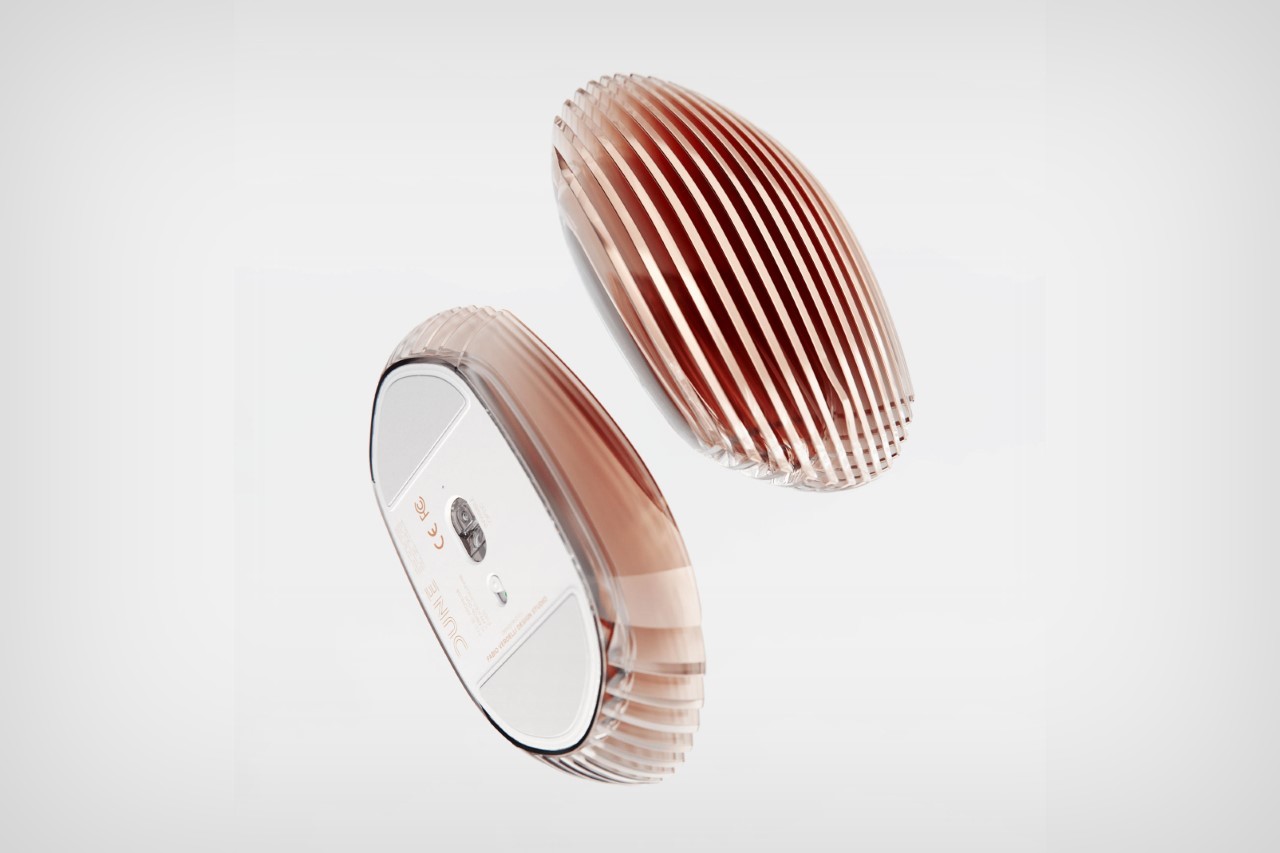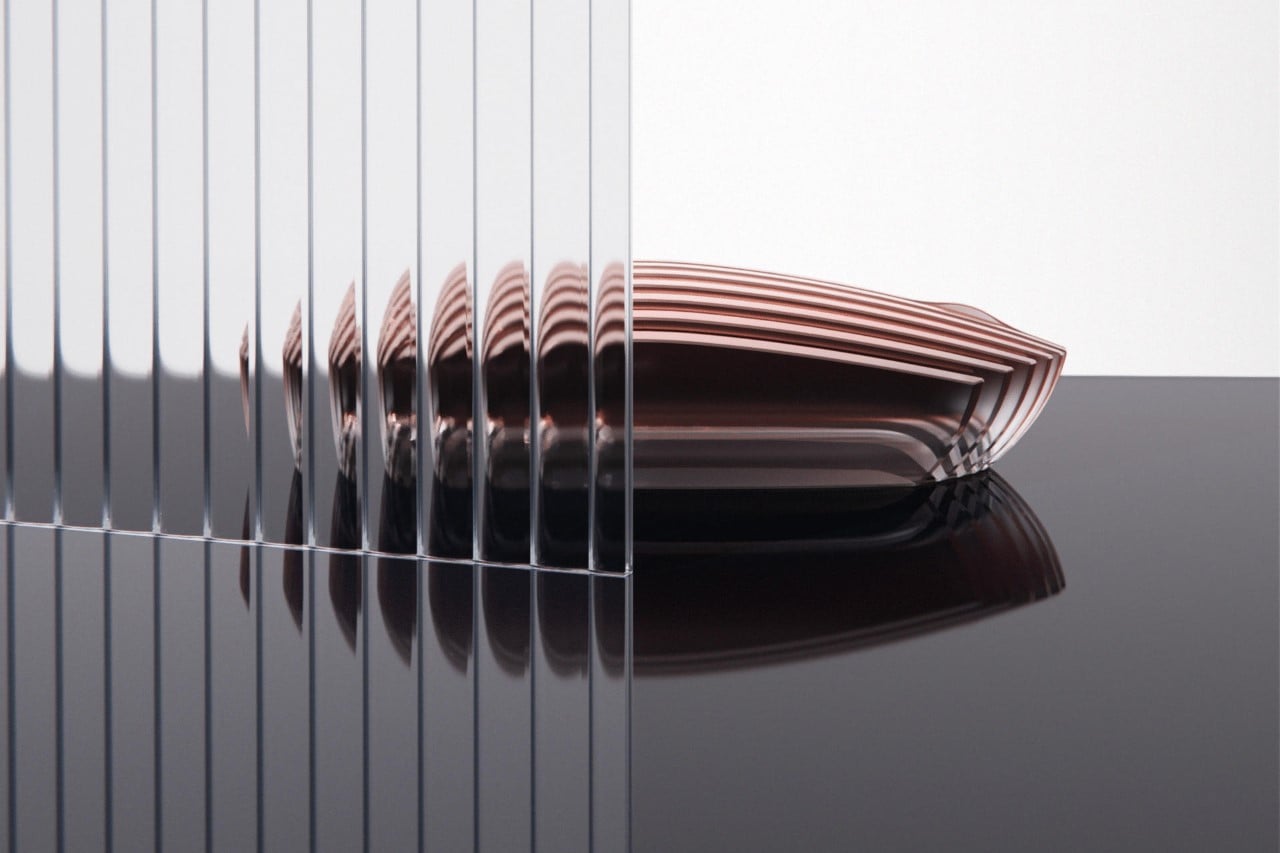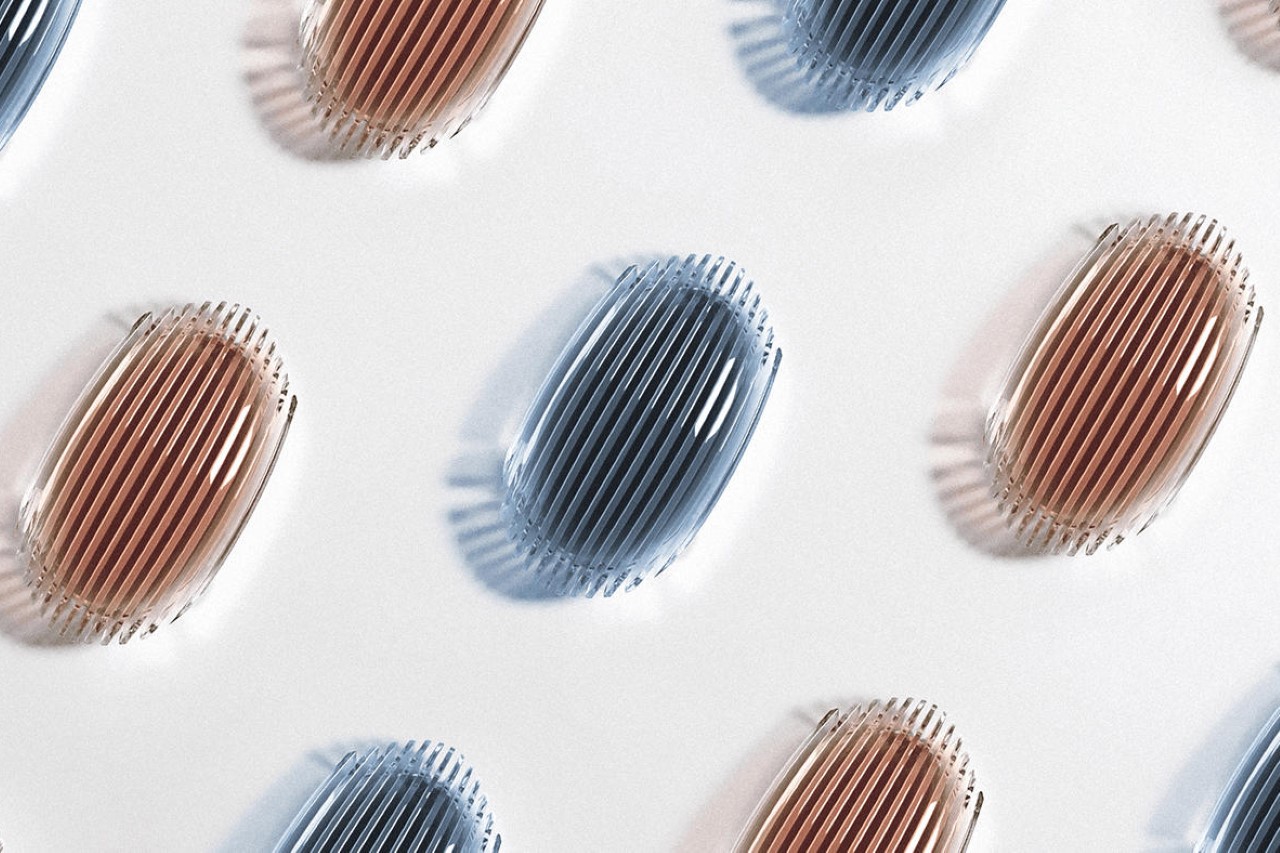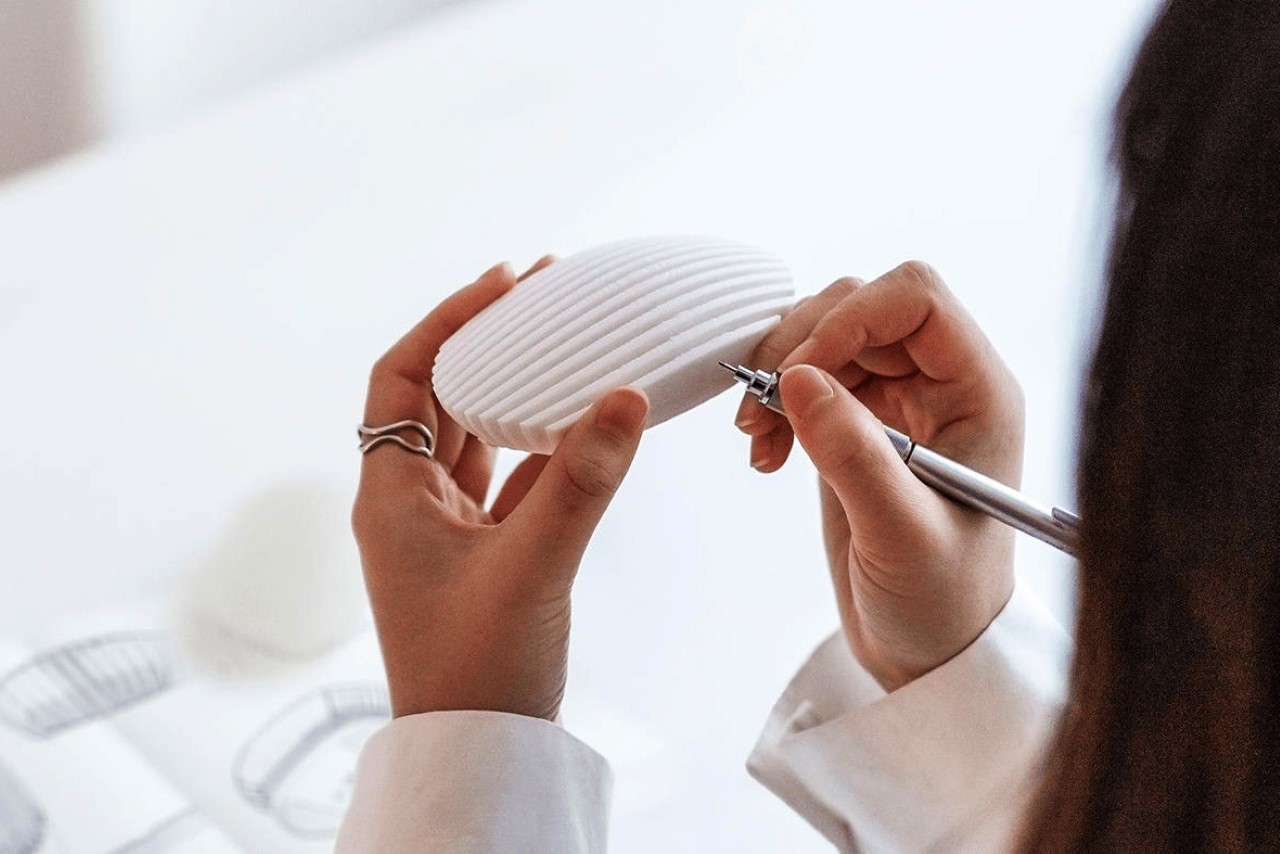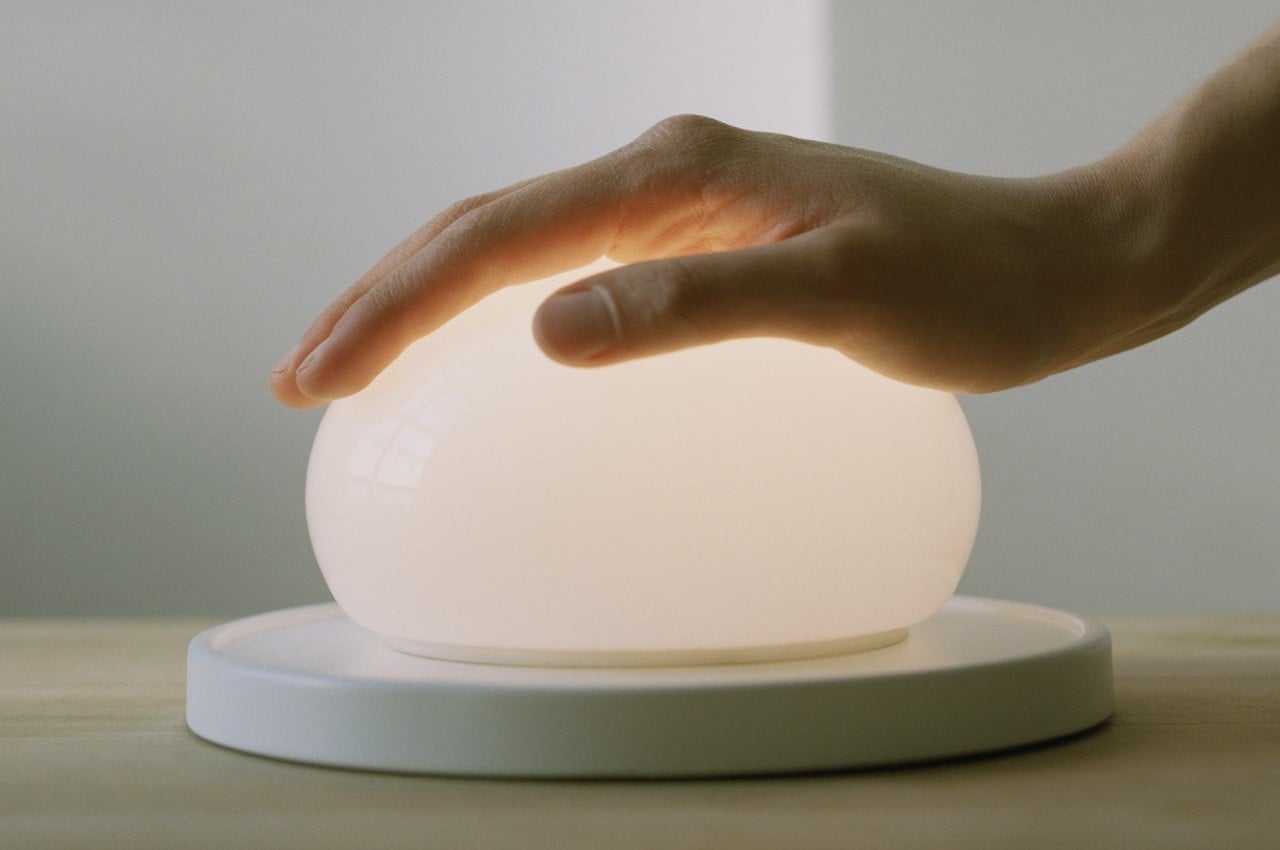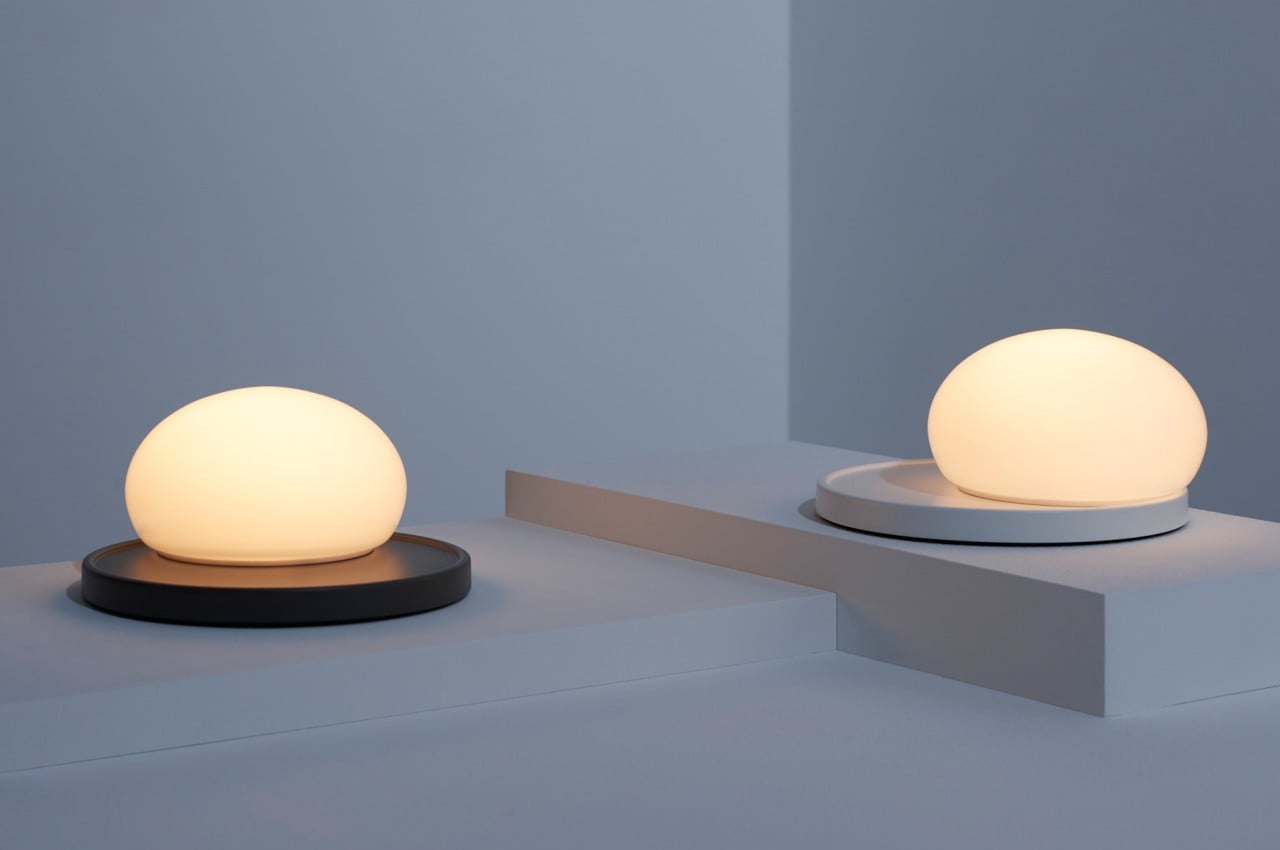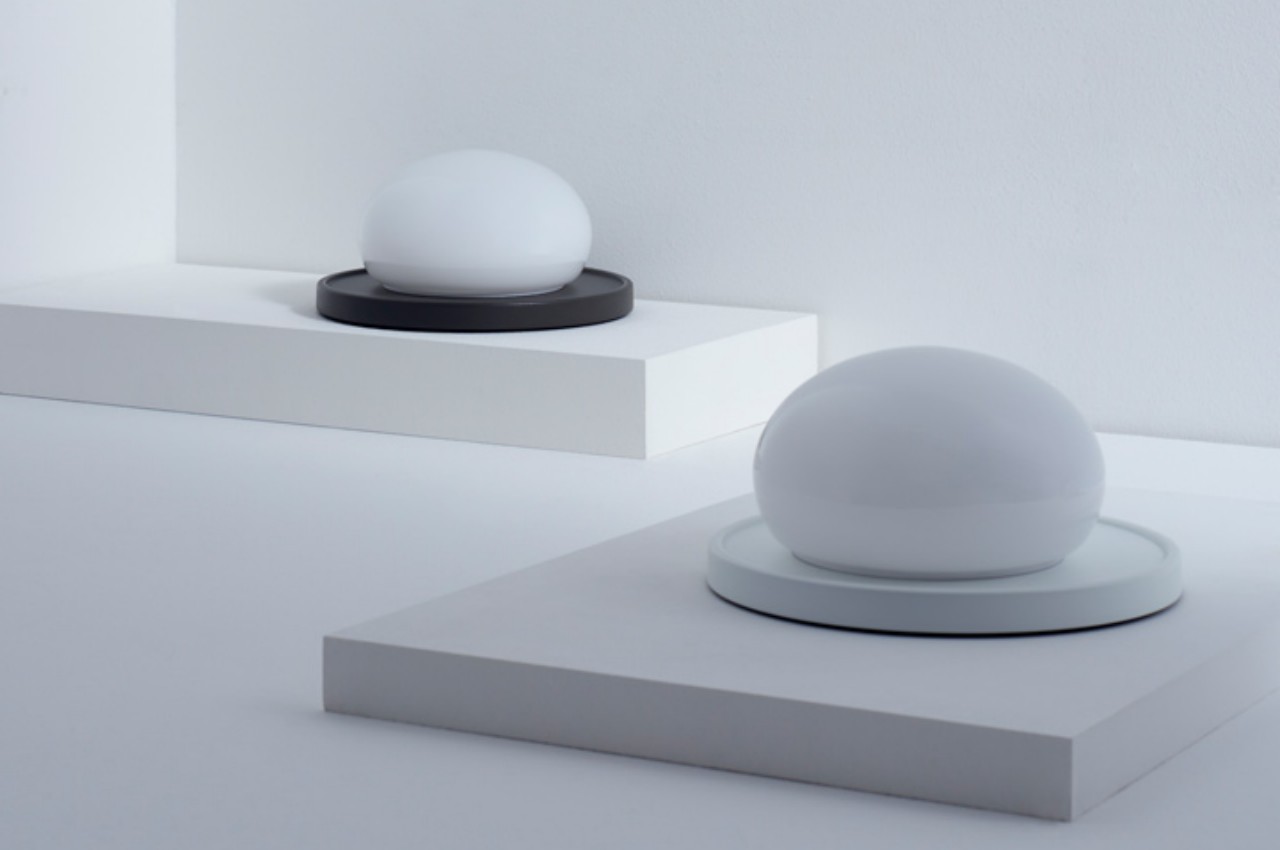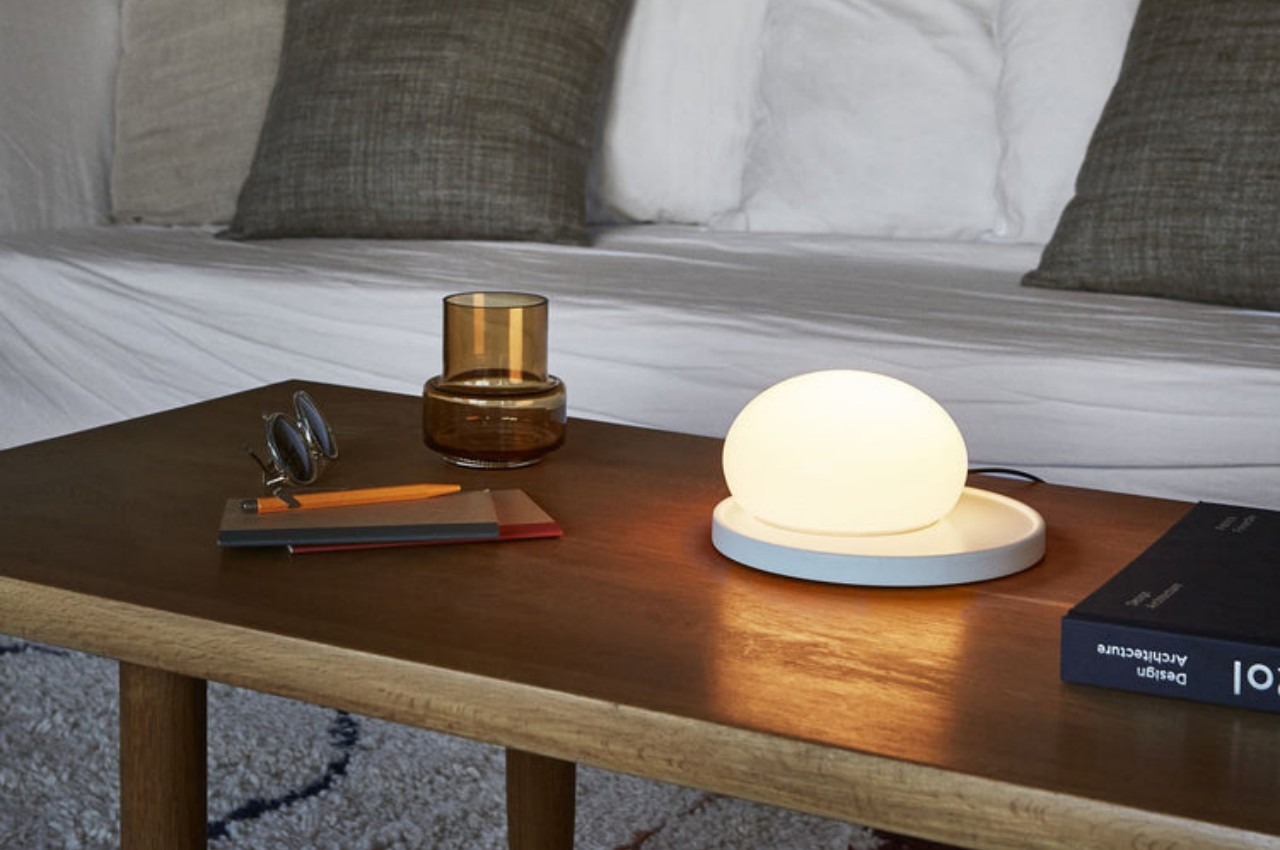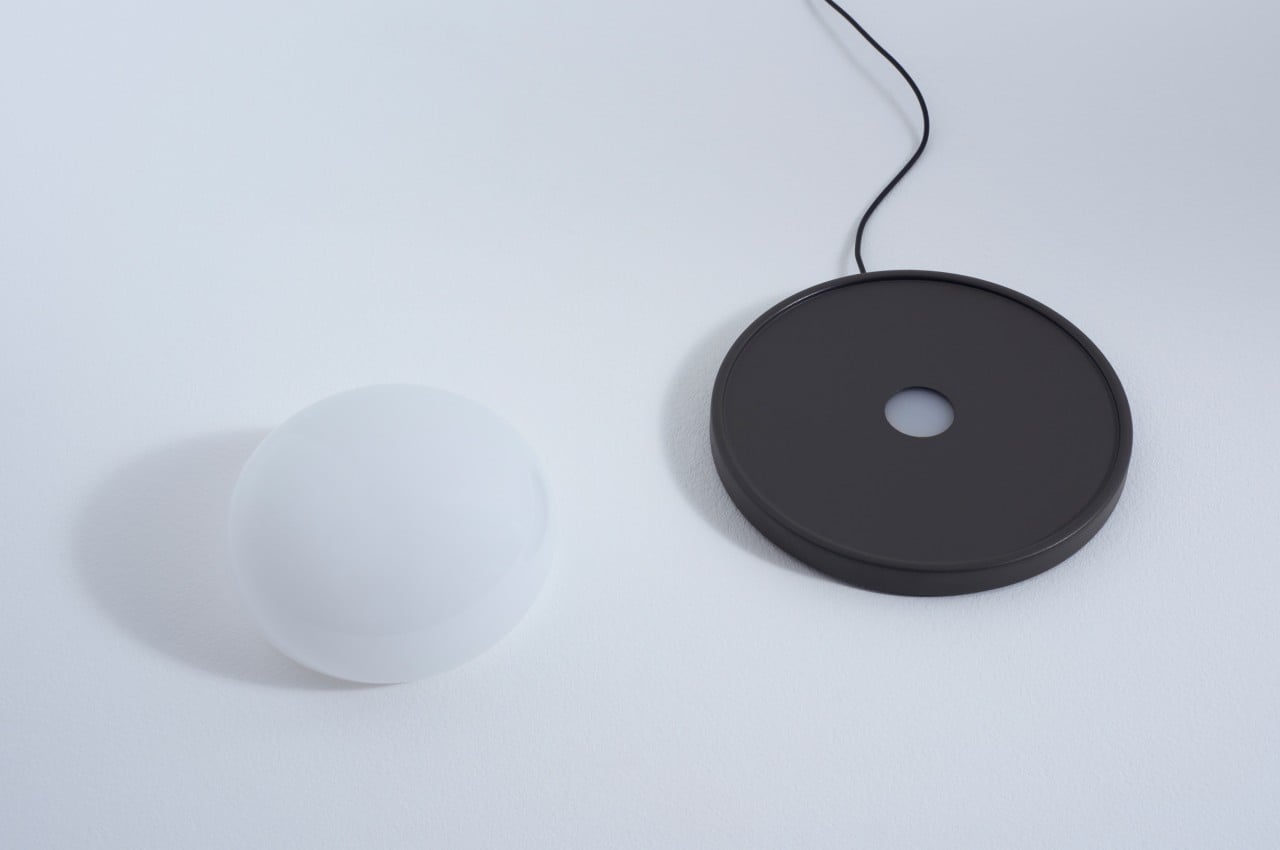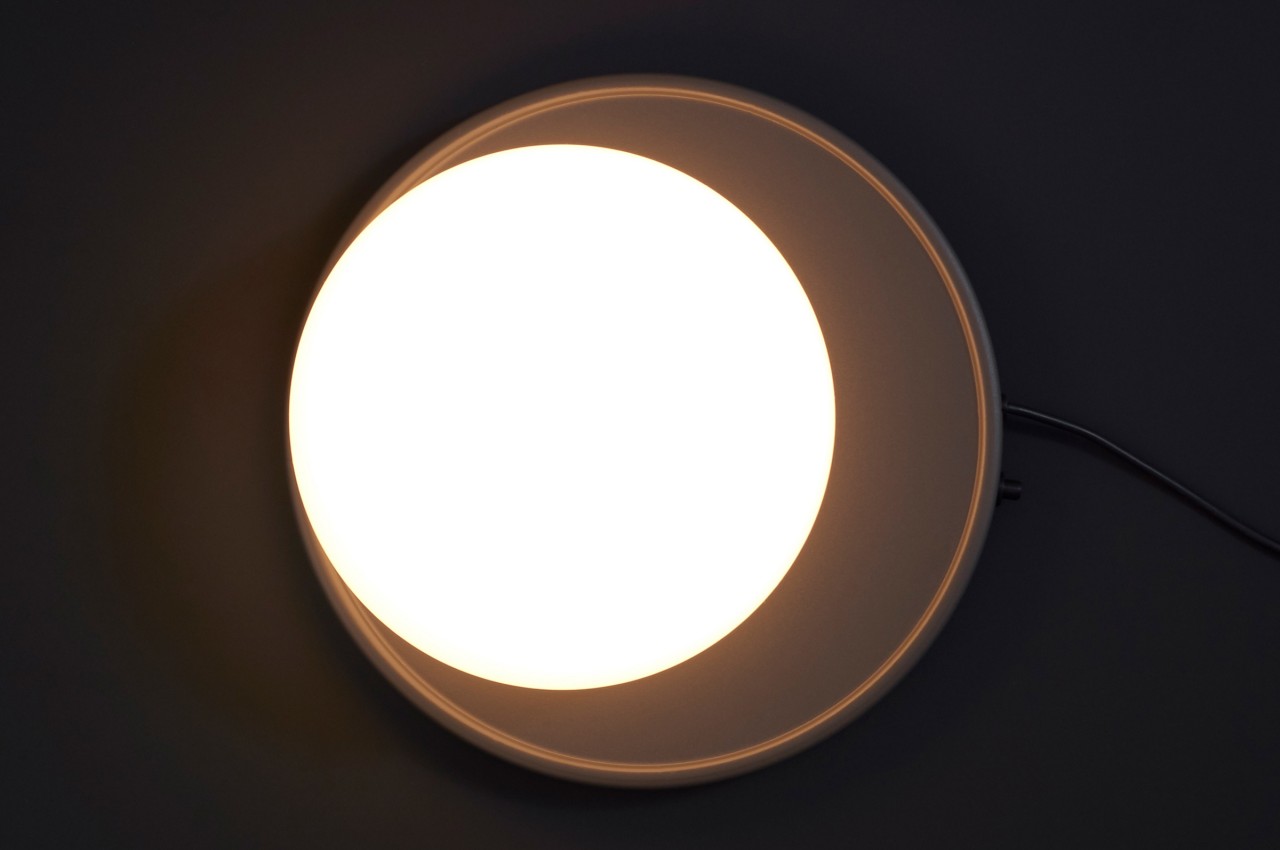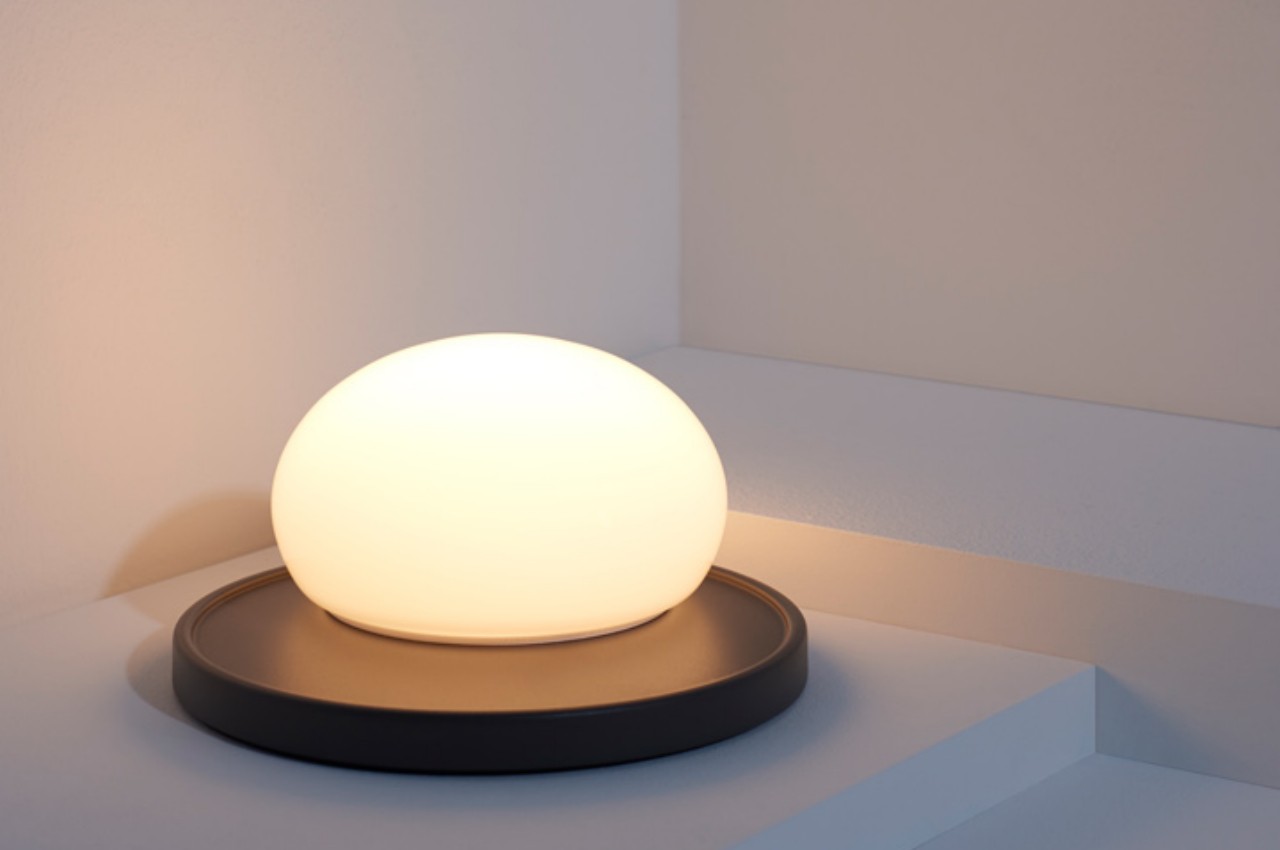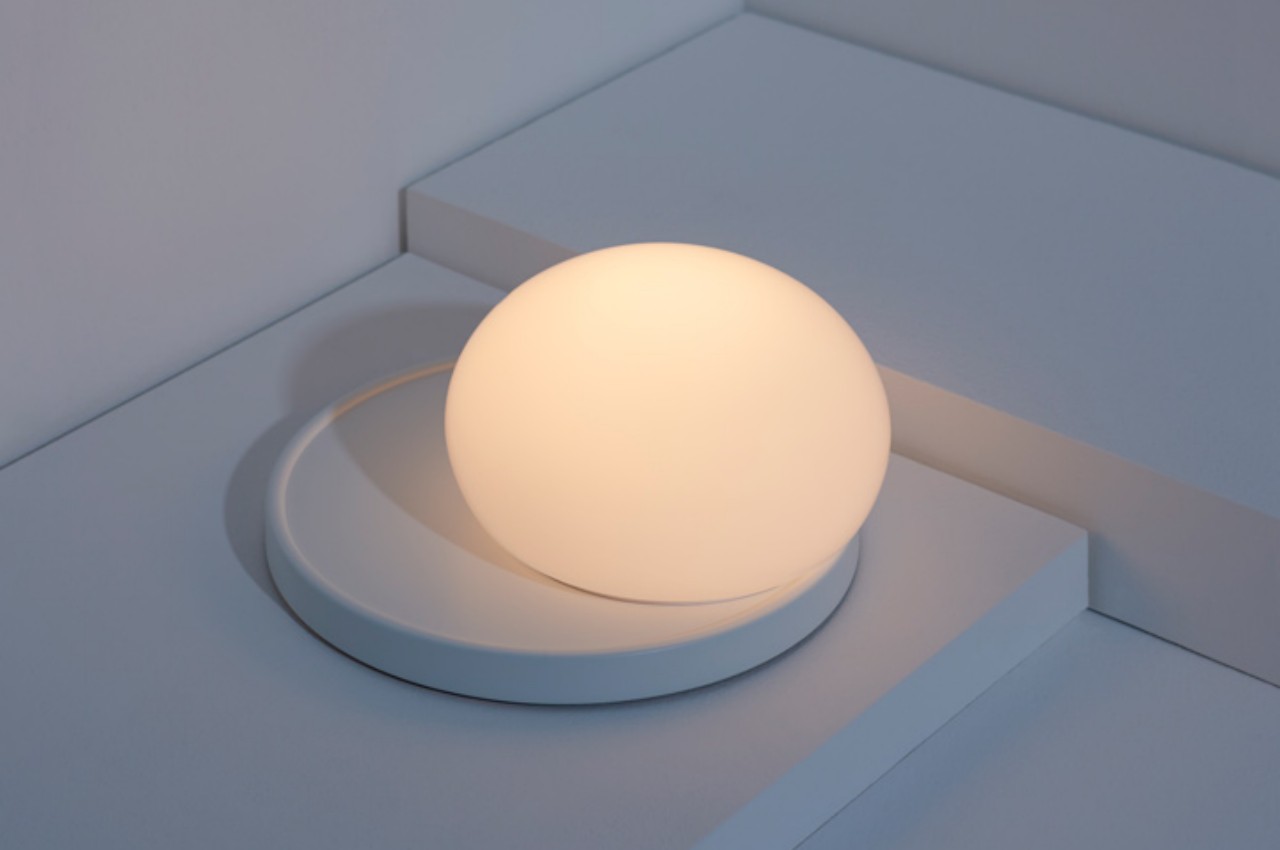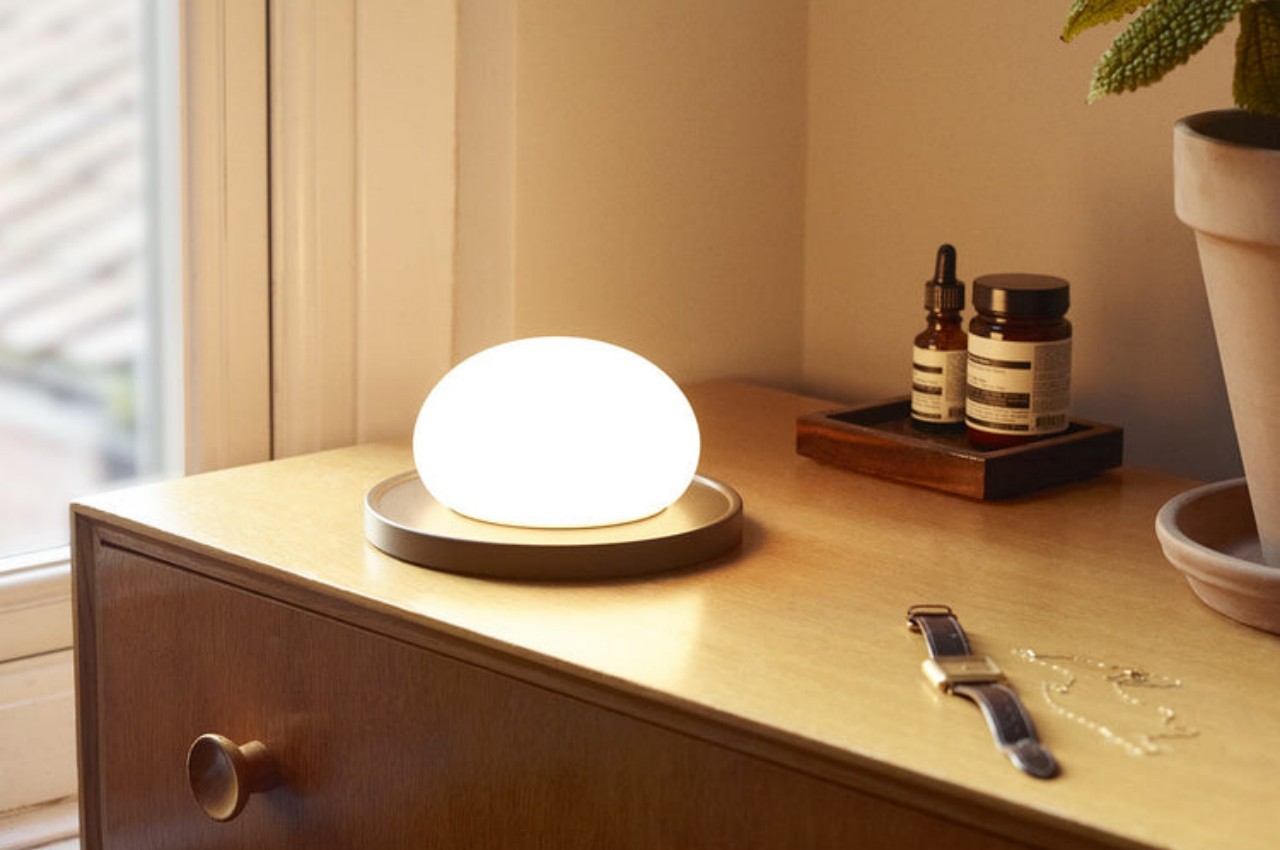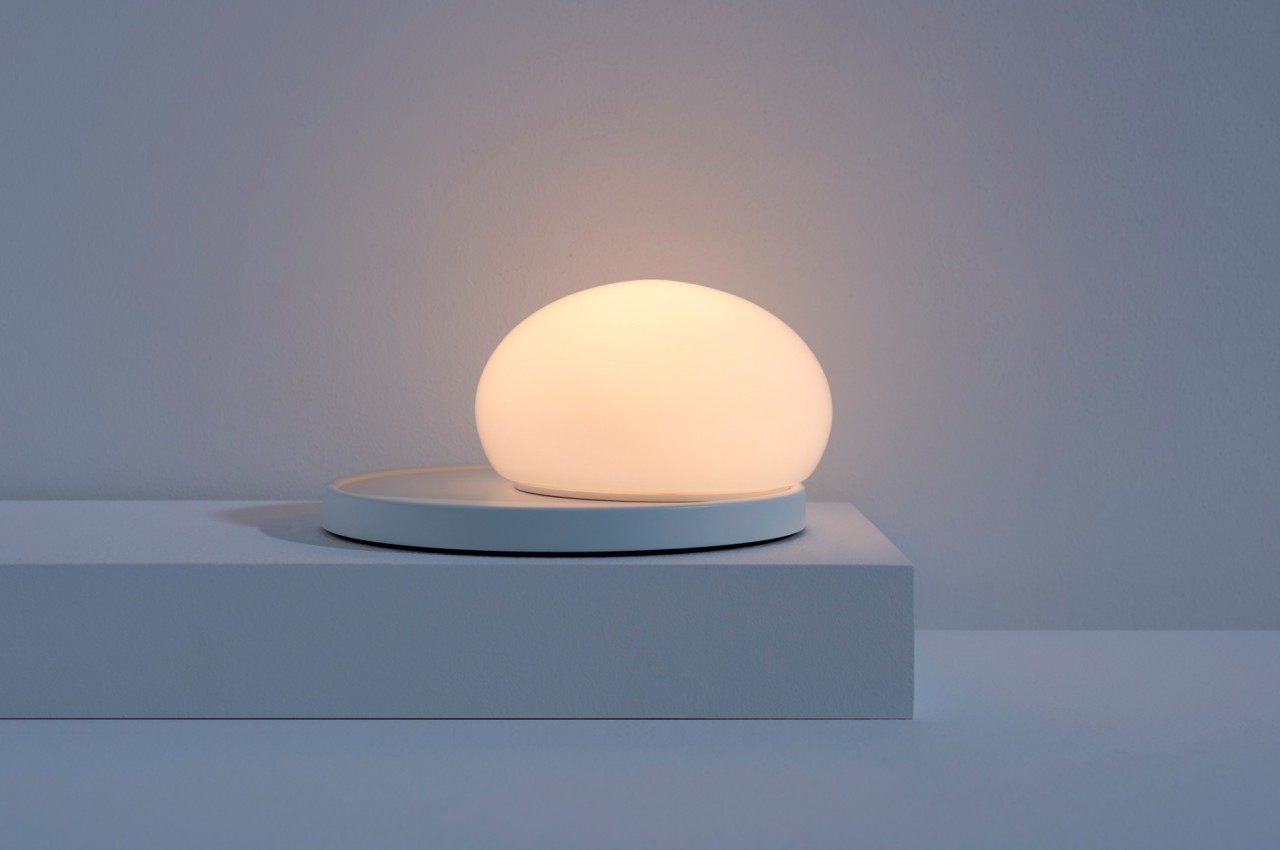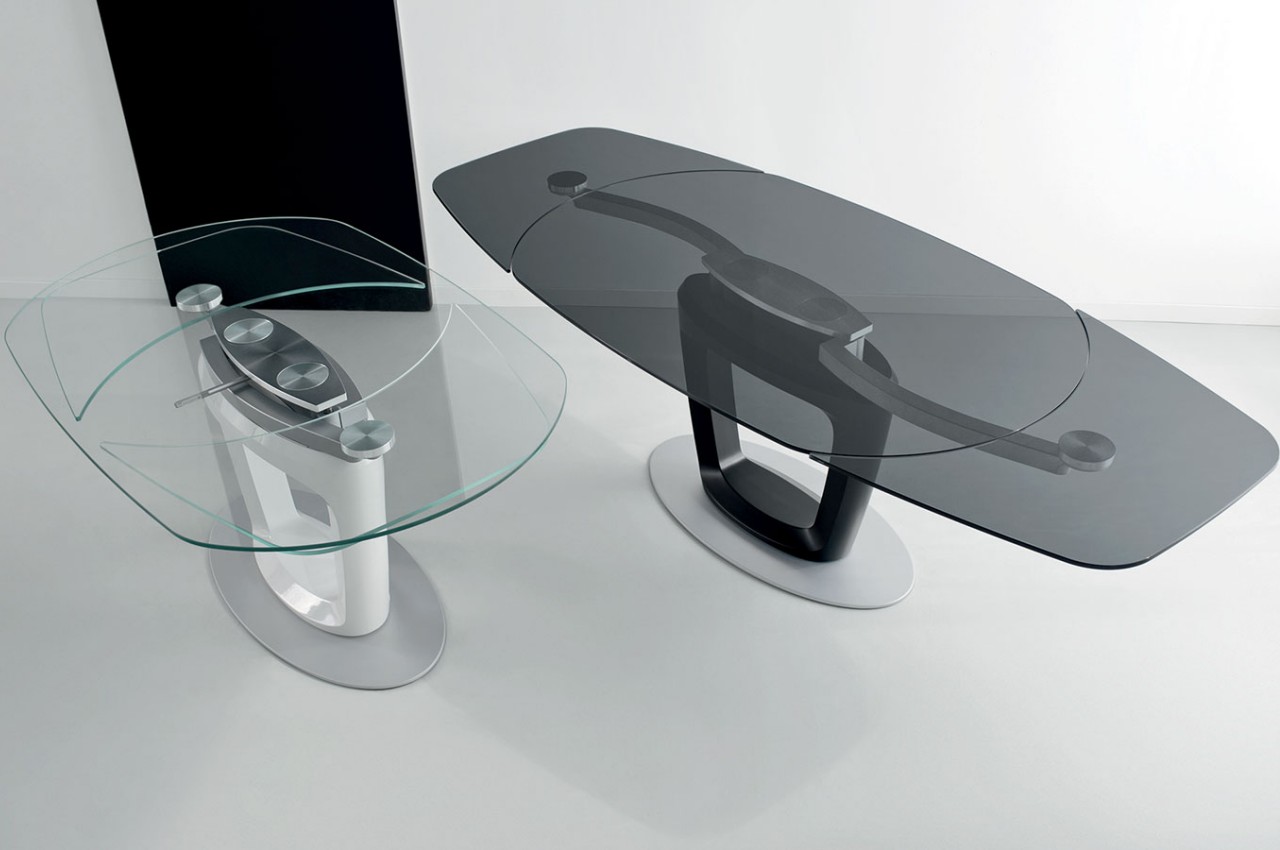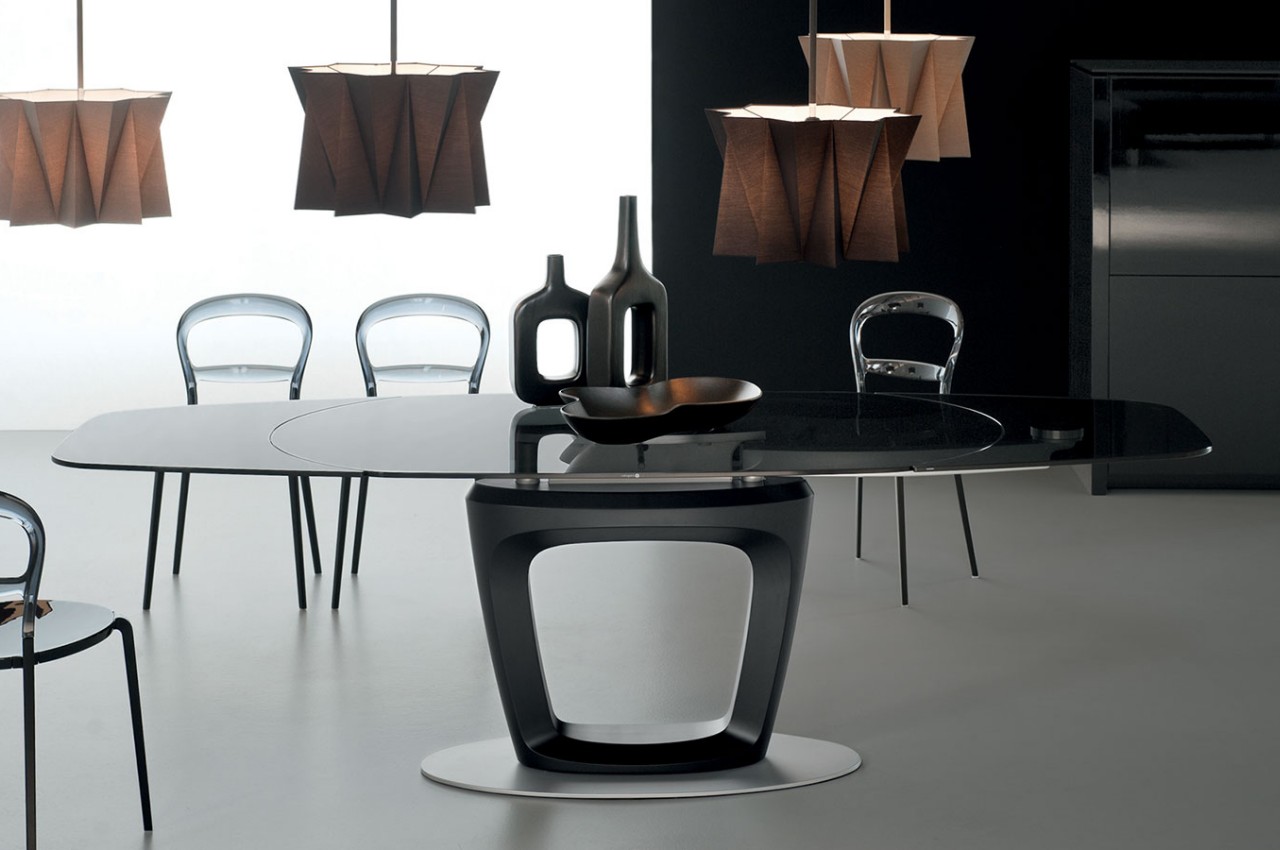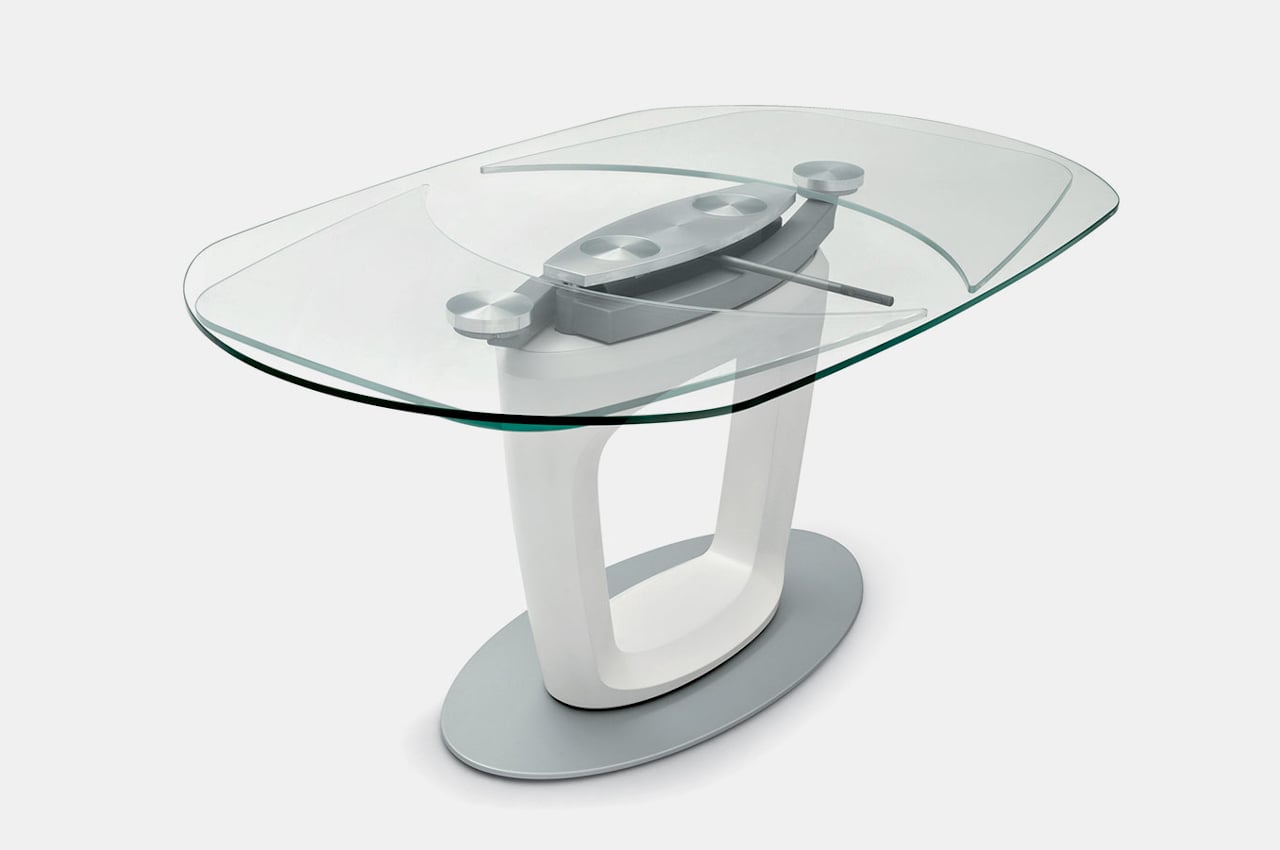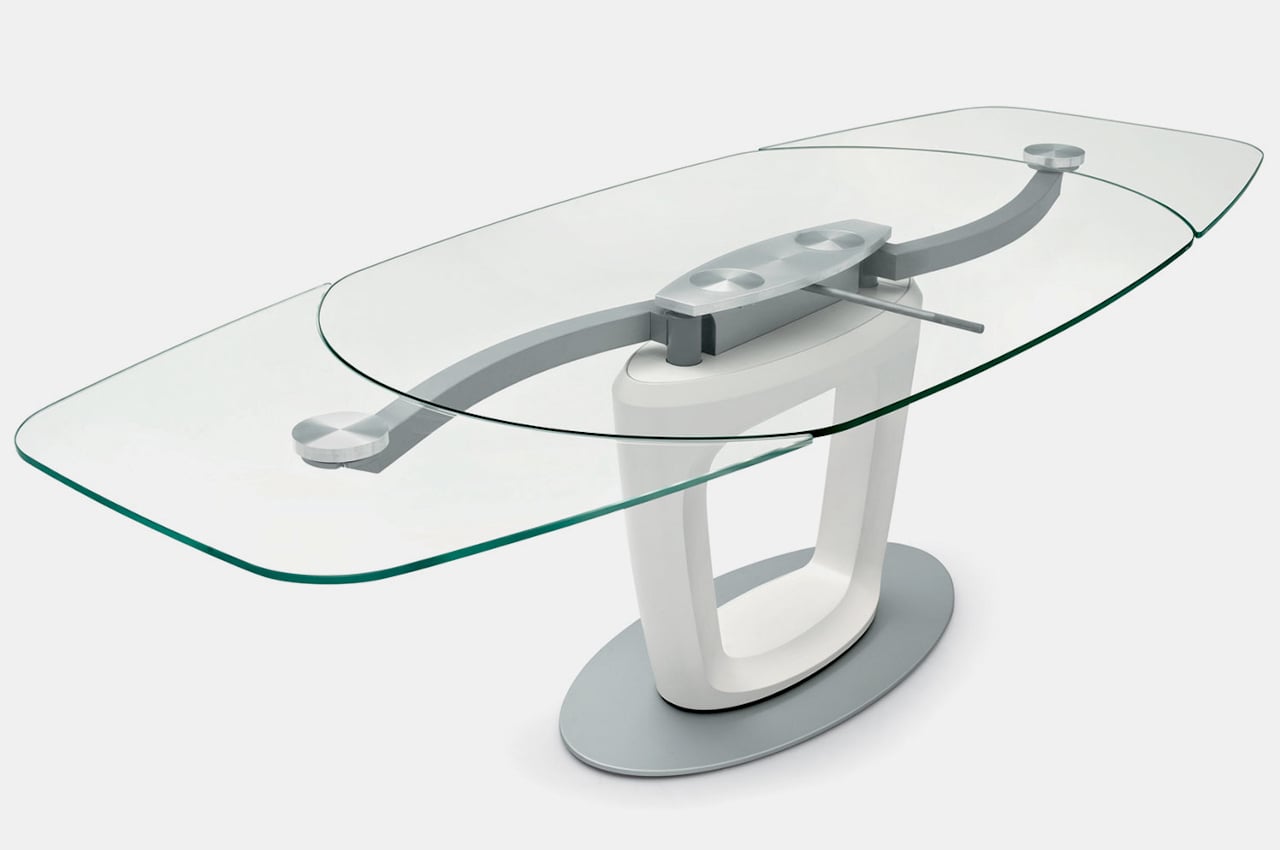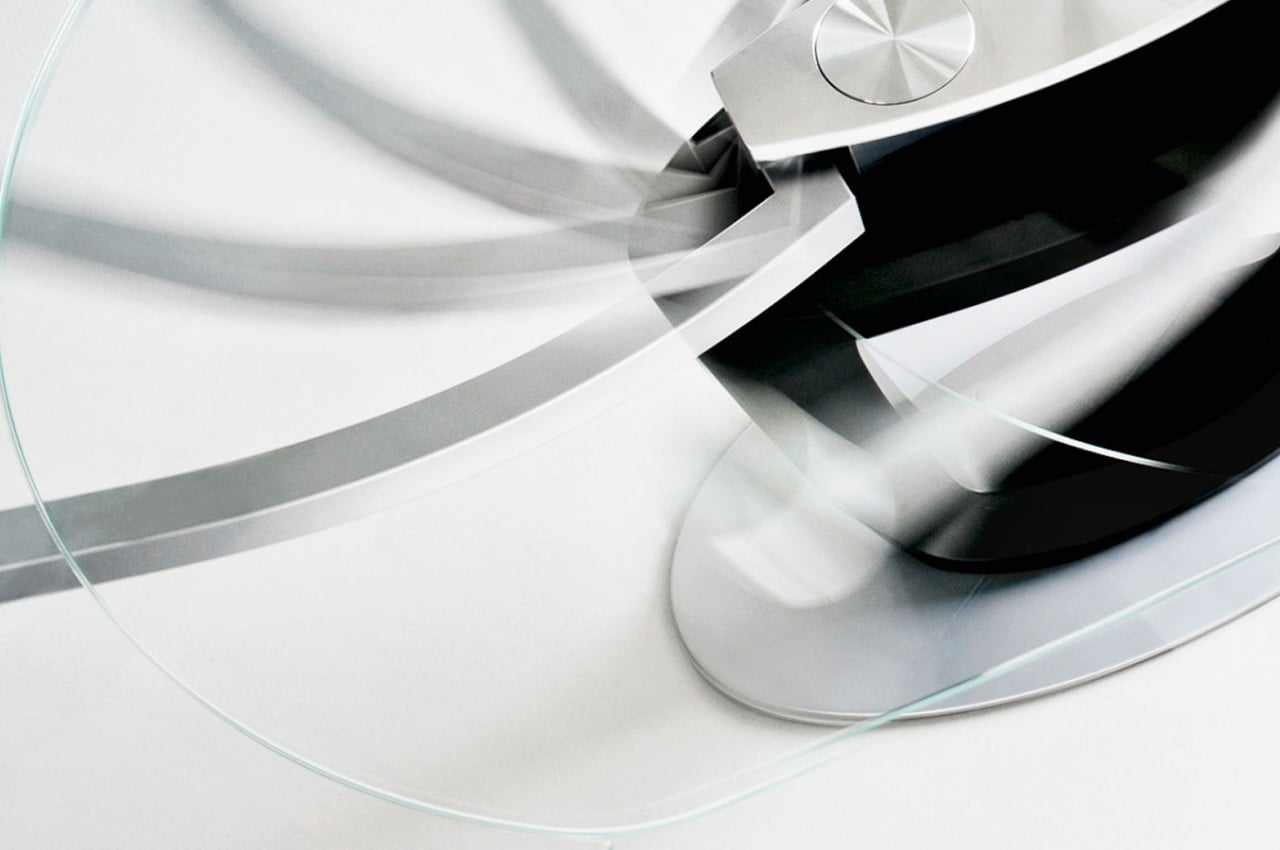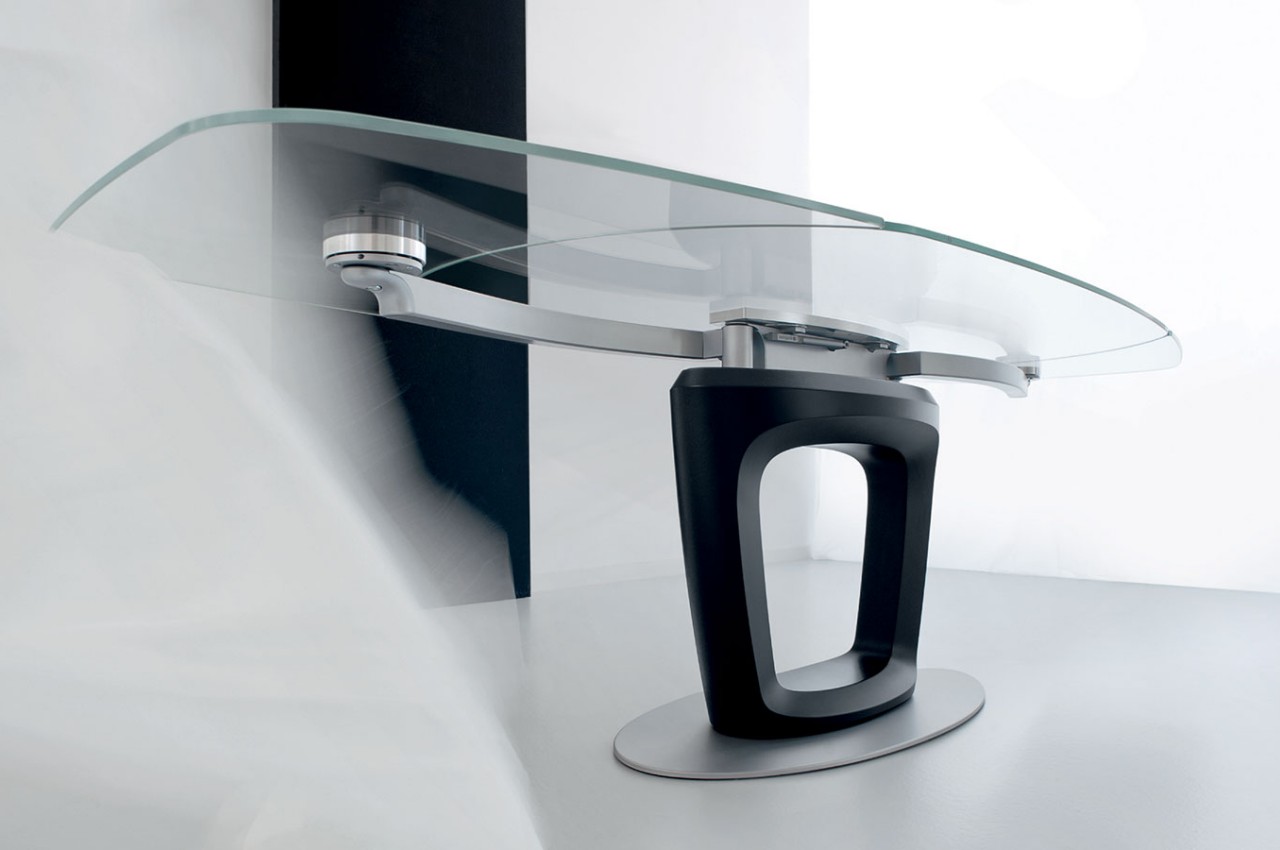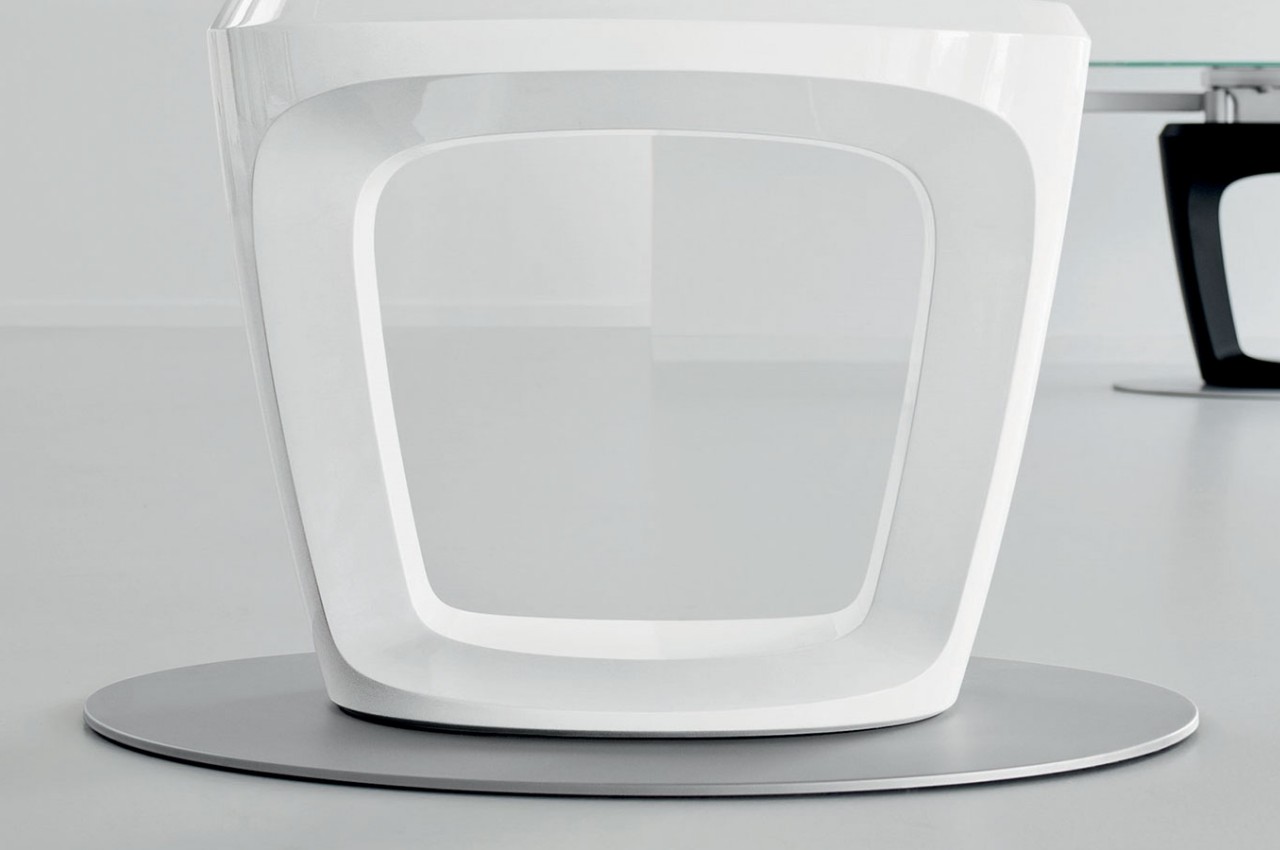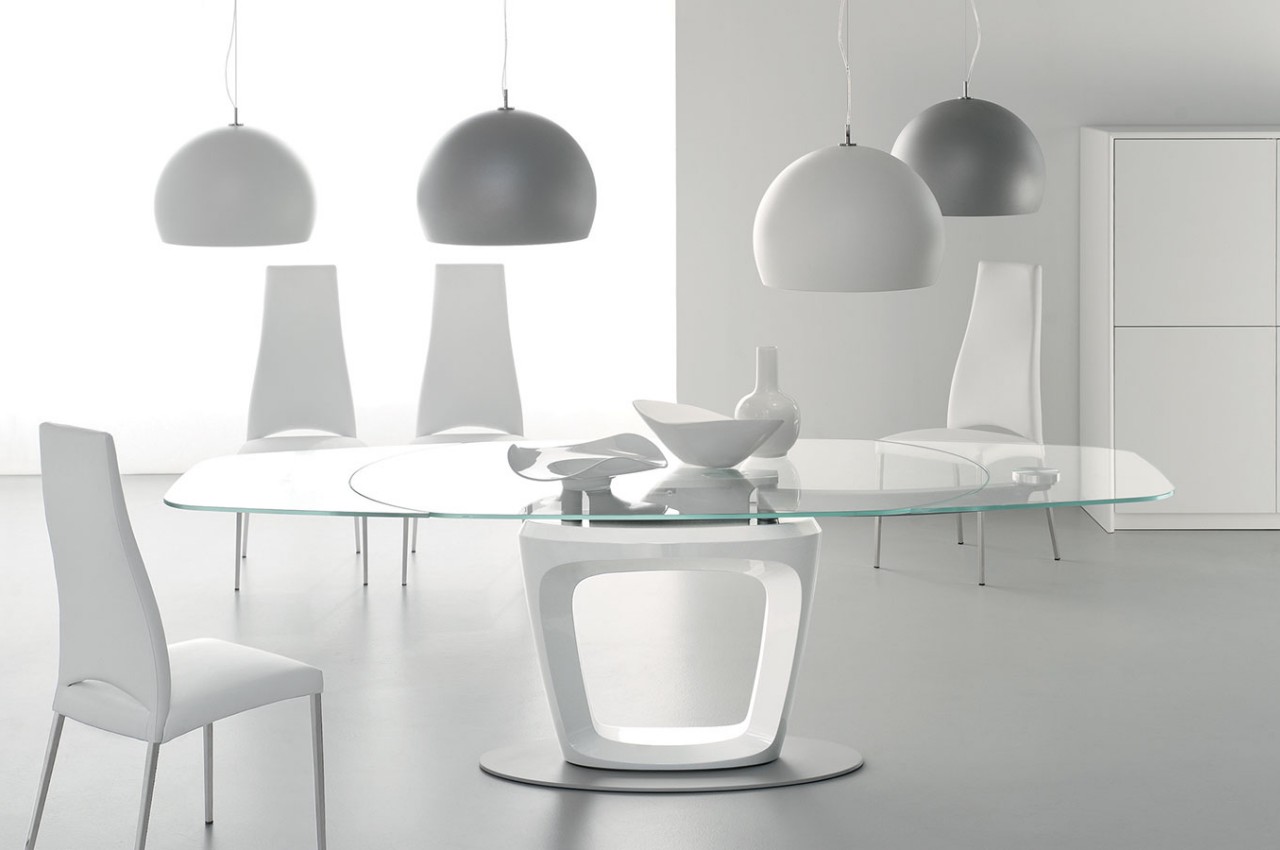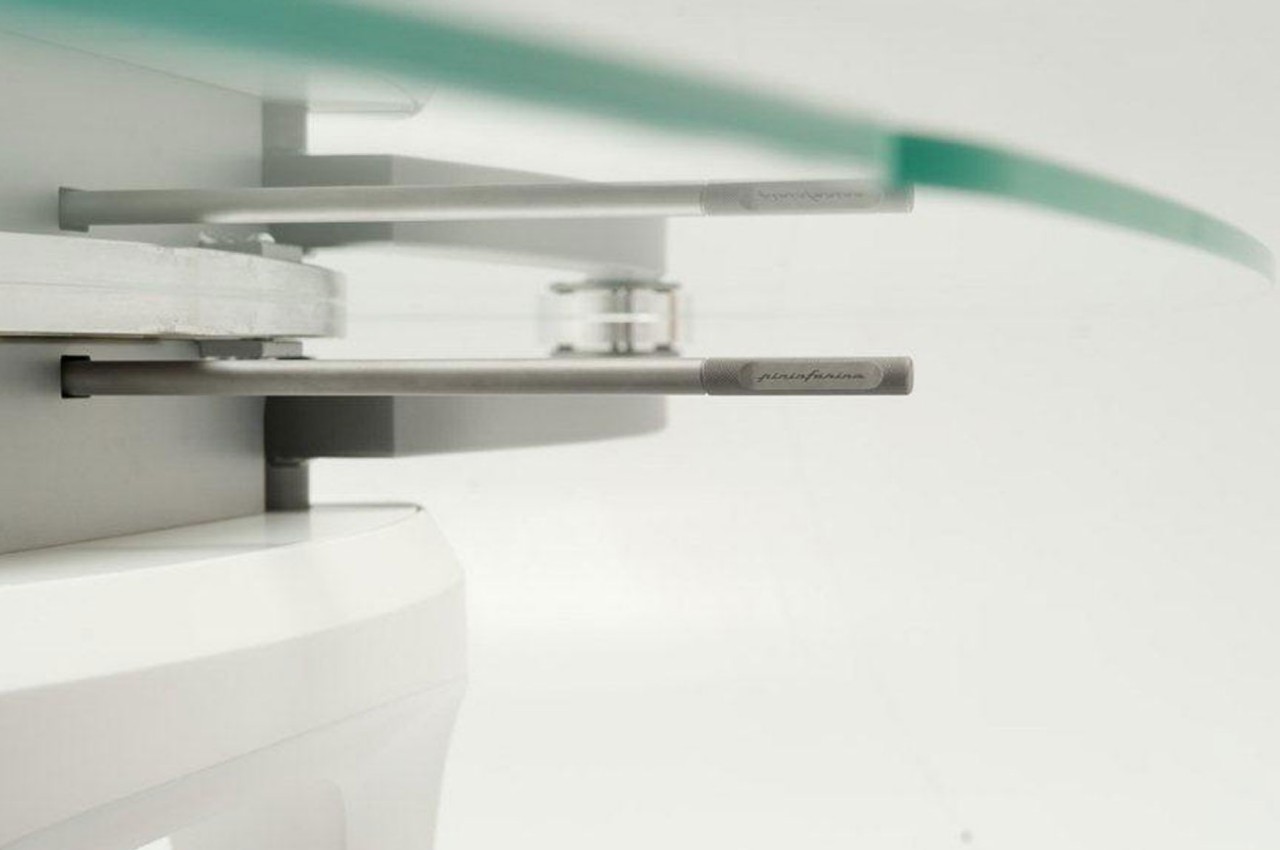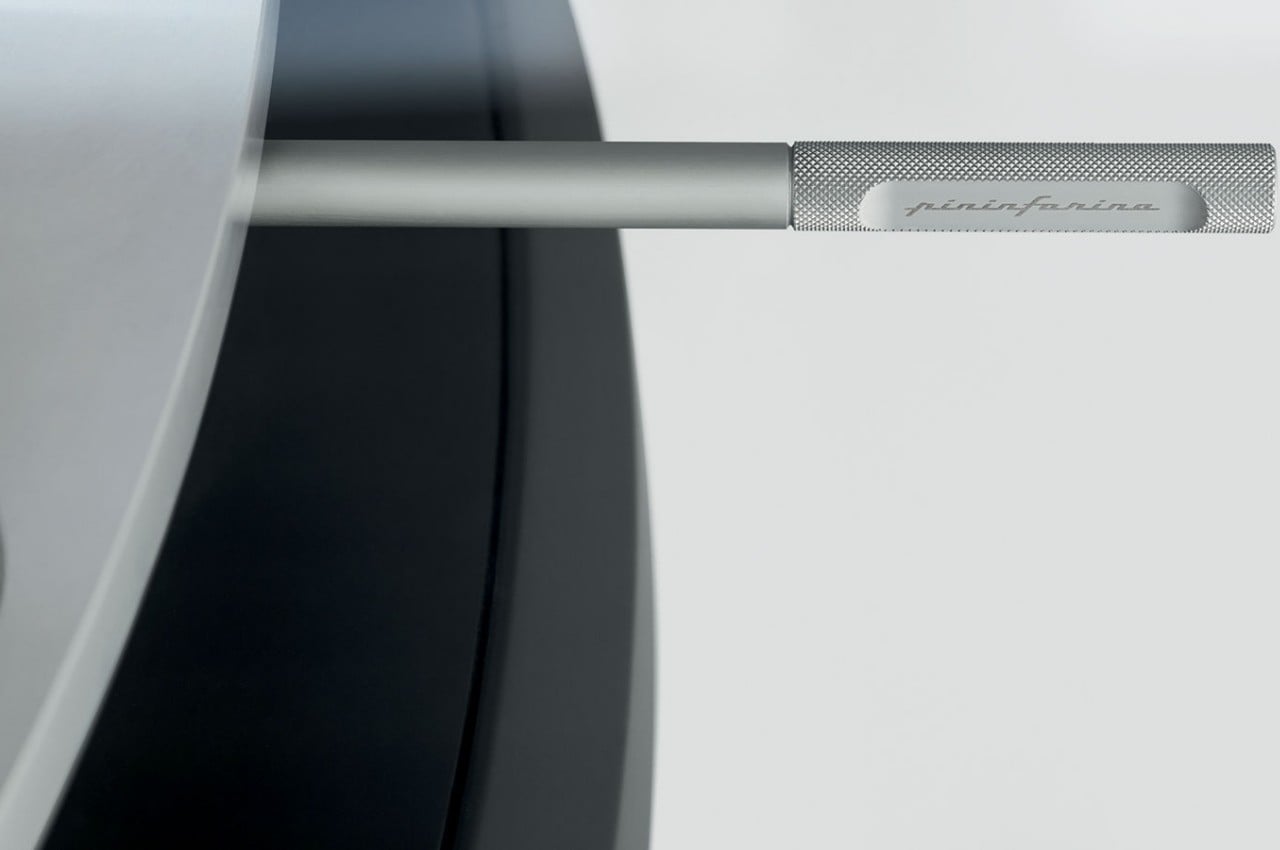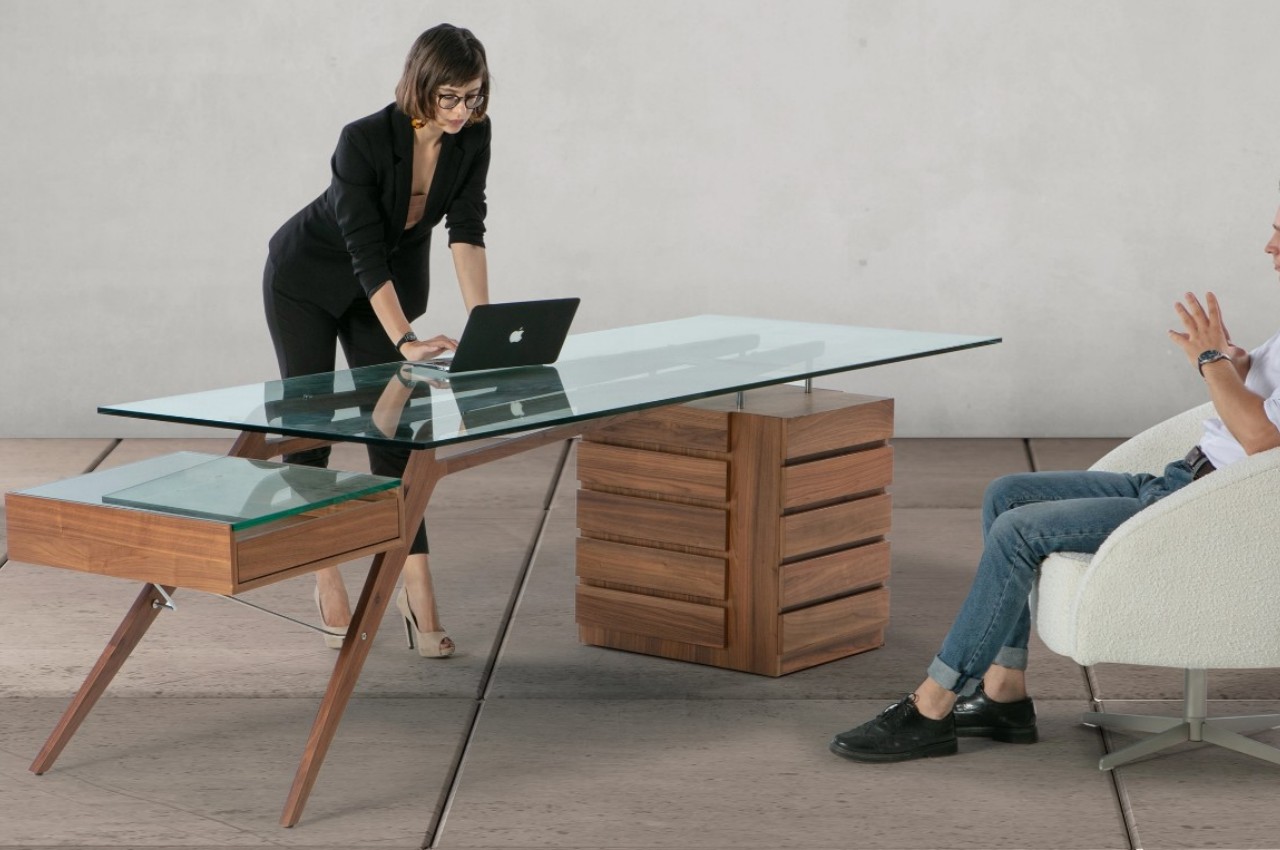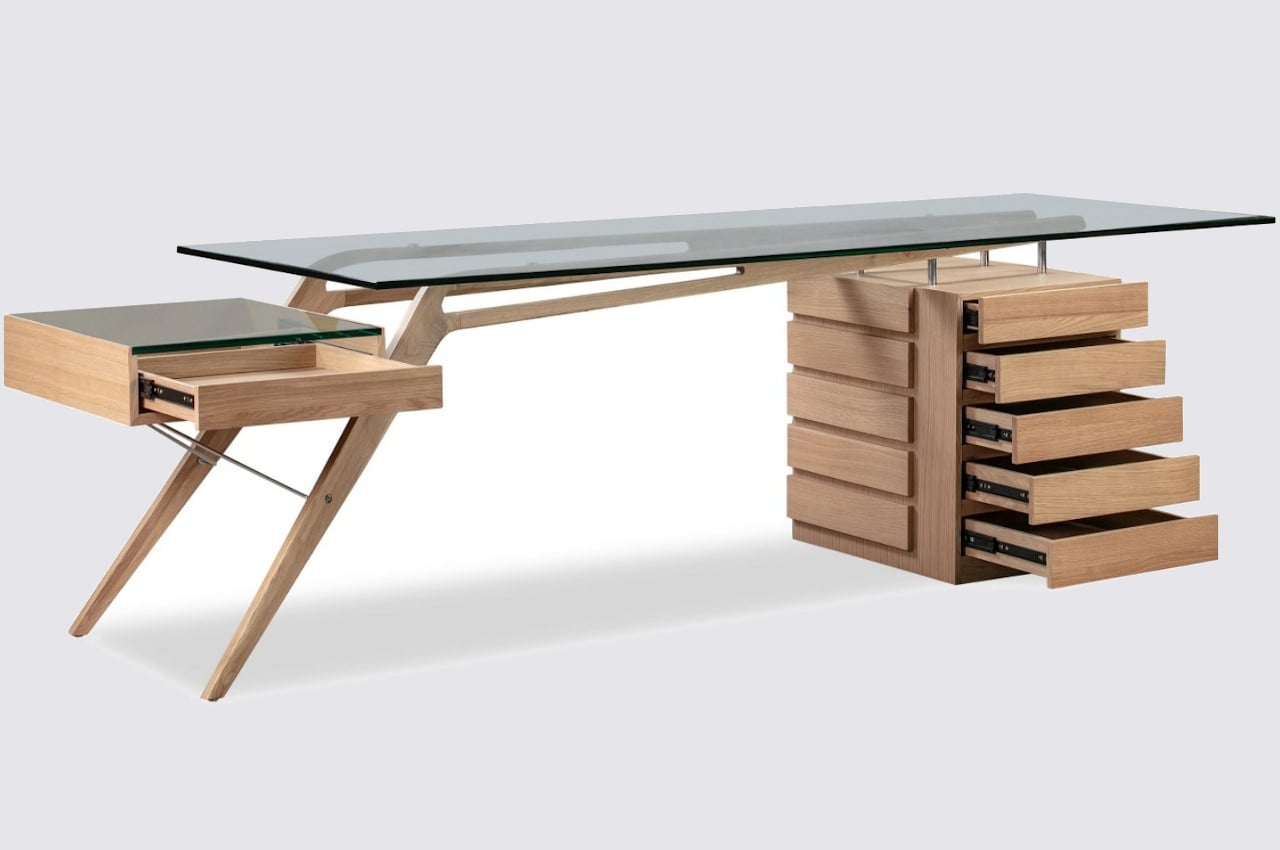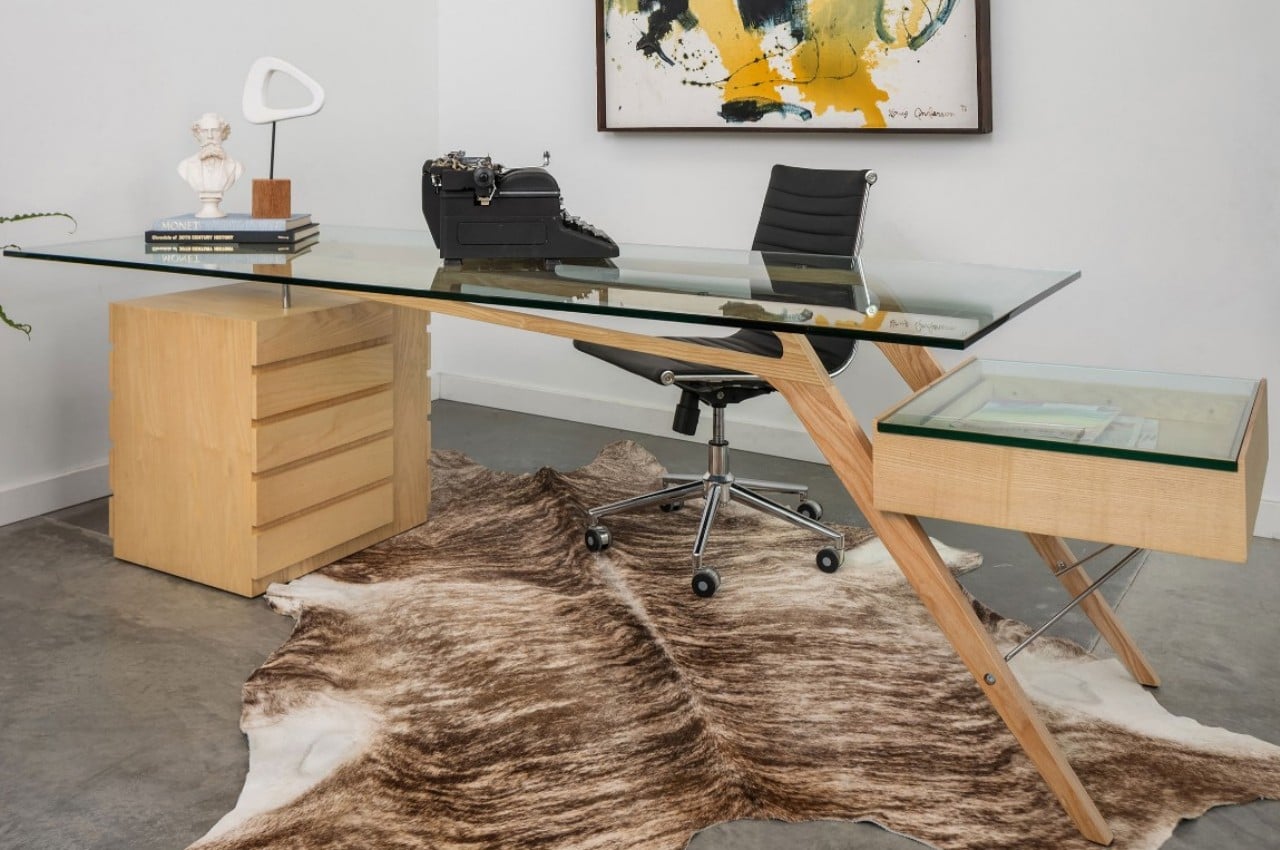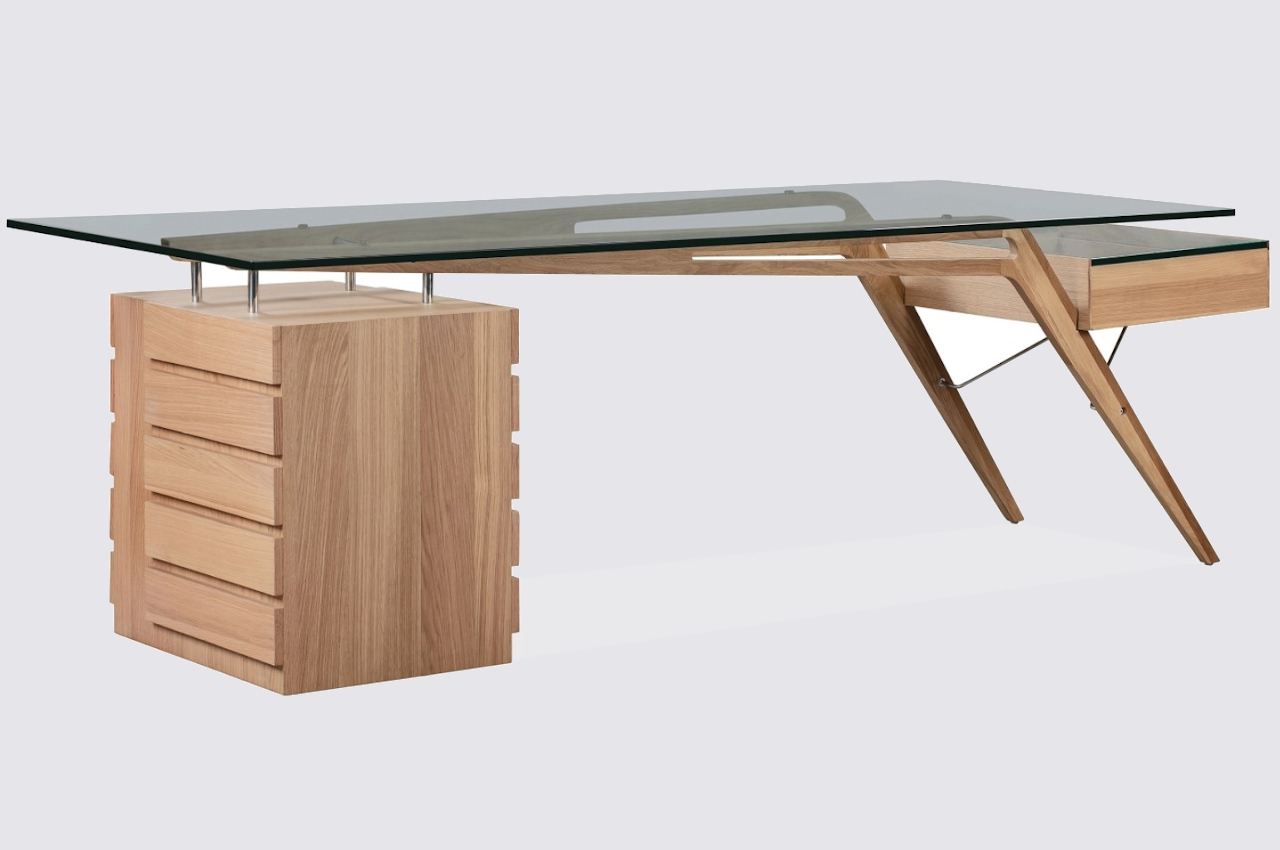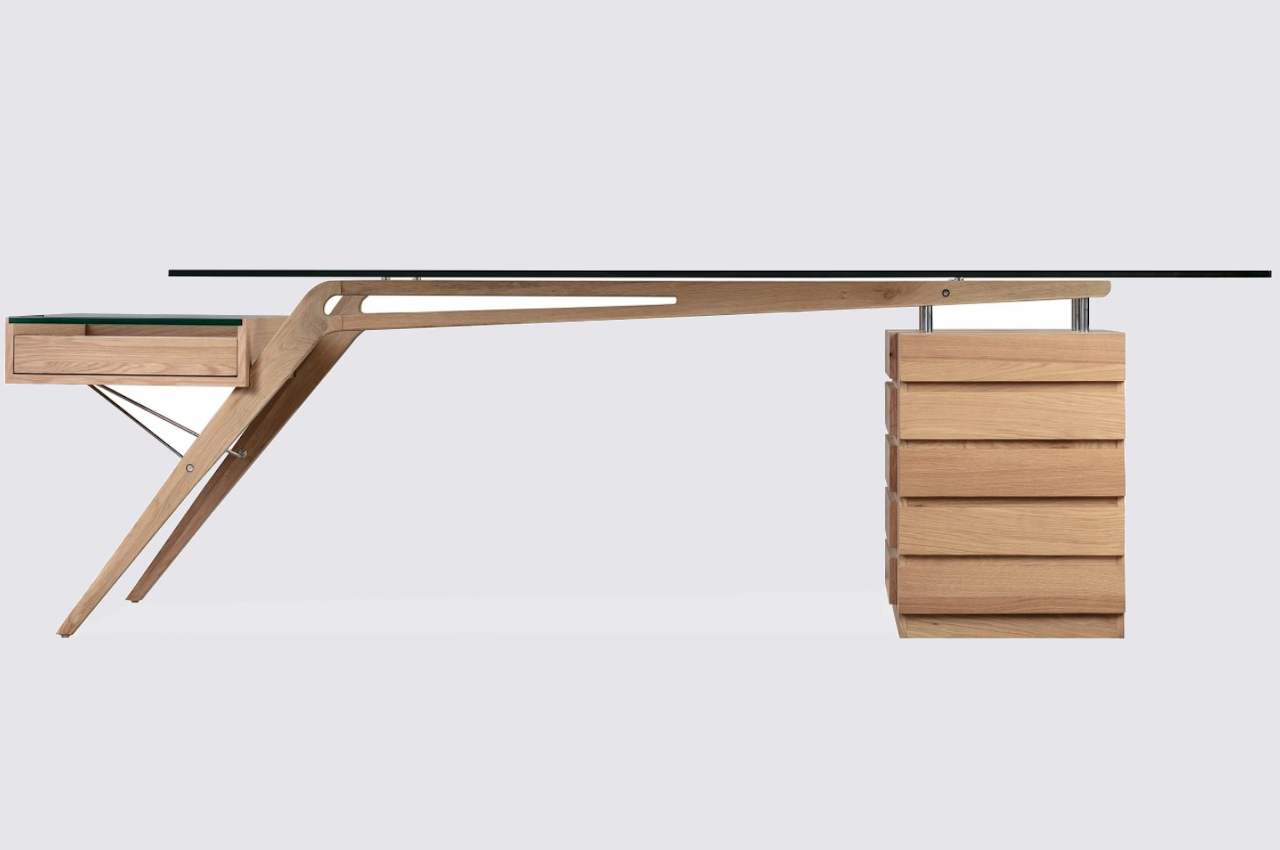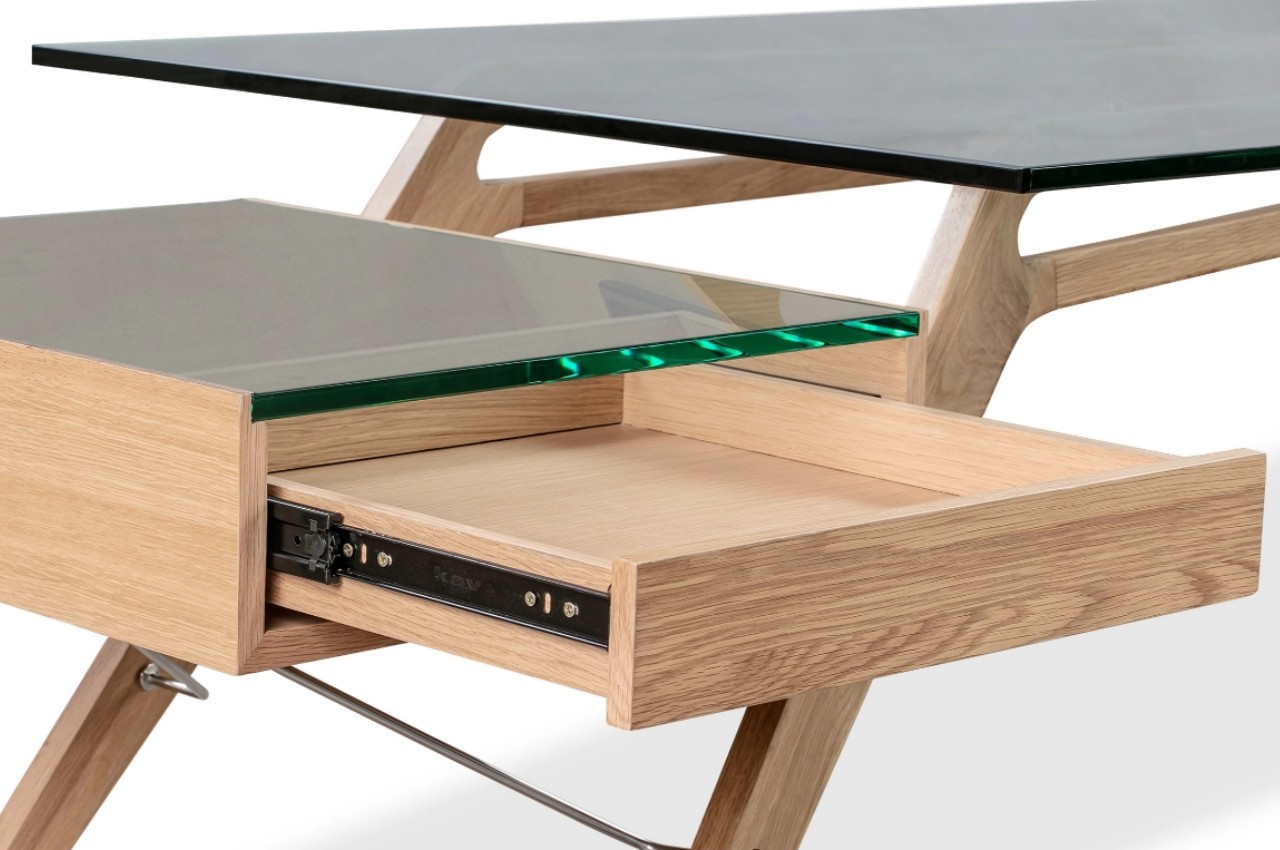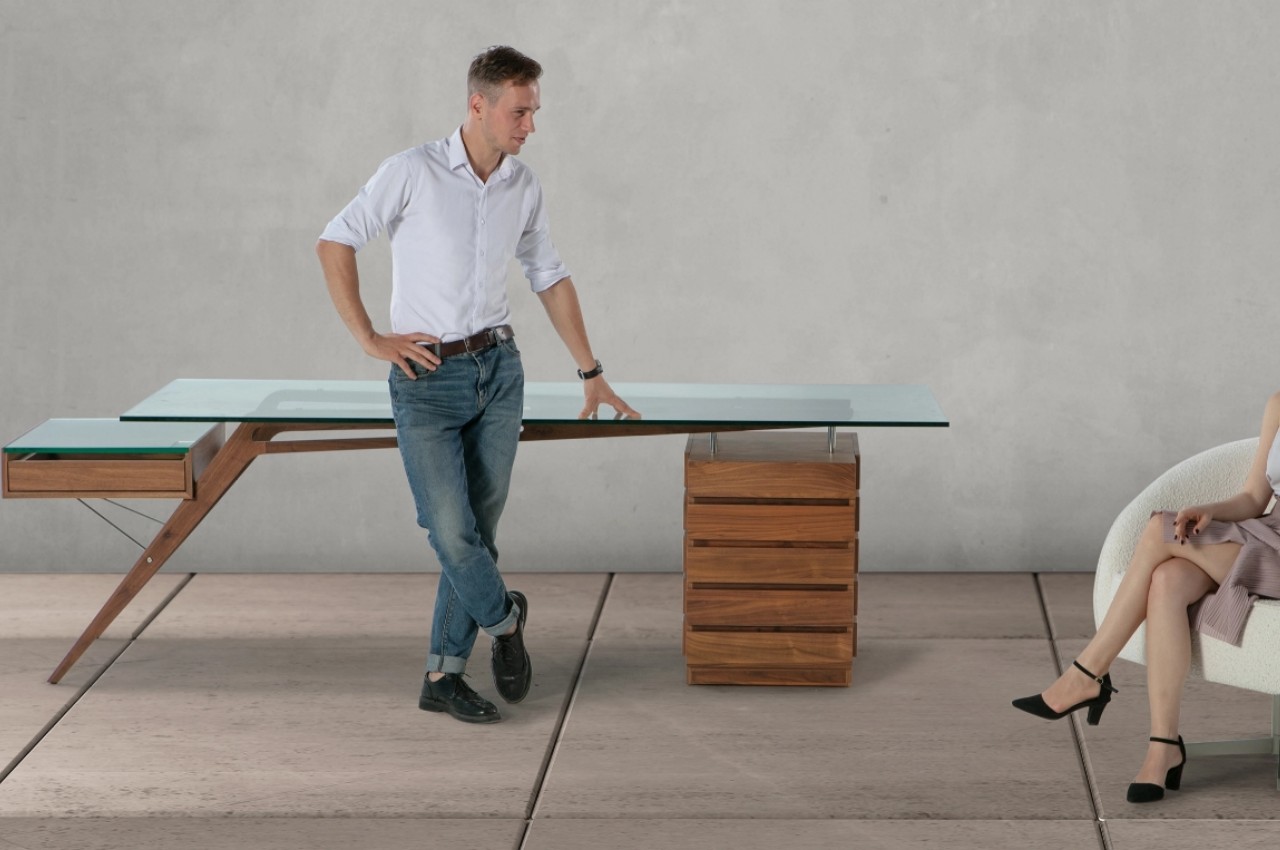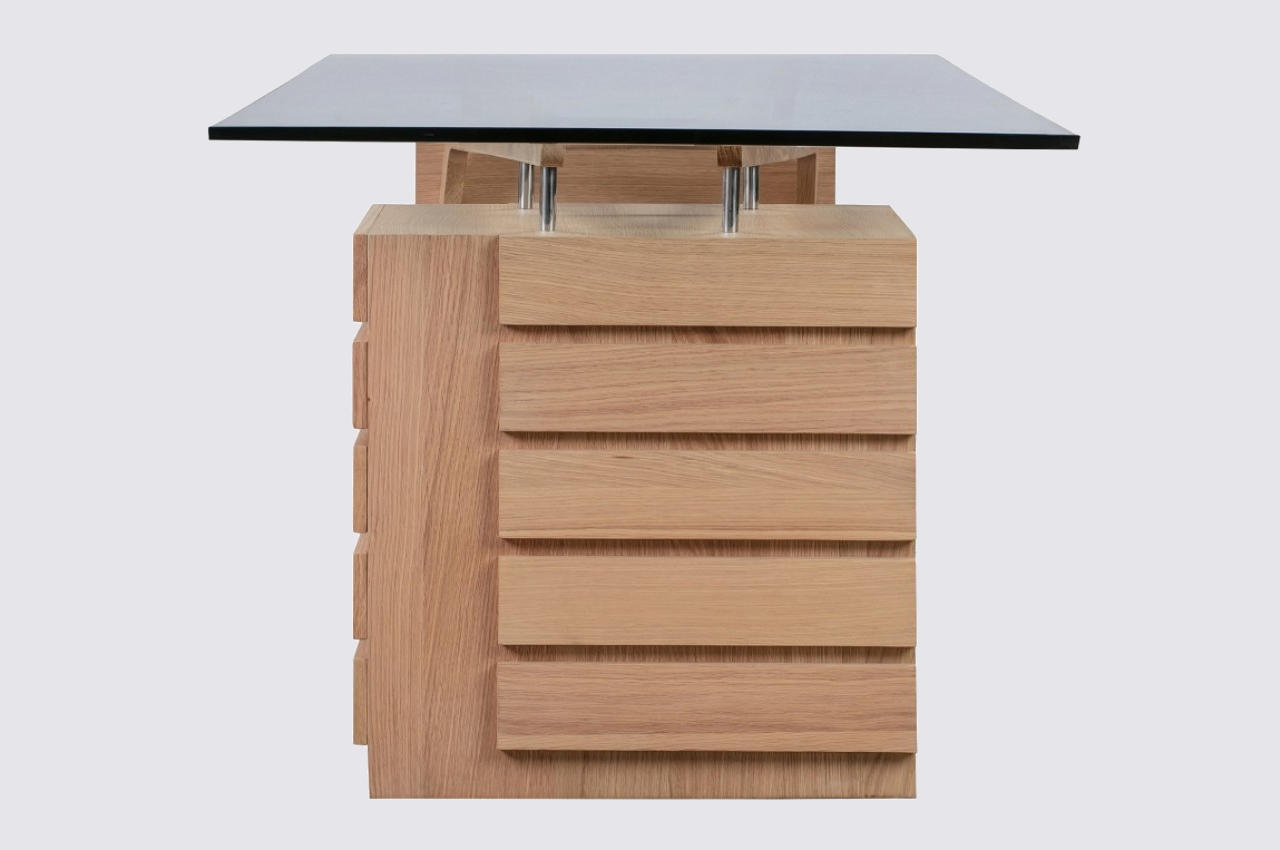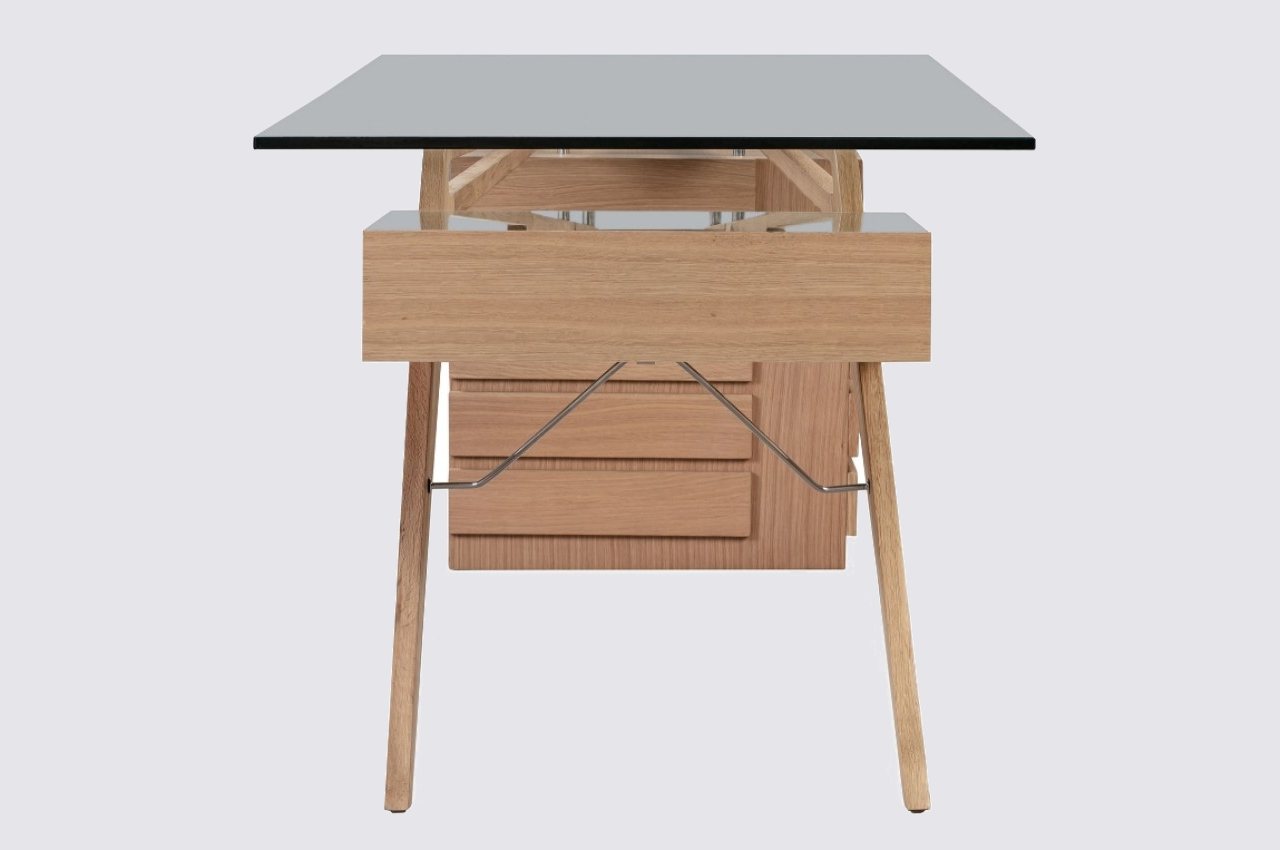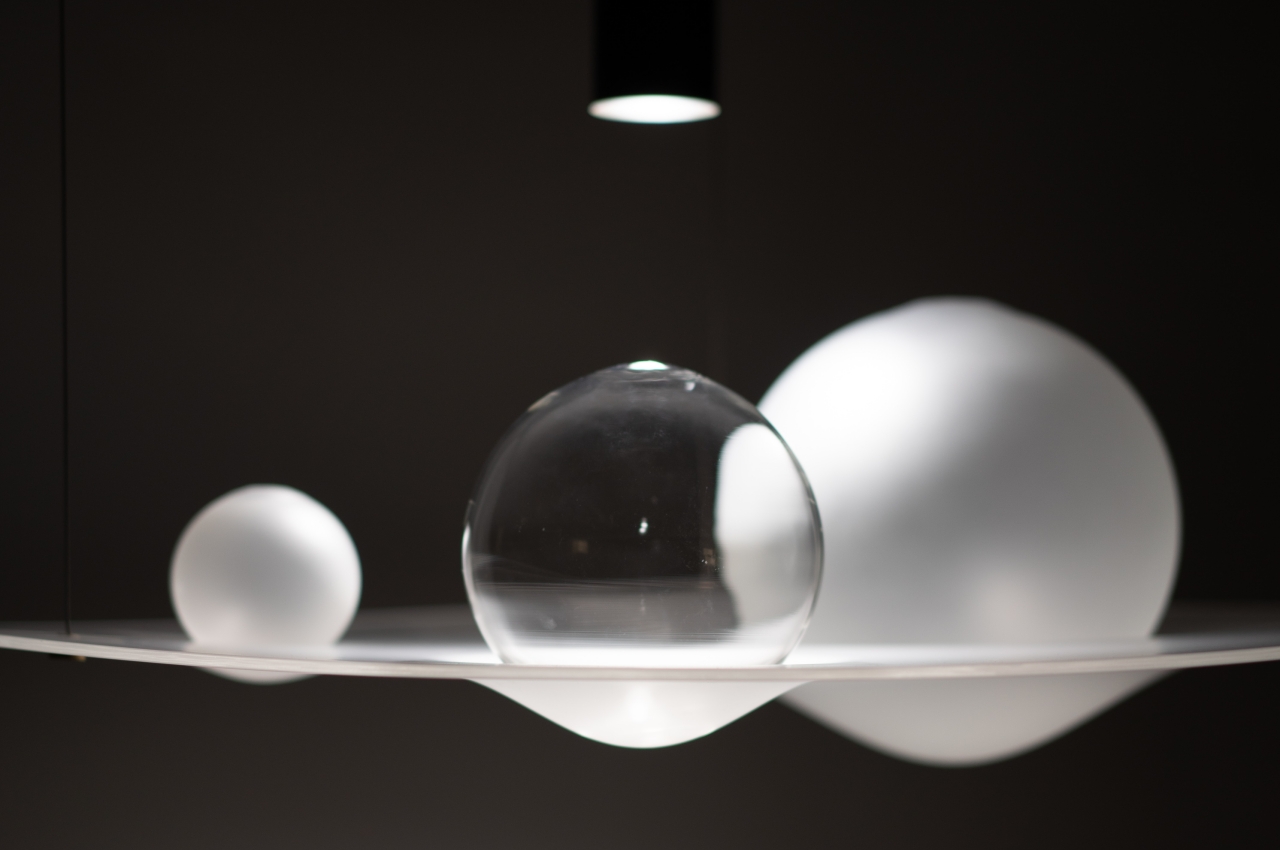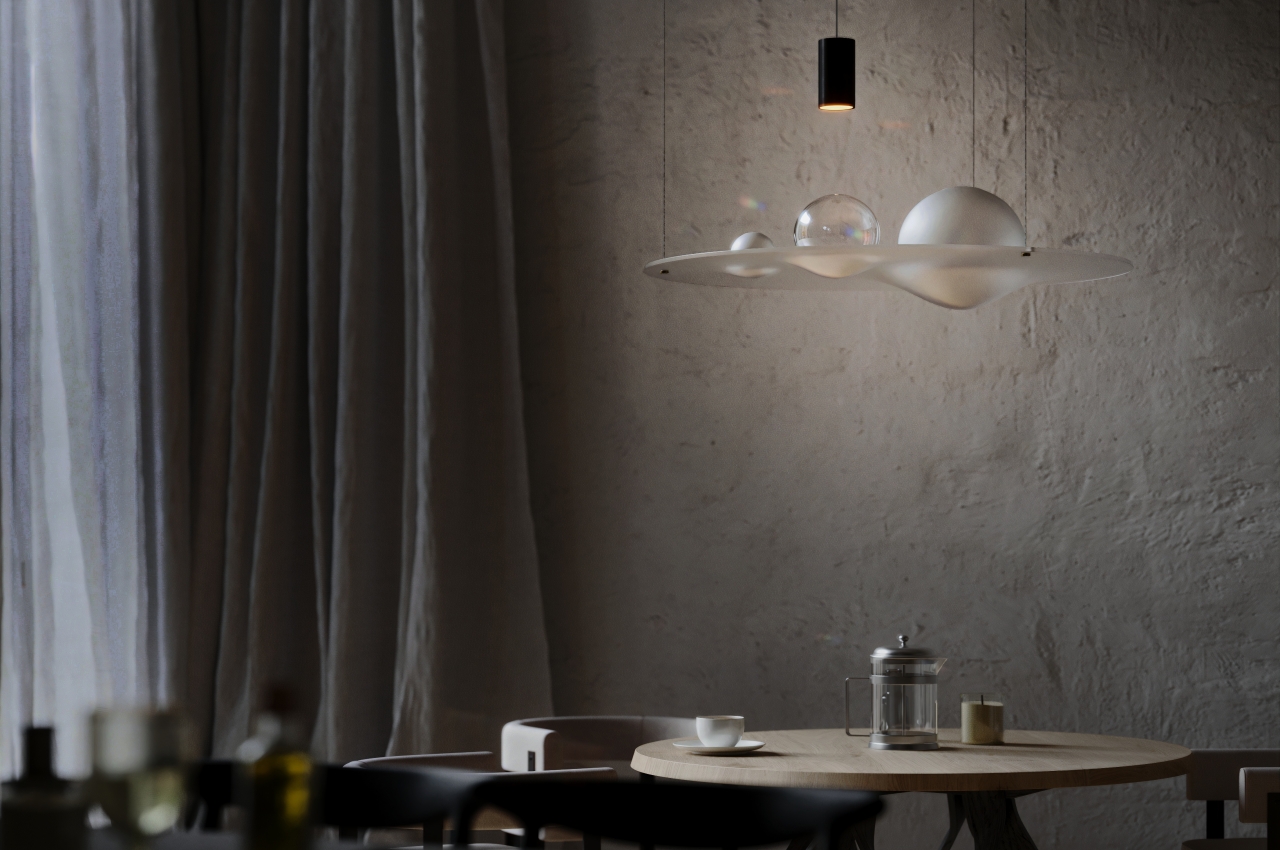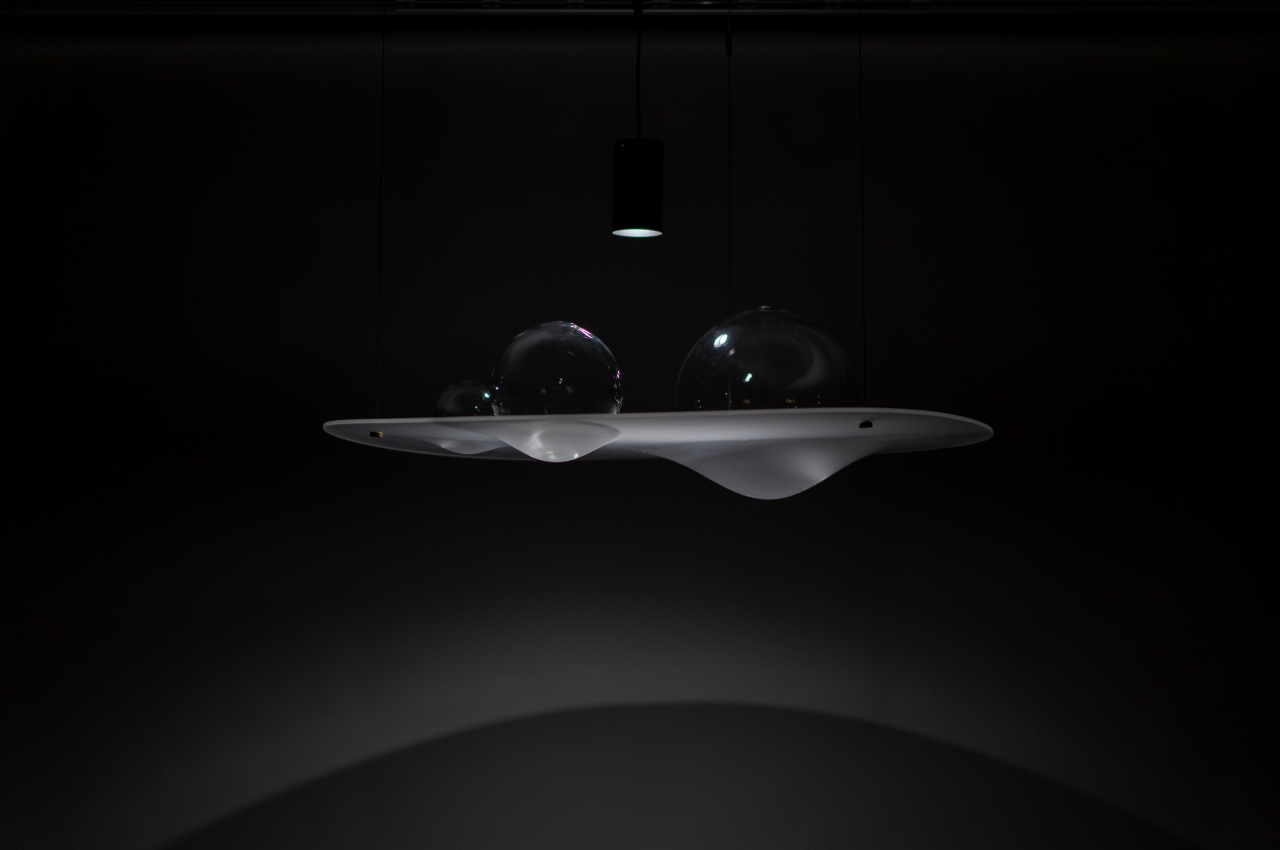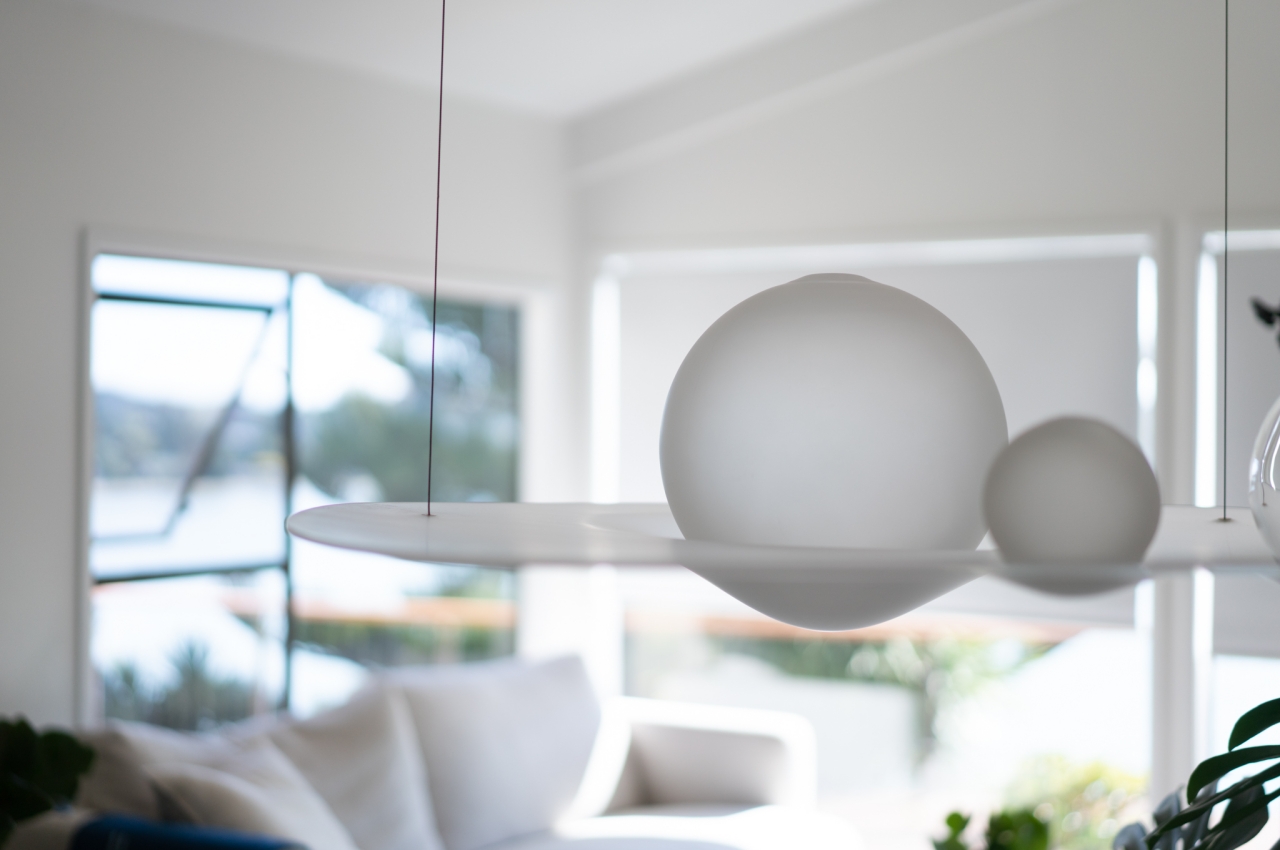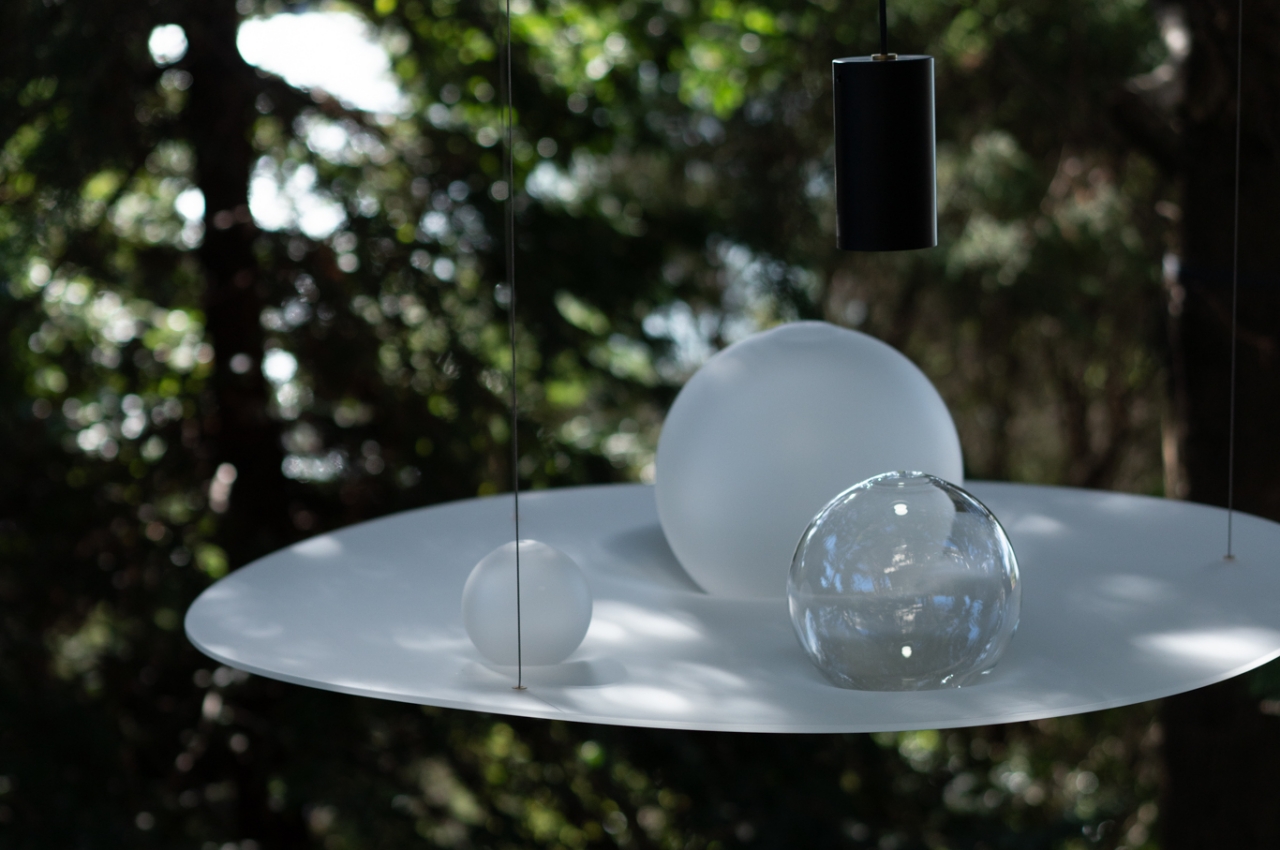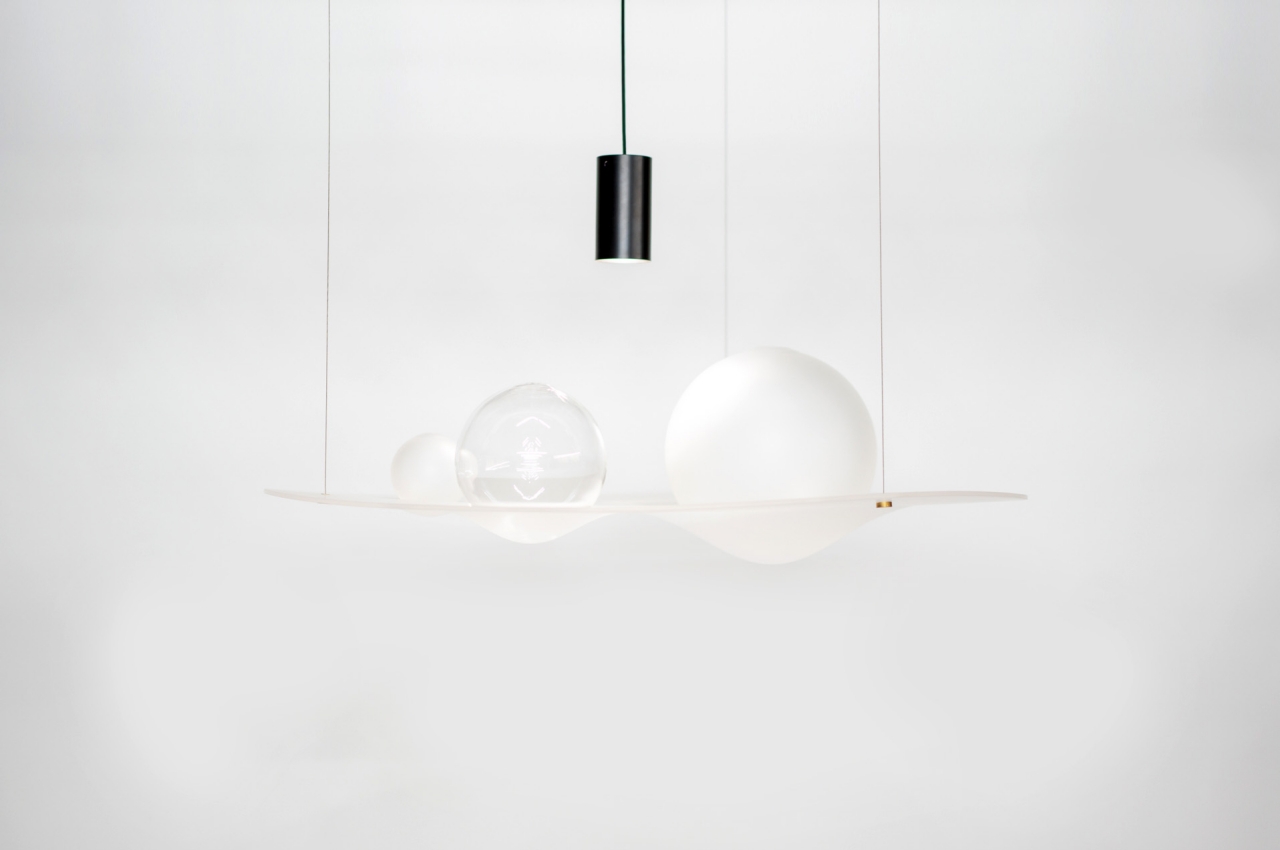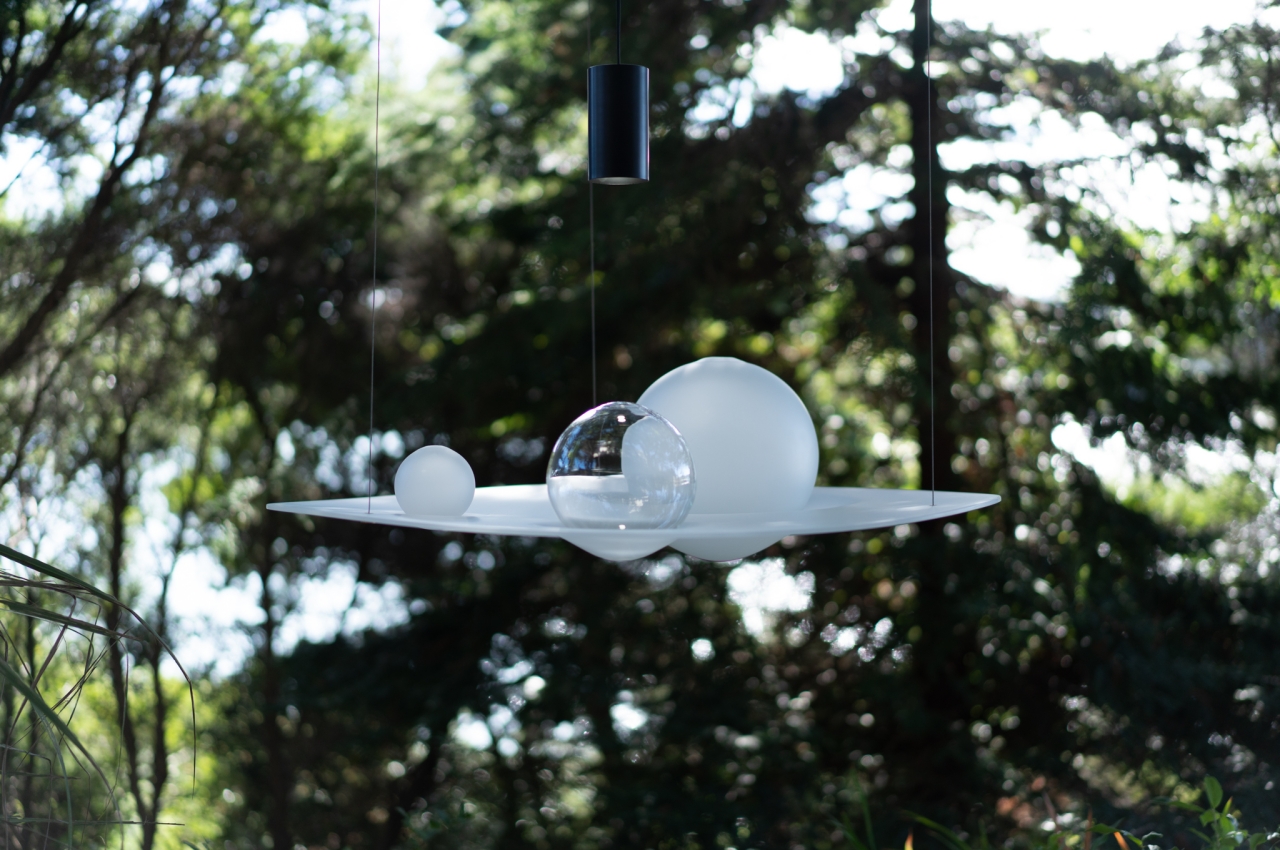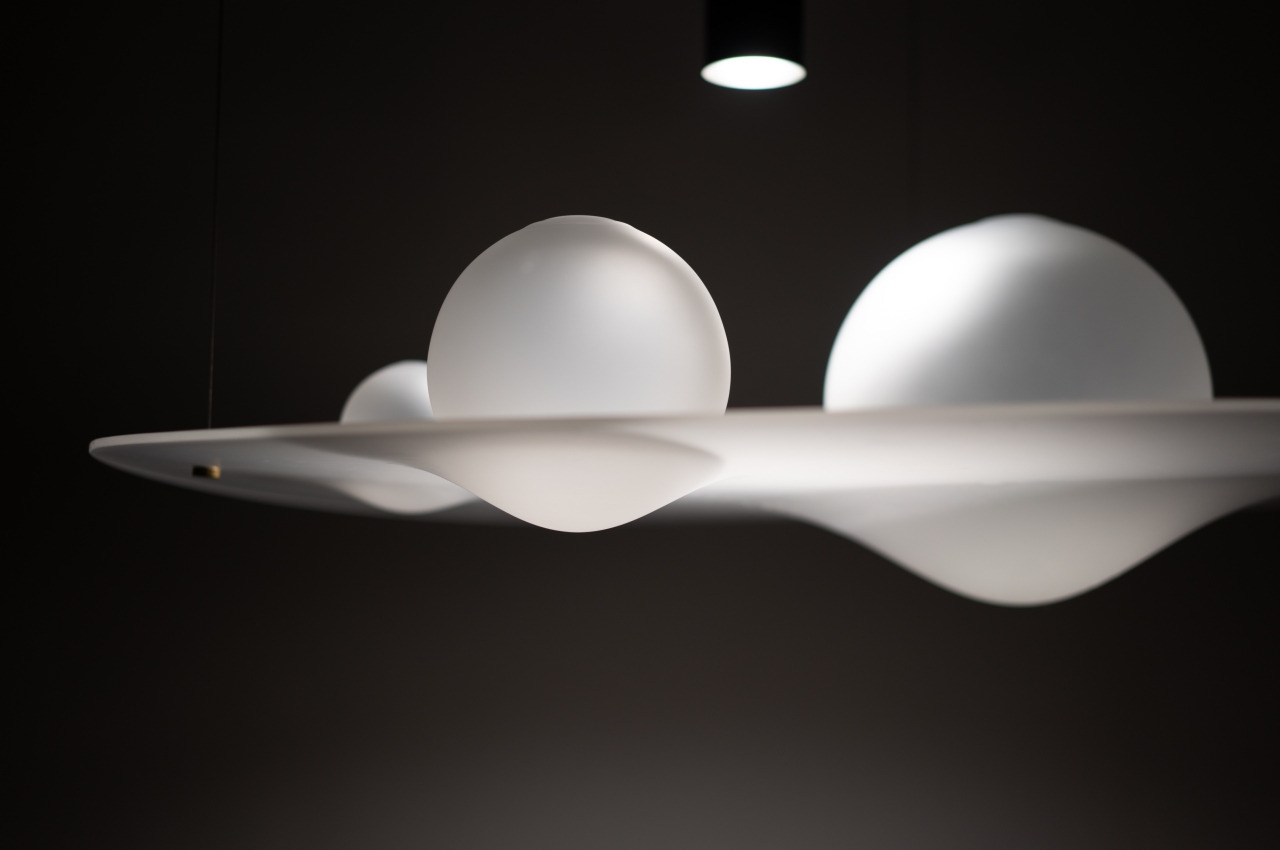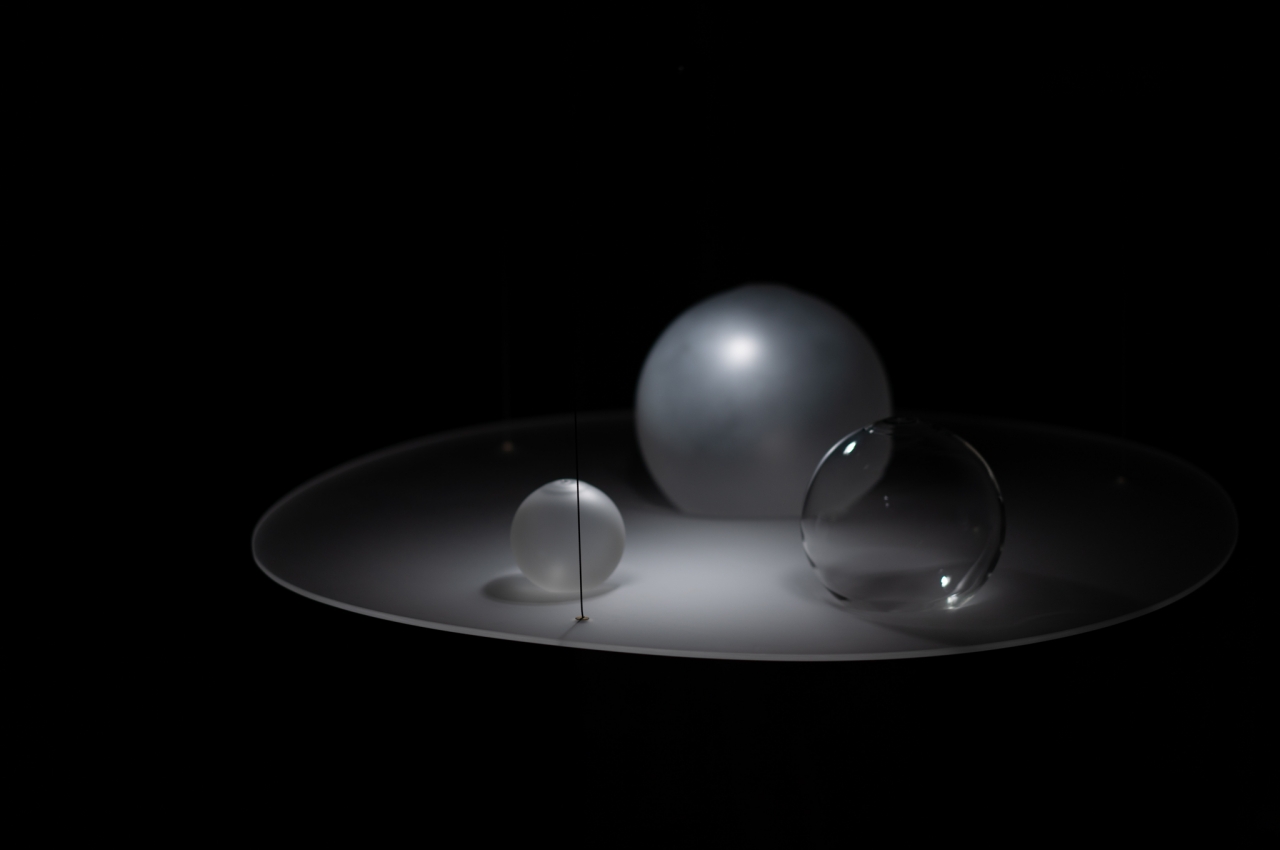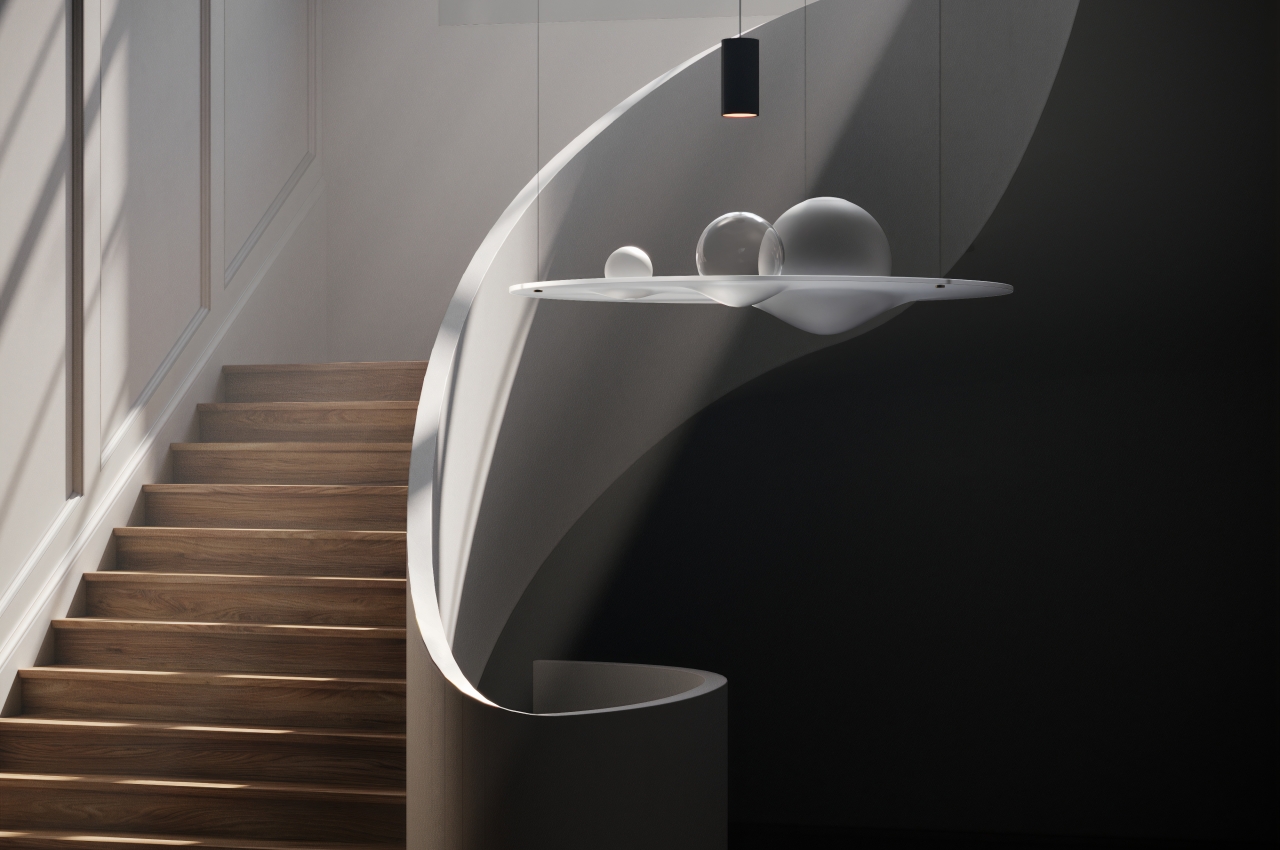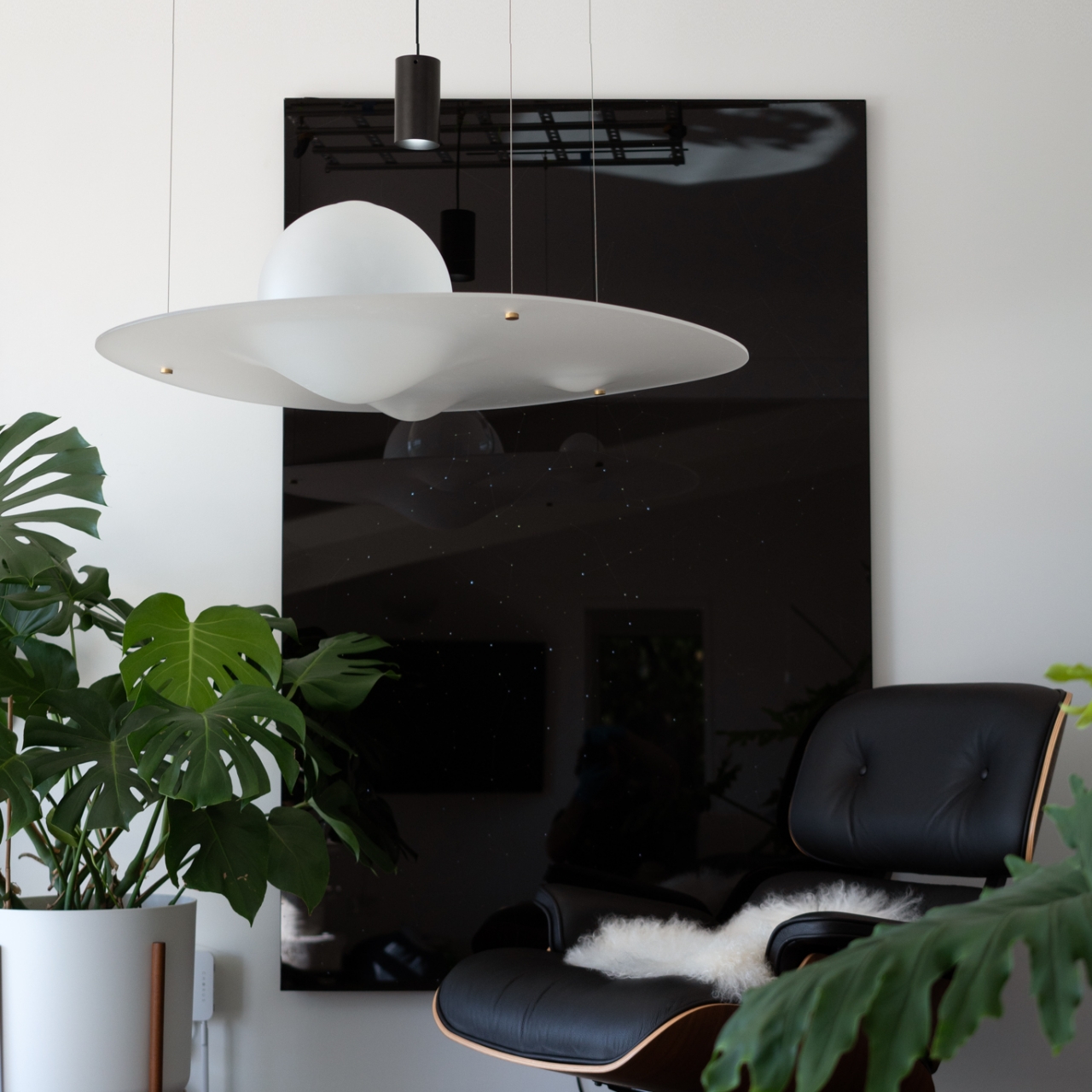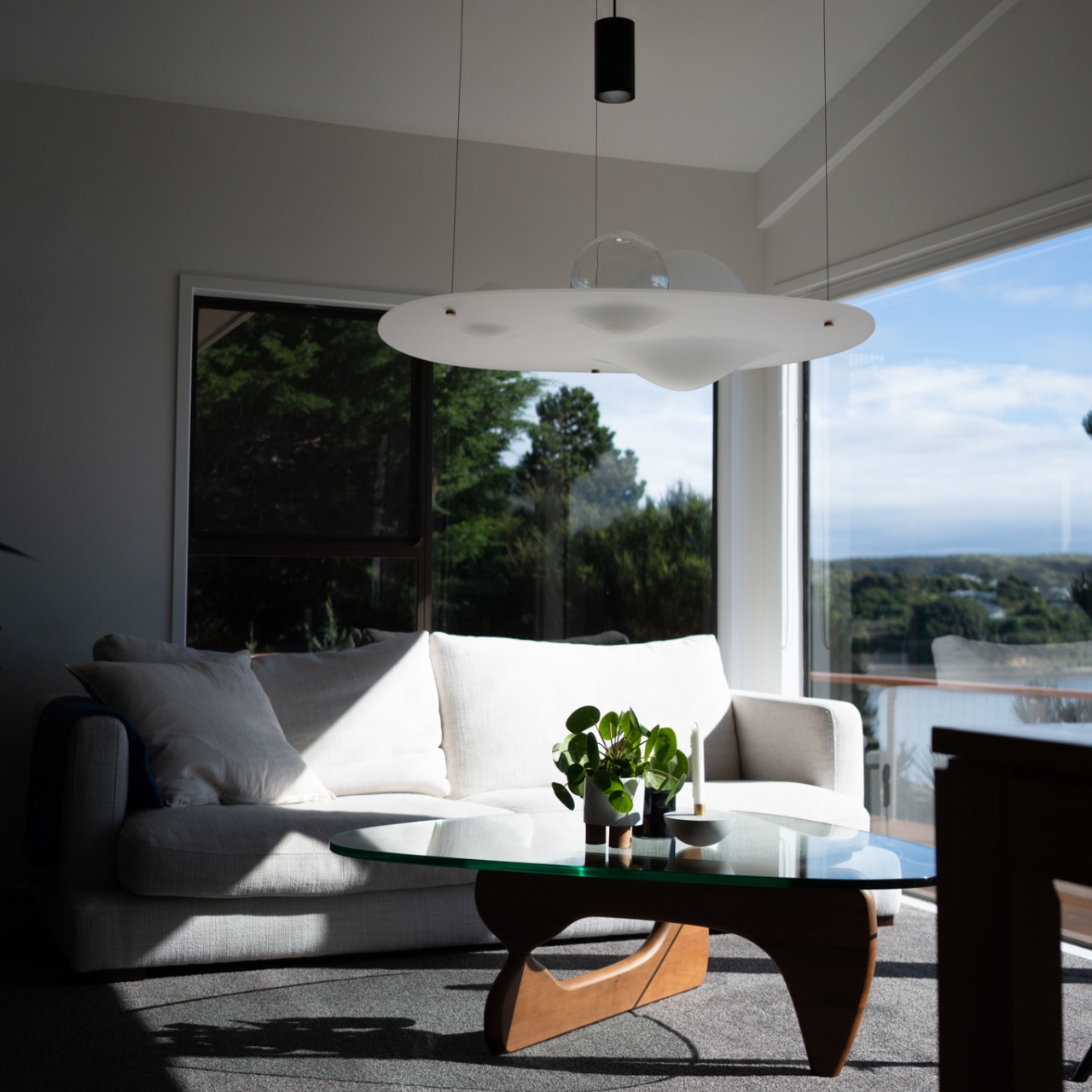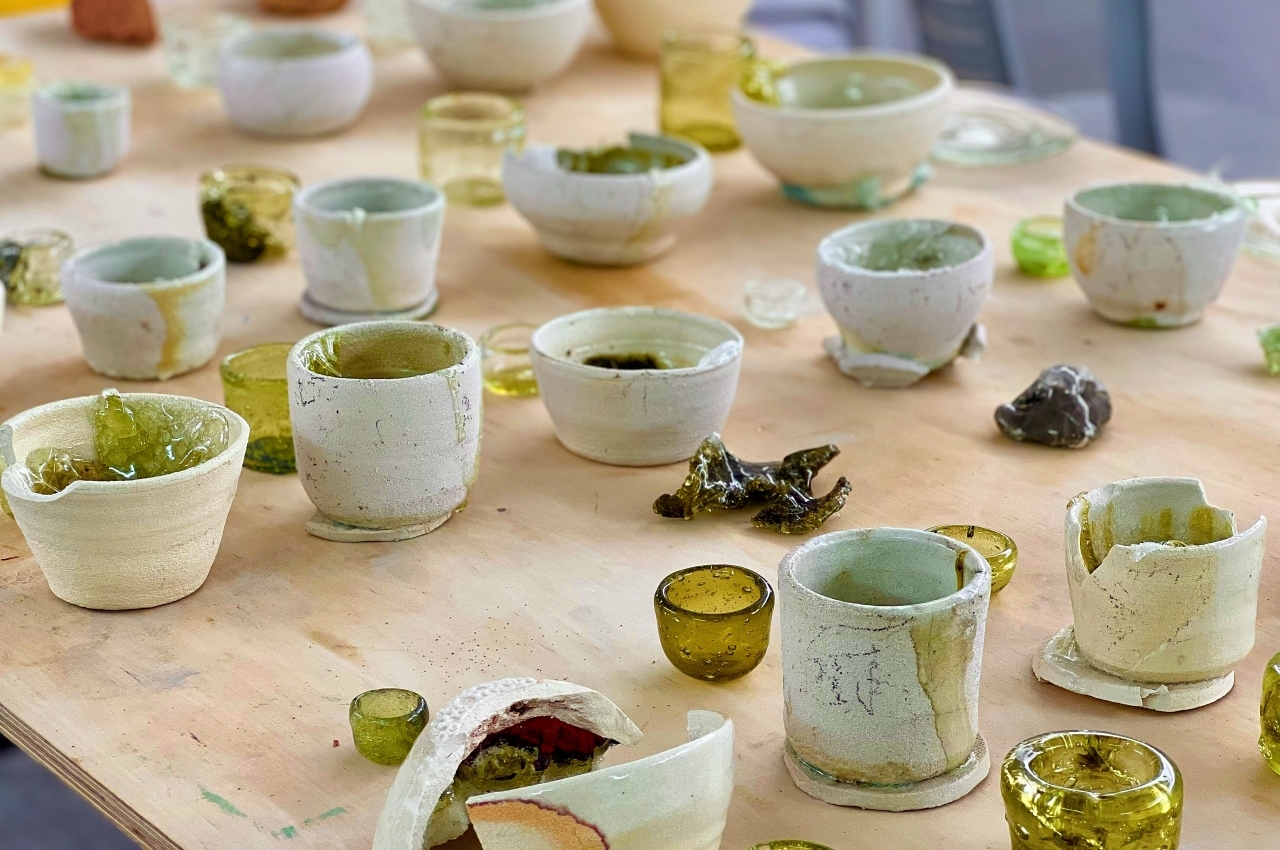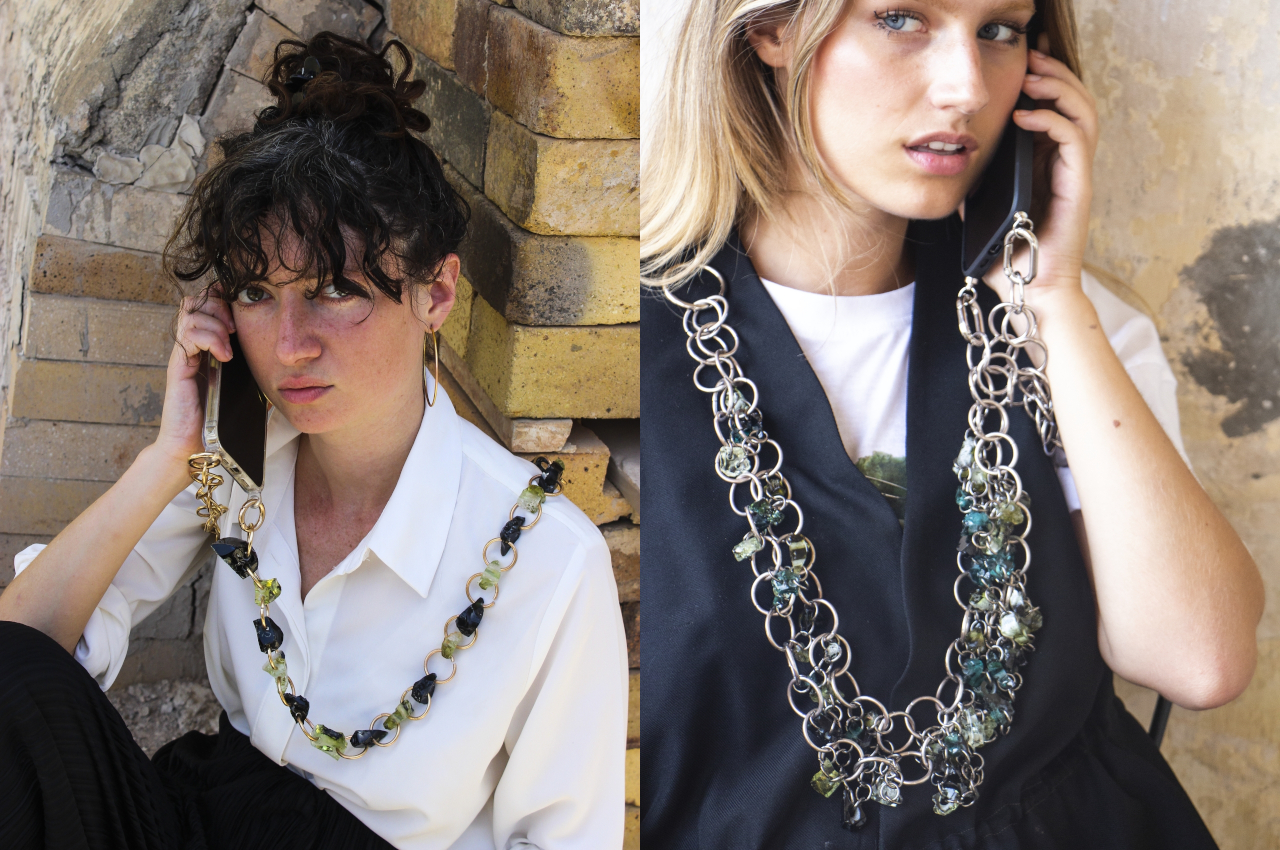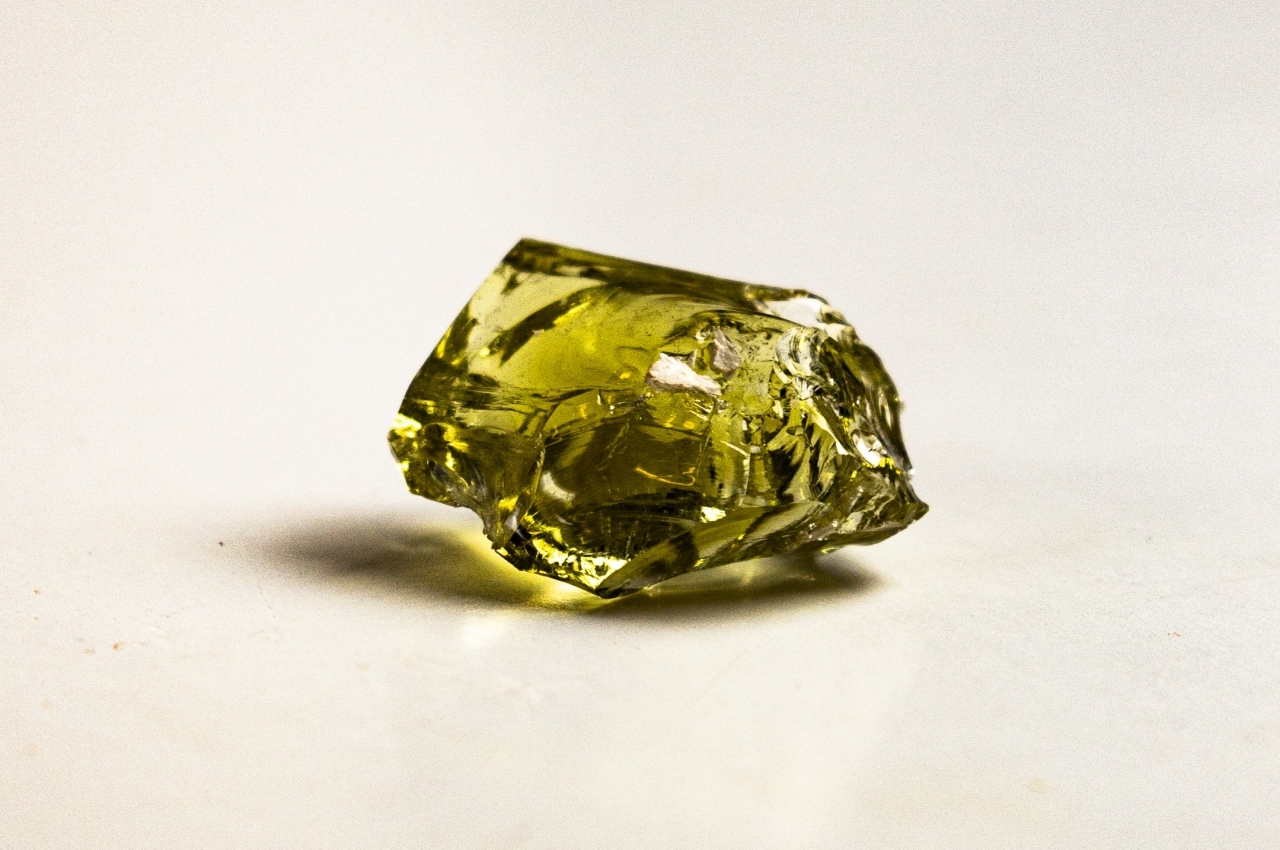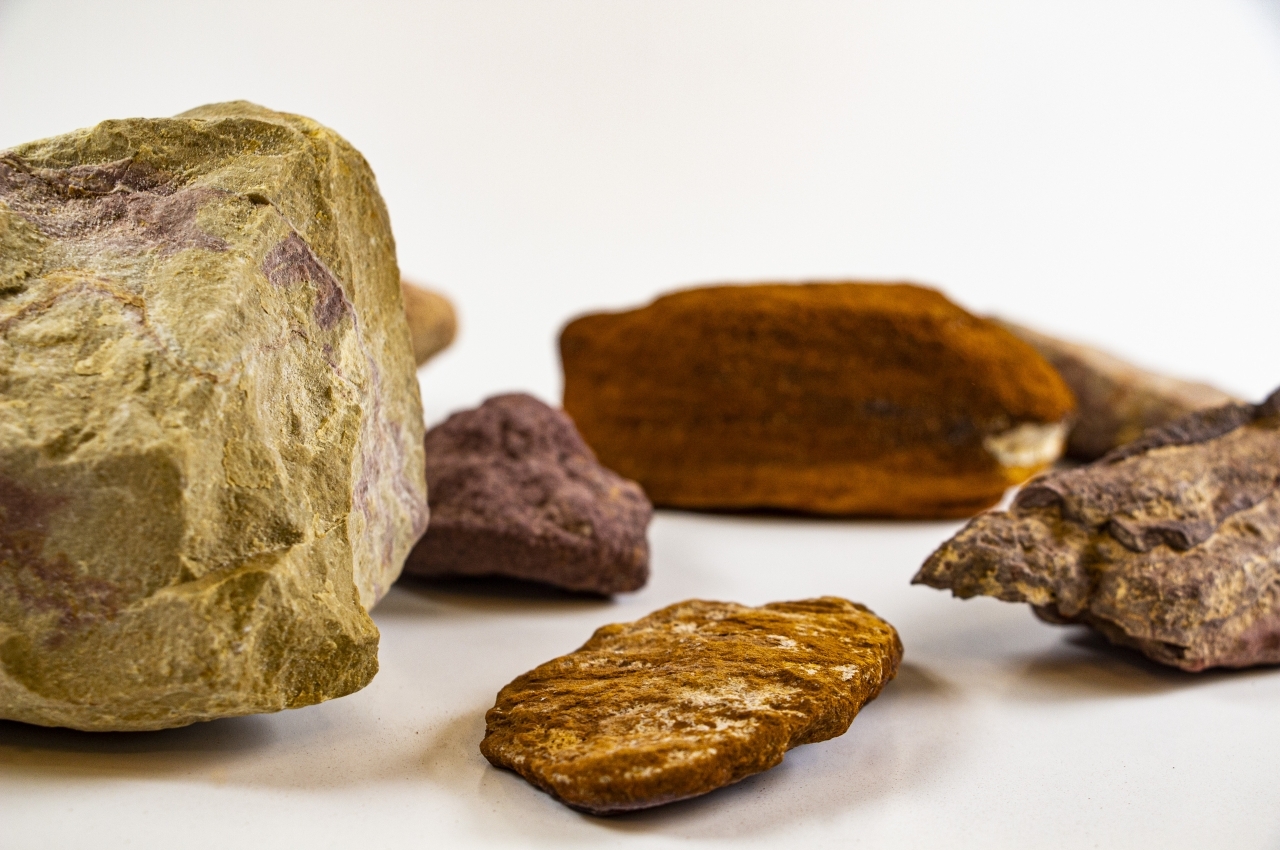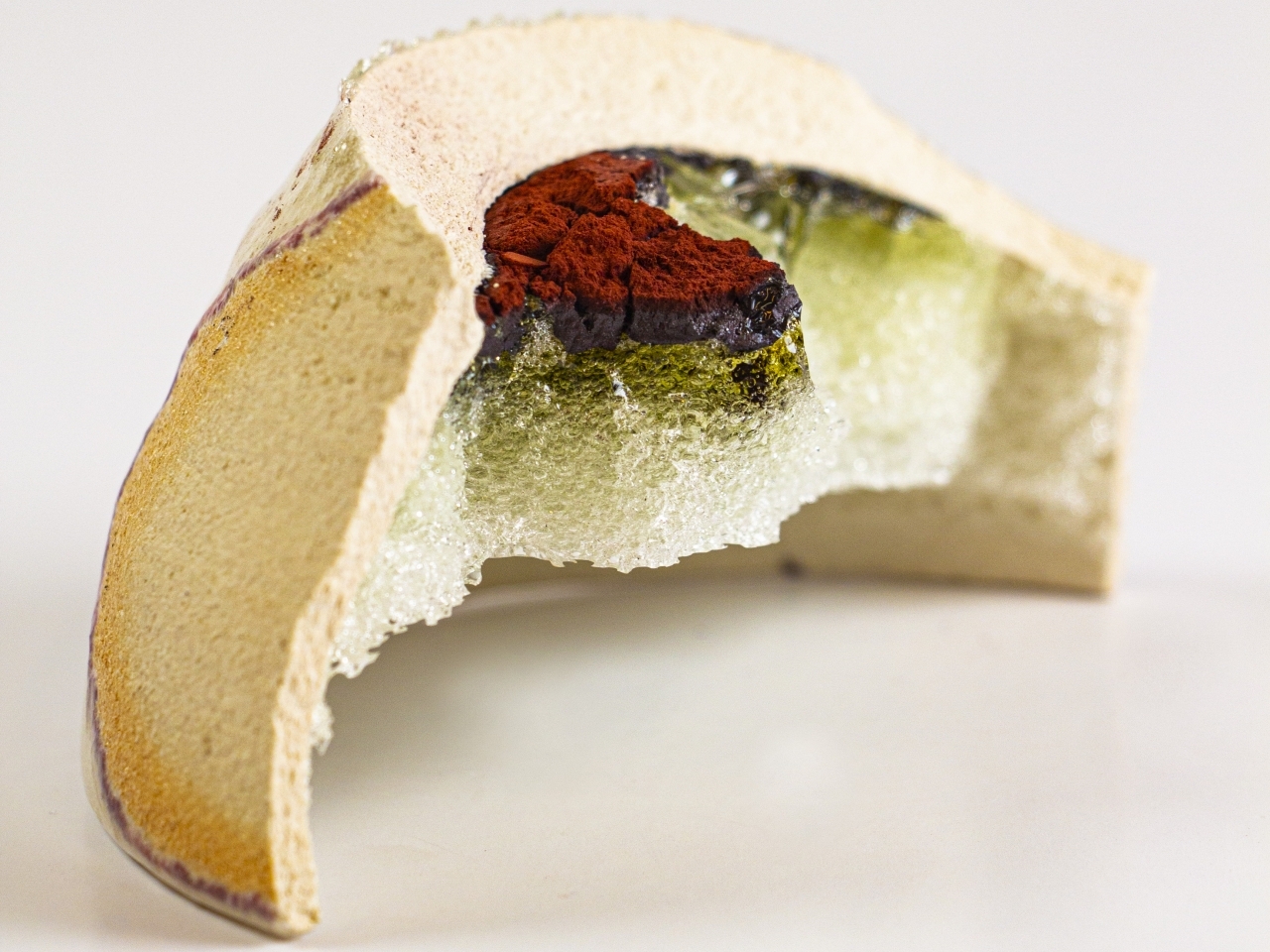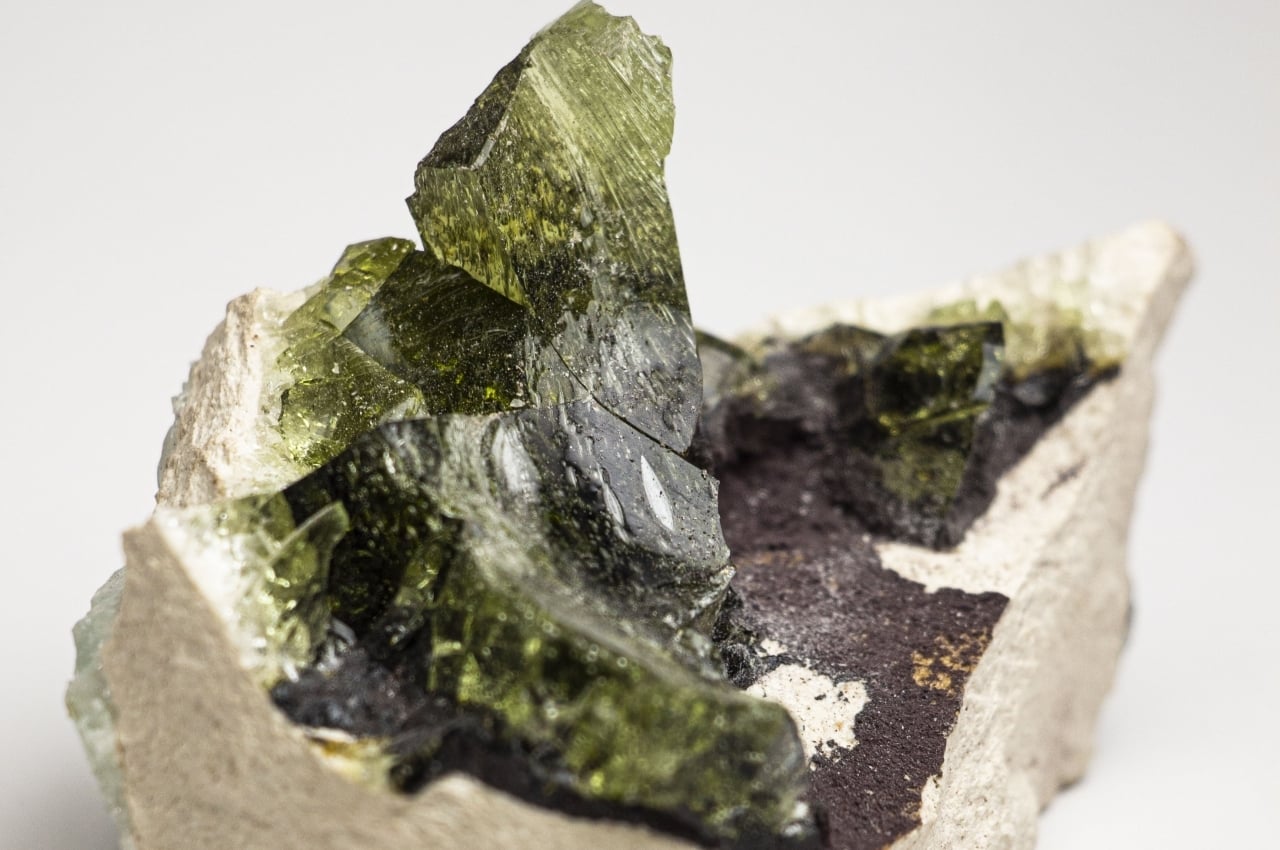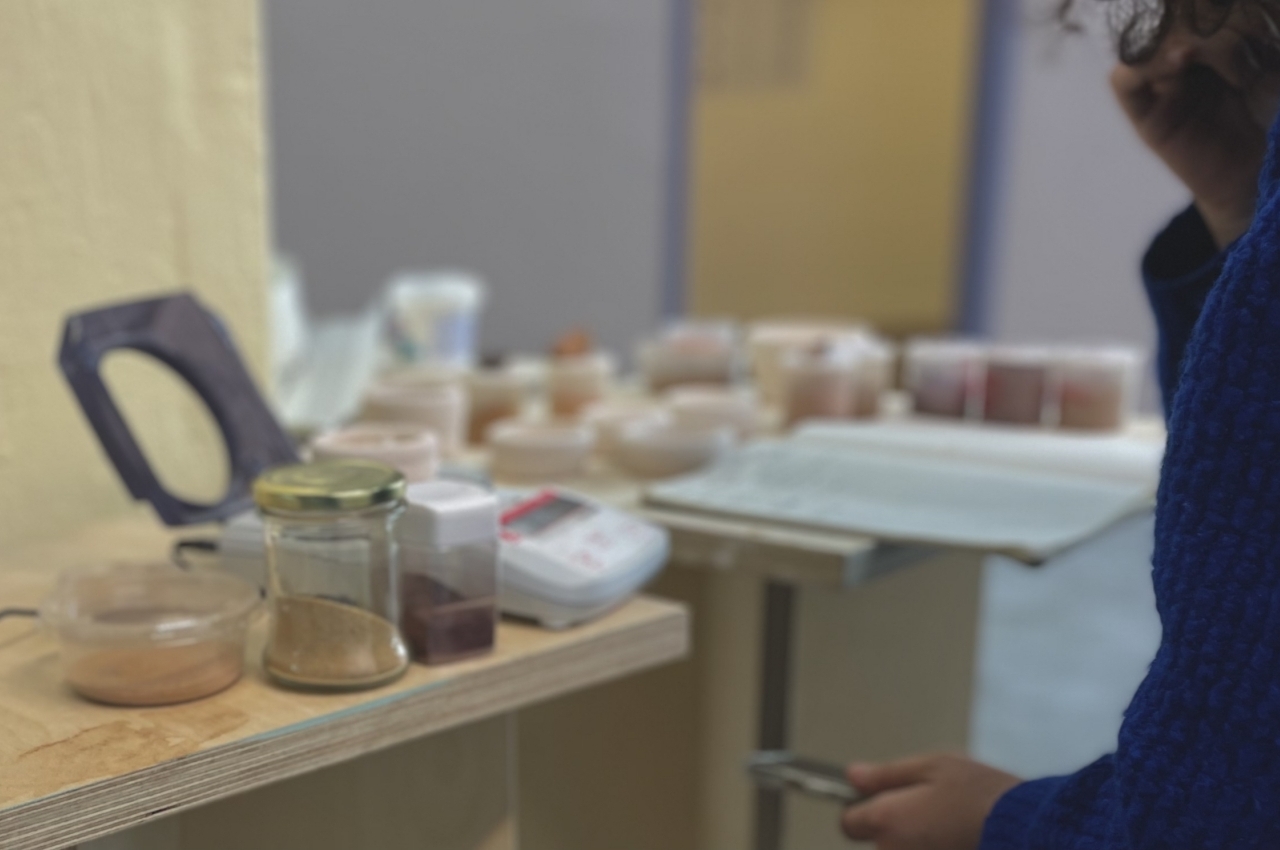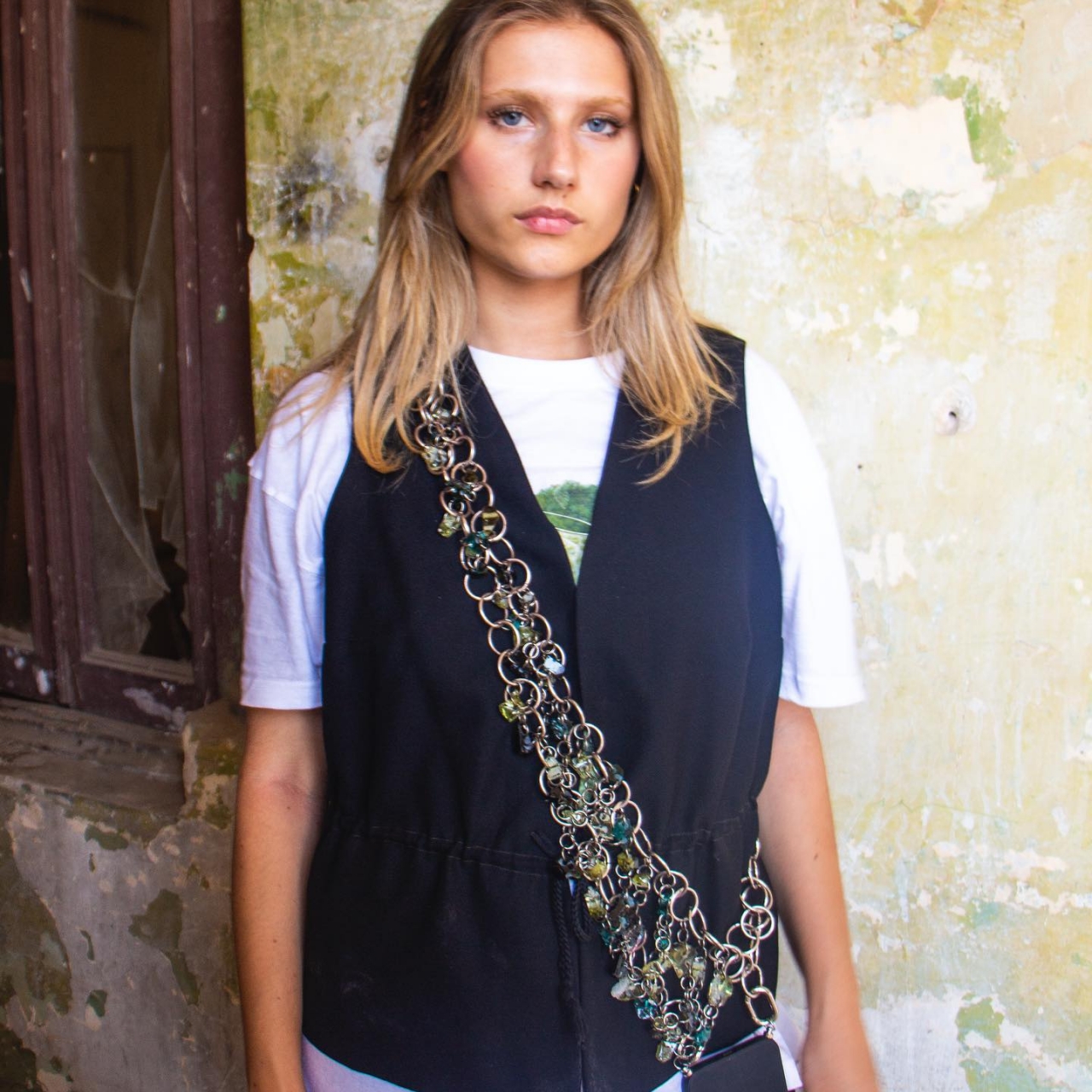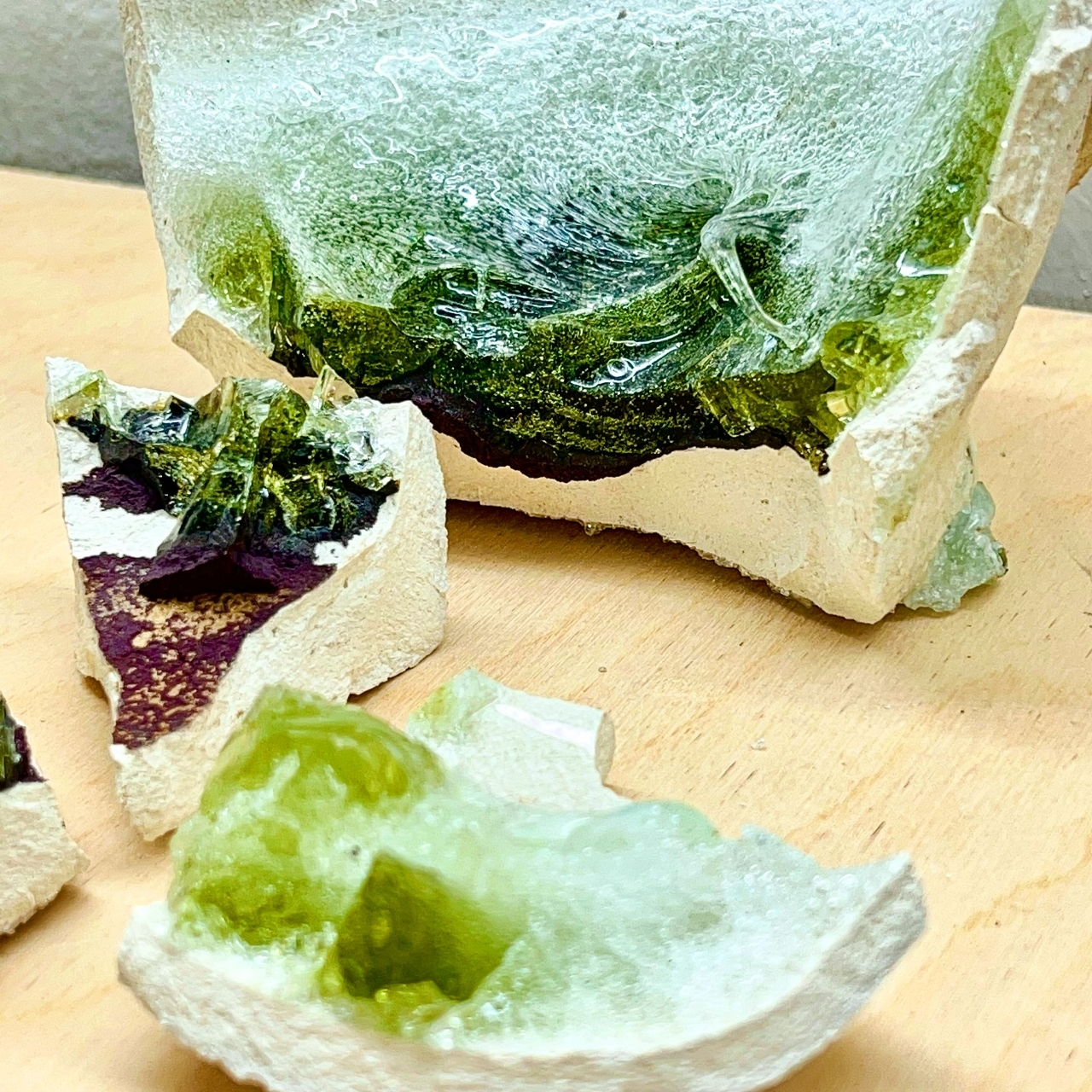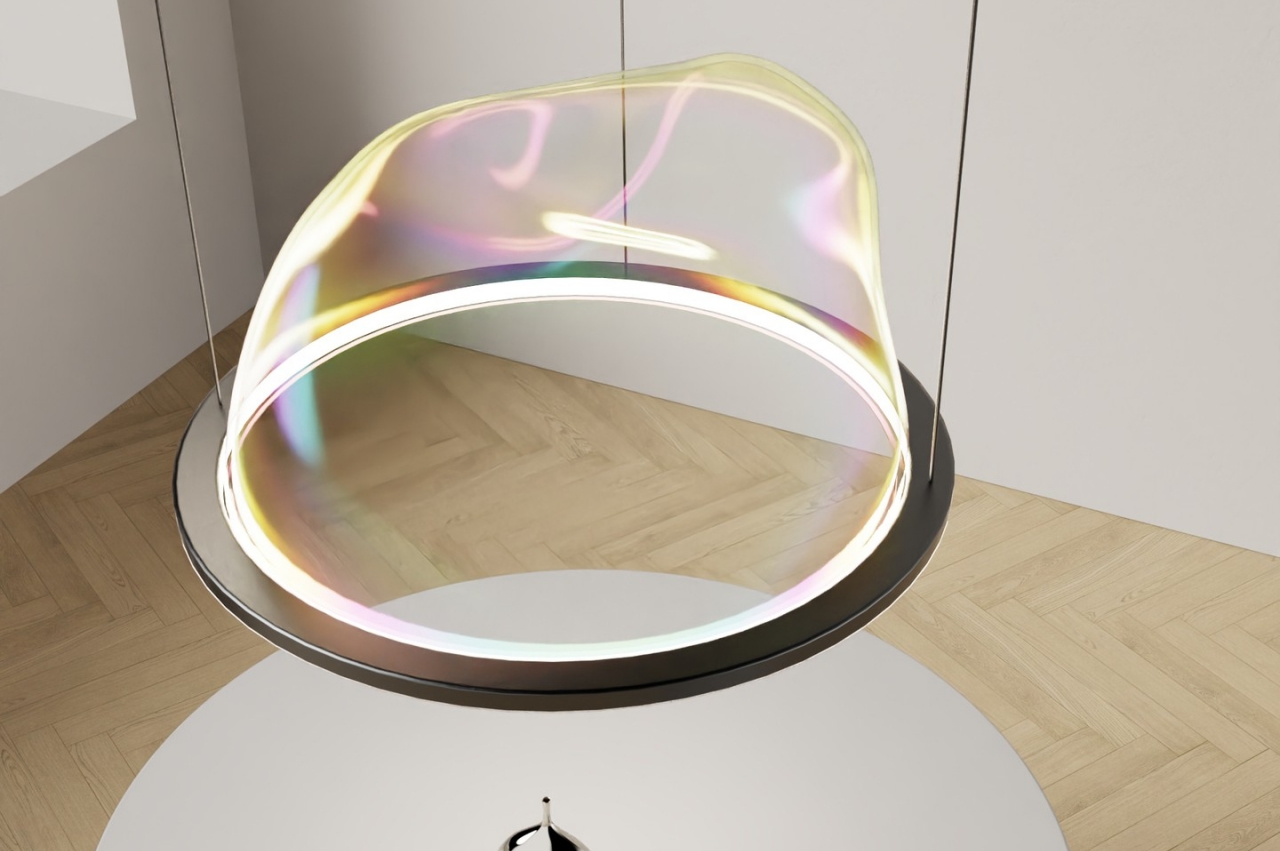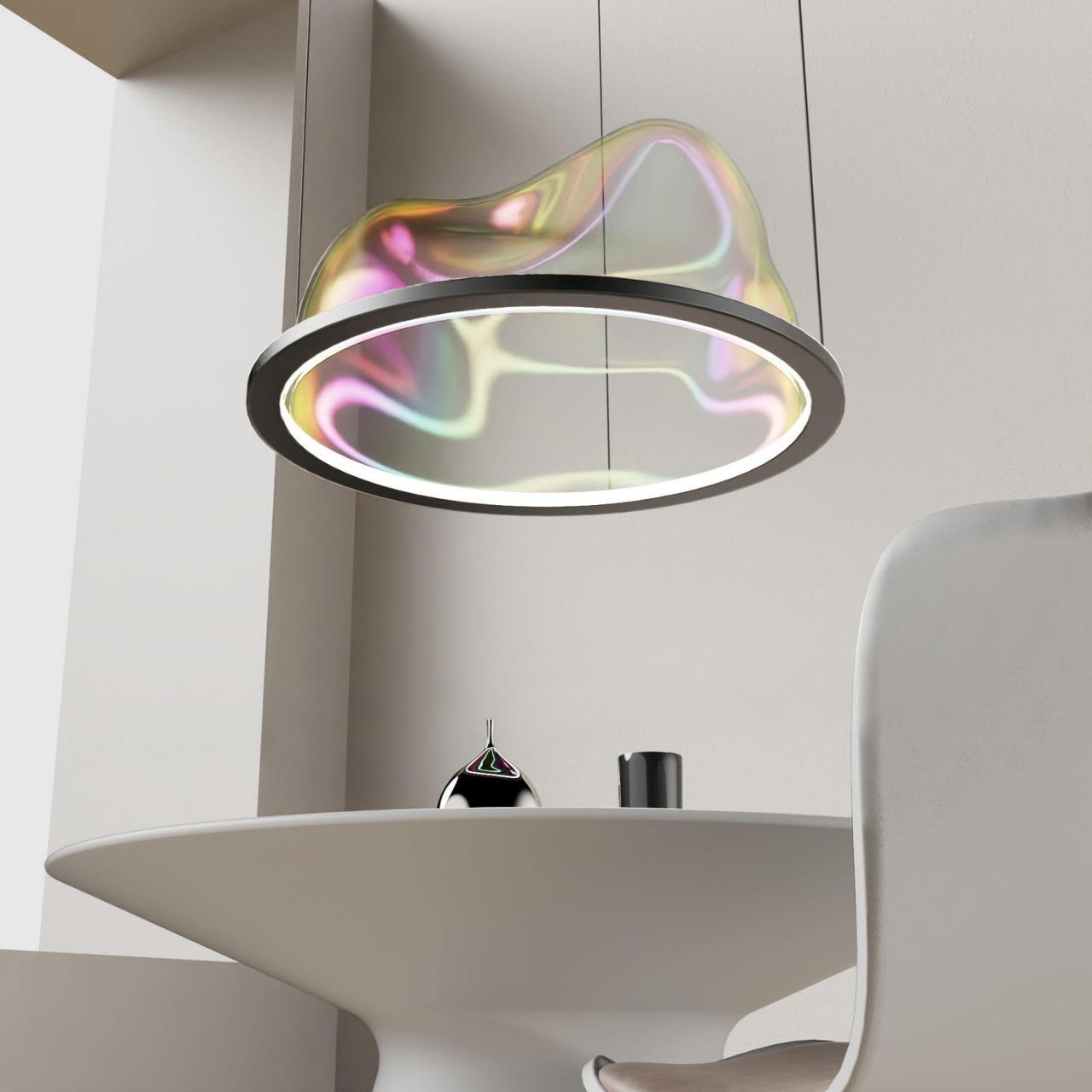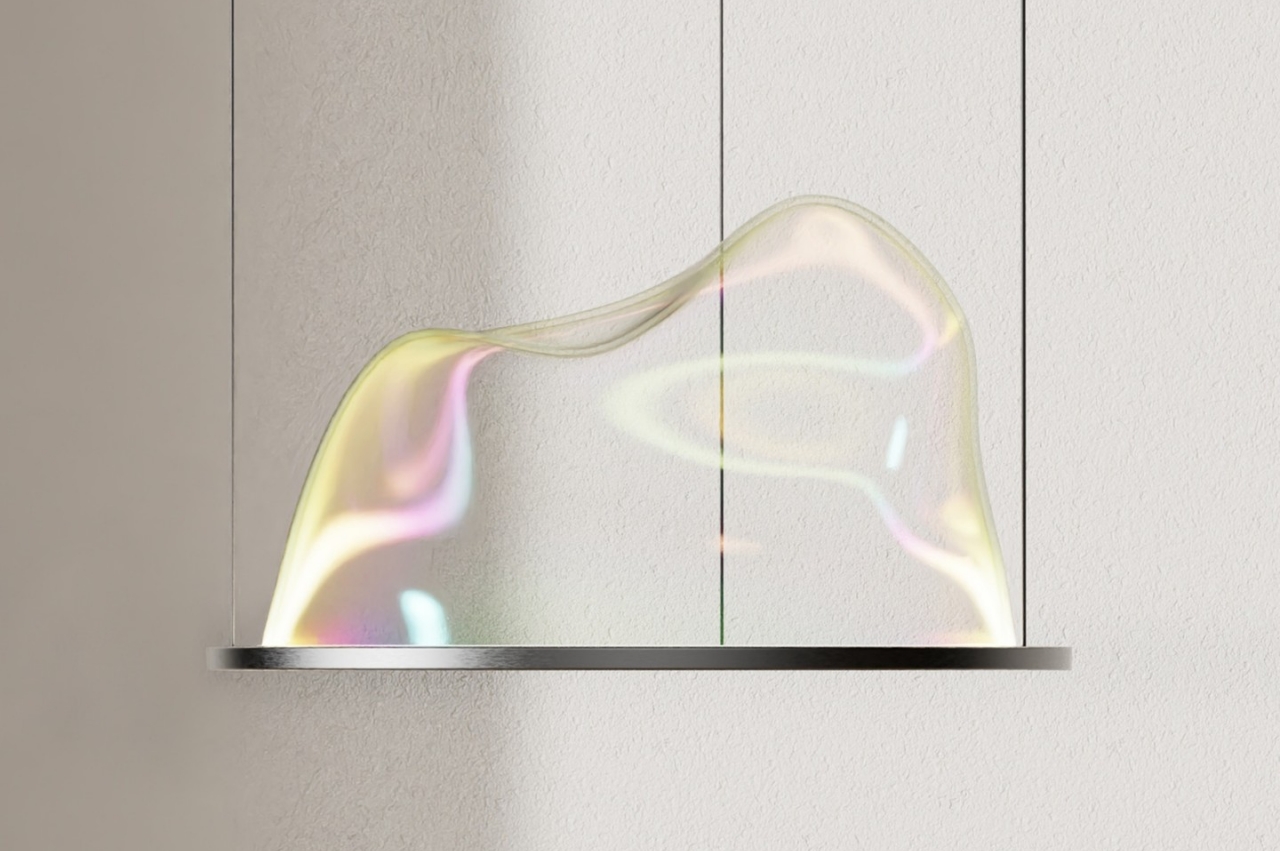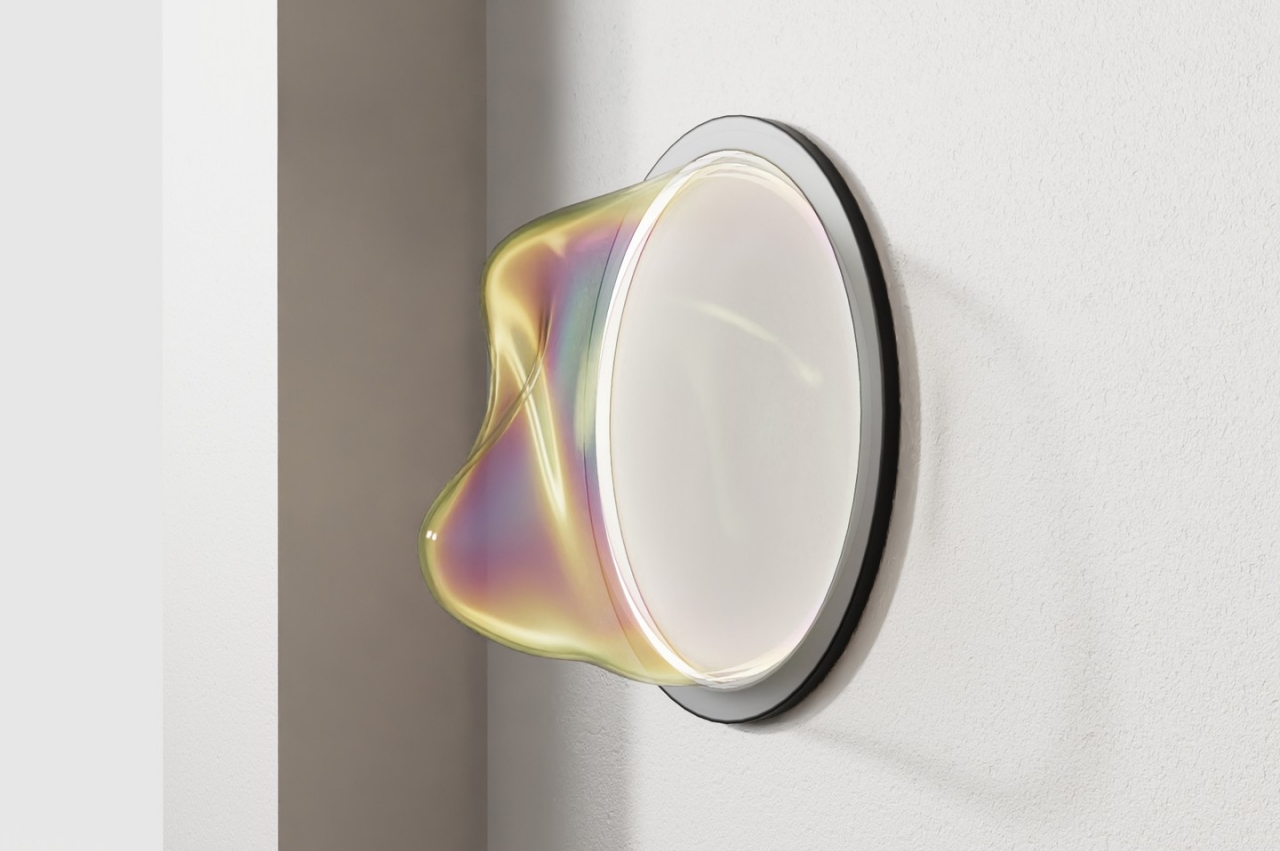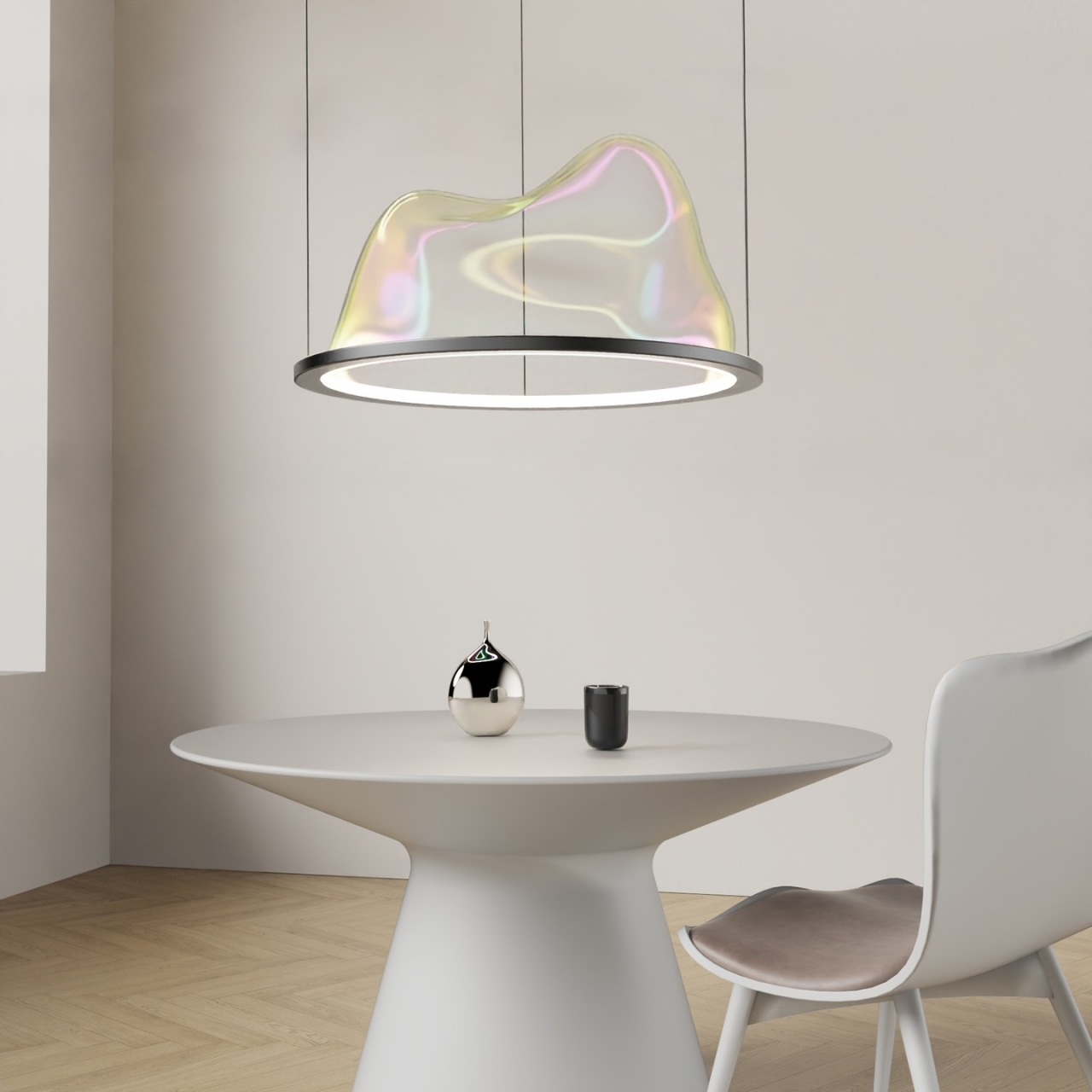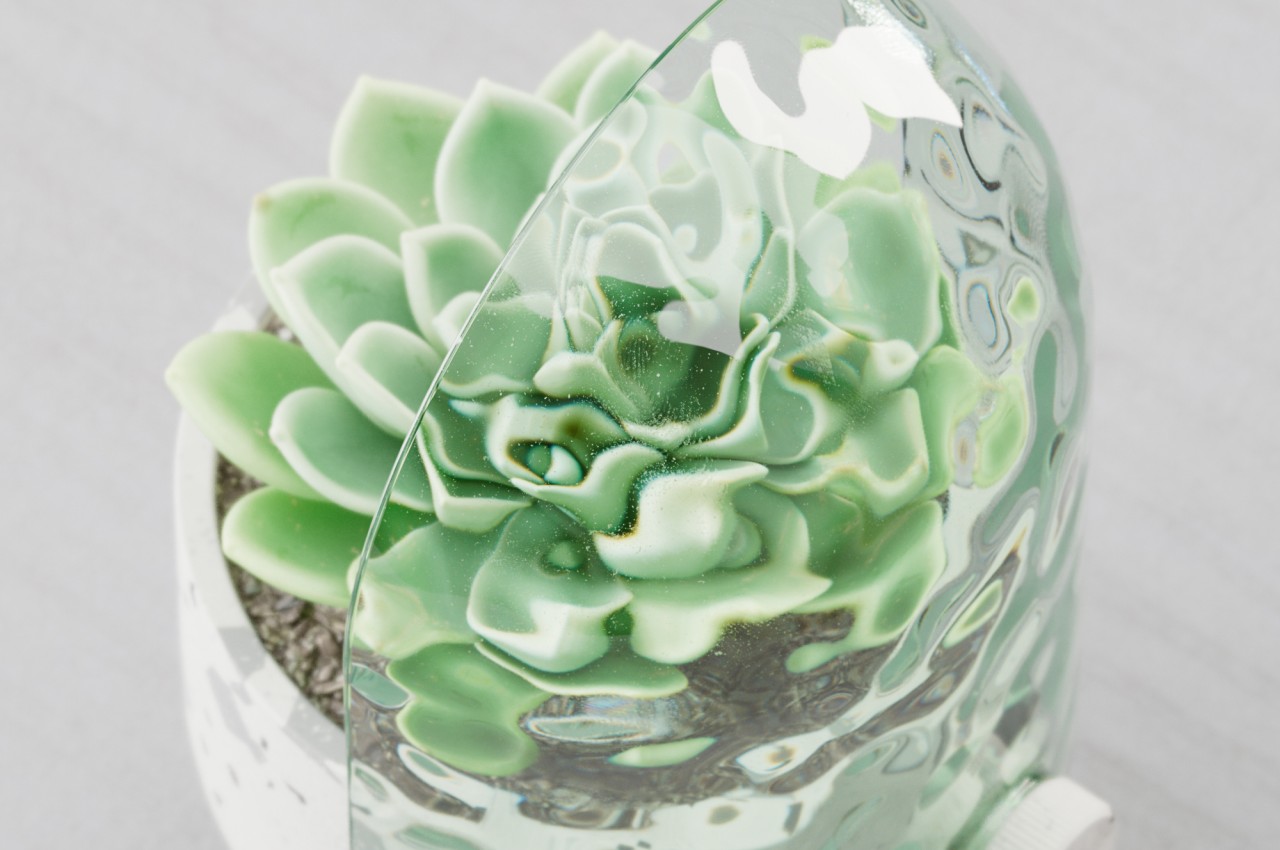
Different people tried to cope with the pandemic quarantine in different and sometimes creative ways. While some were content to catch up with their TV shows and games, others took up new hobbies to while away the time. One of the more popular ones seems to have been growing plants indoors, which is not totally new but also not something adopted by the masses. Even here, there’s a variety of goals and purposes to indoor gardening, though a majority seems to have been focused on the more aesthetic benefits of having lush, green living things inside the home. Ironically, these people seldom go out of their way to grow those plants in equally aesthetic pots, something that this design concept tries to solve right from the start.
Designer: Adrian Min
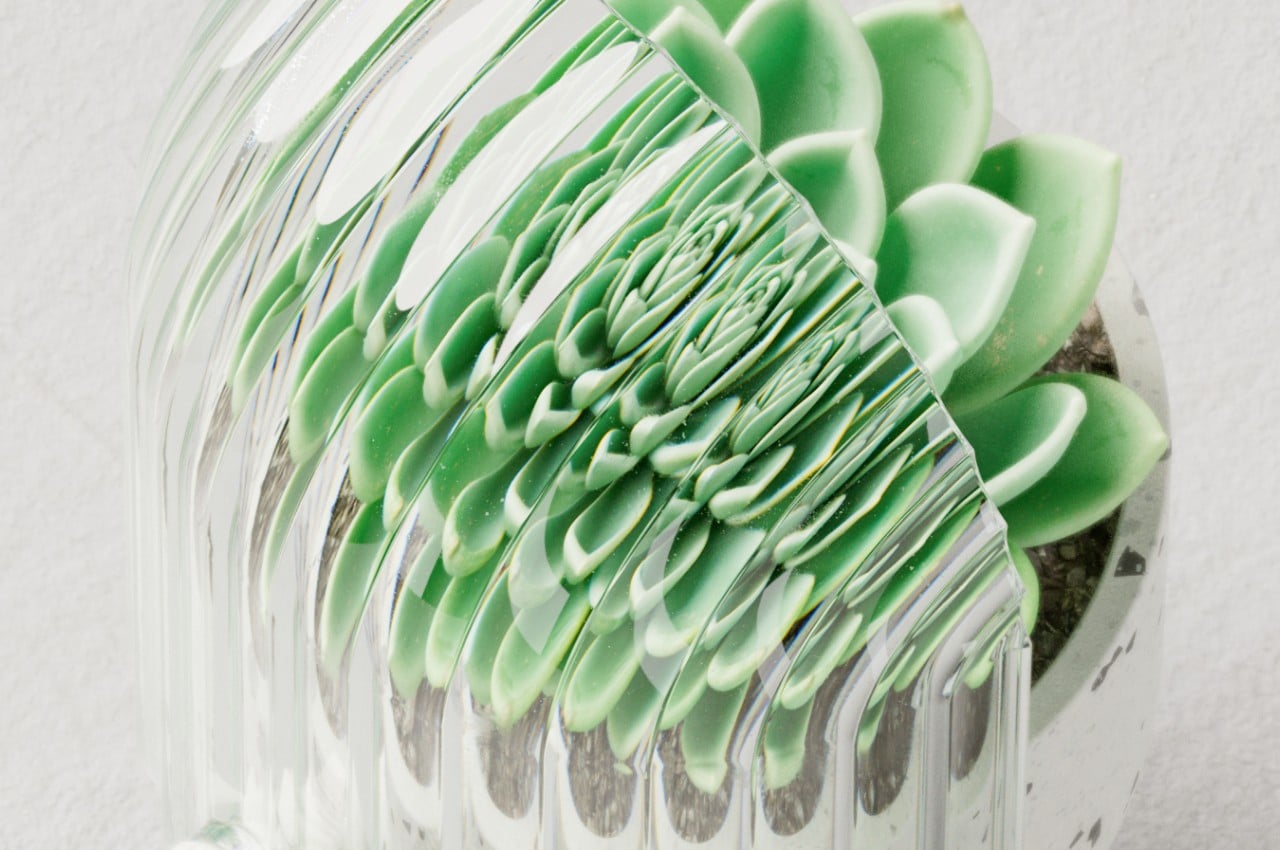
You can’t just use any container to serve as a plant pot, of course, regardless of how pretty that container might be. There are a few factors to consider to allow a plant to thrive and survive, which is often what informs the design of a planter. These more functional planters, however, aren’t what you’d always call presentable, definitely nothing you’d proudly display on your table or shelf. That doesn’t have to be that way, though, and this “Odd Pot” concept marries form and function in a way that looks not only appealing but also playful.
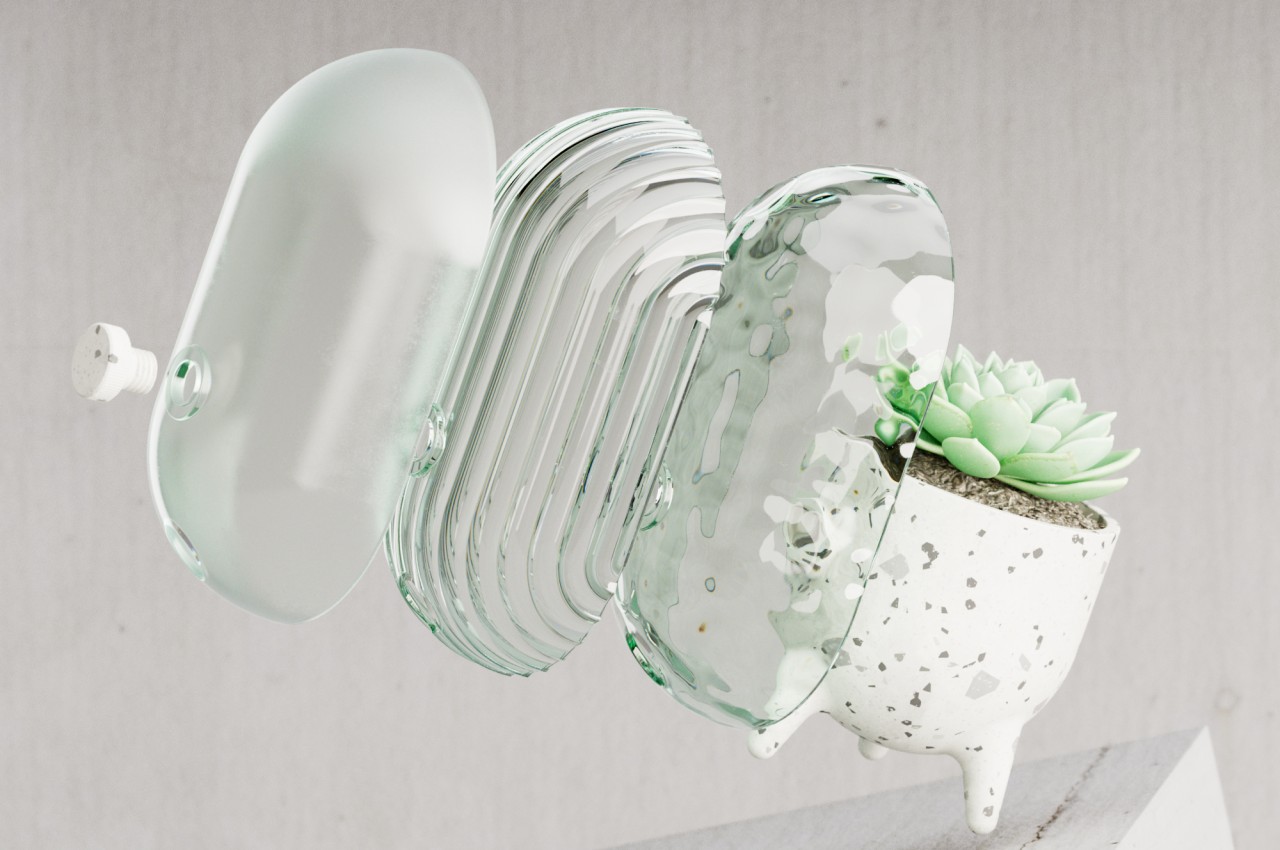
It’s definitely an odd one for a pot, though mostly because of its unconventional shape. It comes as a tall bowl that stands on three short tapered legs. Instead of a typical brown clay, the pot seems to be made from some terrazzo material, probably ceramic. A removable disc knob juts out from the pot’s back and is the primary mechanism for its highlight feature.
This feature comes in the form of a half capsule that adds something interesting to the presentation while also giving the viewer a different way to look at the plant in the pot. This “cover” is made from glass but has different textures as well as transparencies. One is completely smooth and transparent, while another is smooth yet frosted. Perhaps the curious one is the ribbed clear glass that adds an interesting play of light with its reflections and refraction.
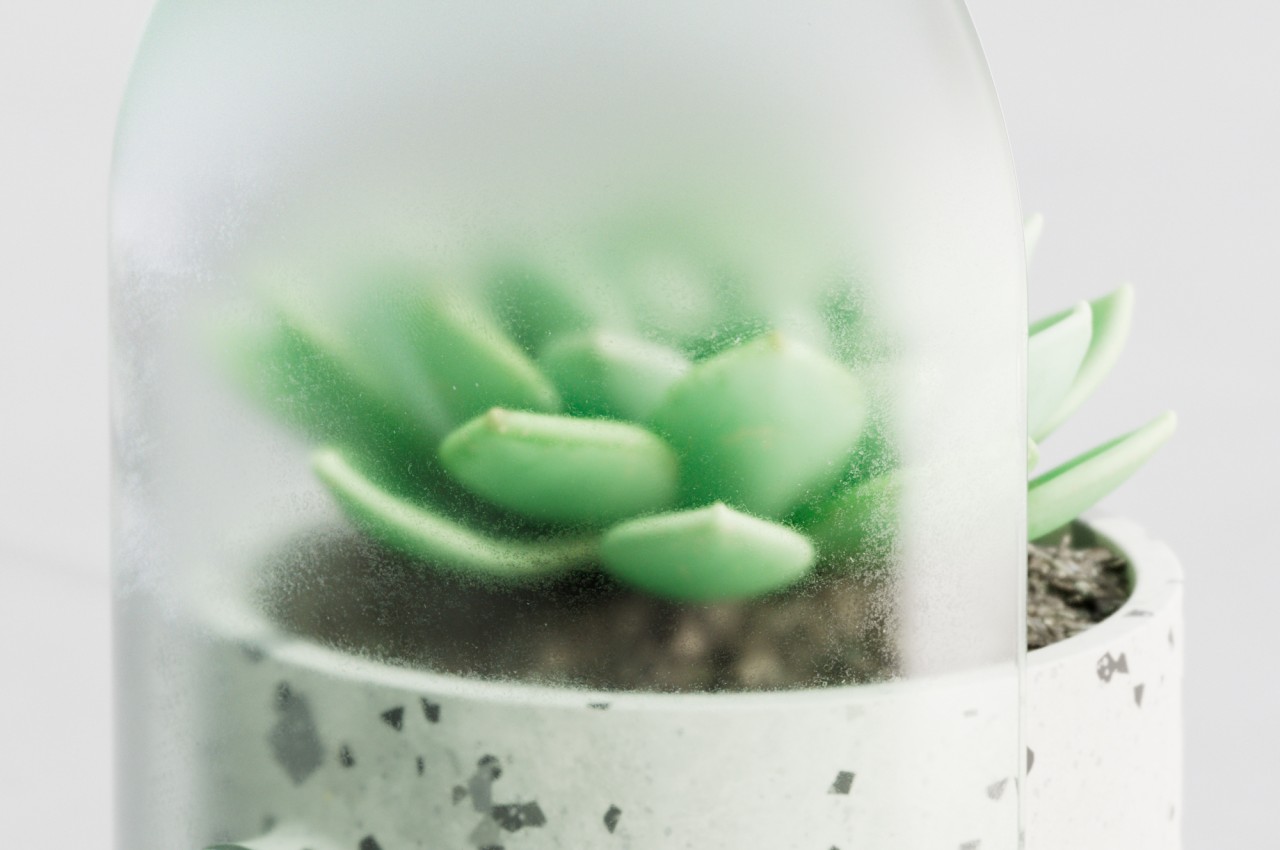
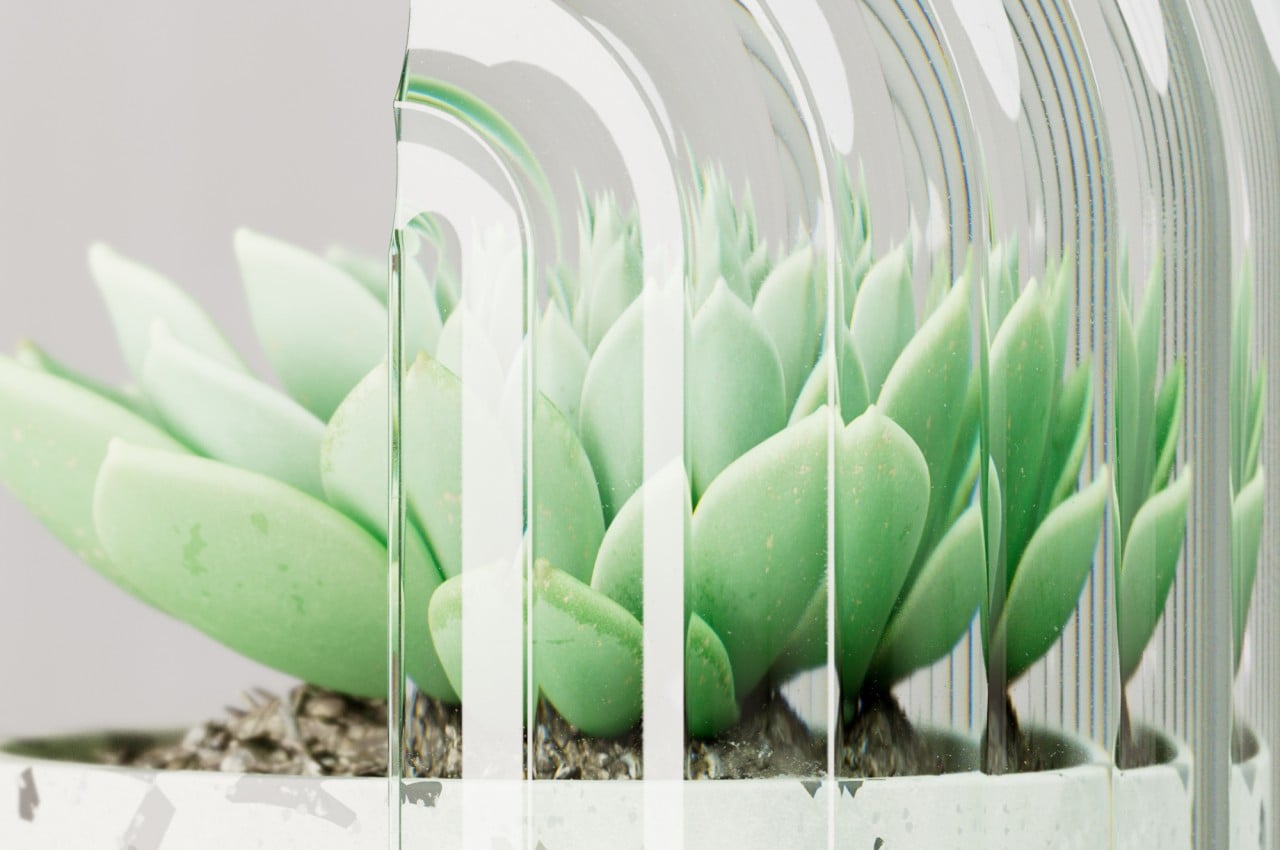
While the Odd Pot retains pretty much the exact same function of a regular planter, its form takes the presentation to the next level. With its stumps for legs and an “arm” that extends from its body, it almost looks like an anthropomorphic version of a planter. It might even remind some of the “sus” characters from a popular game from the past year or two. Granted, the pot’s design isn’t going to be conducive to all kinds of plants, particularly the ones that grow tall or wide. But for most succulents, it will do just fine and will even add a bit of character to your plant decoration.
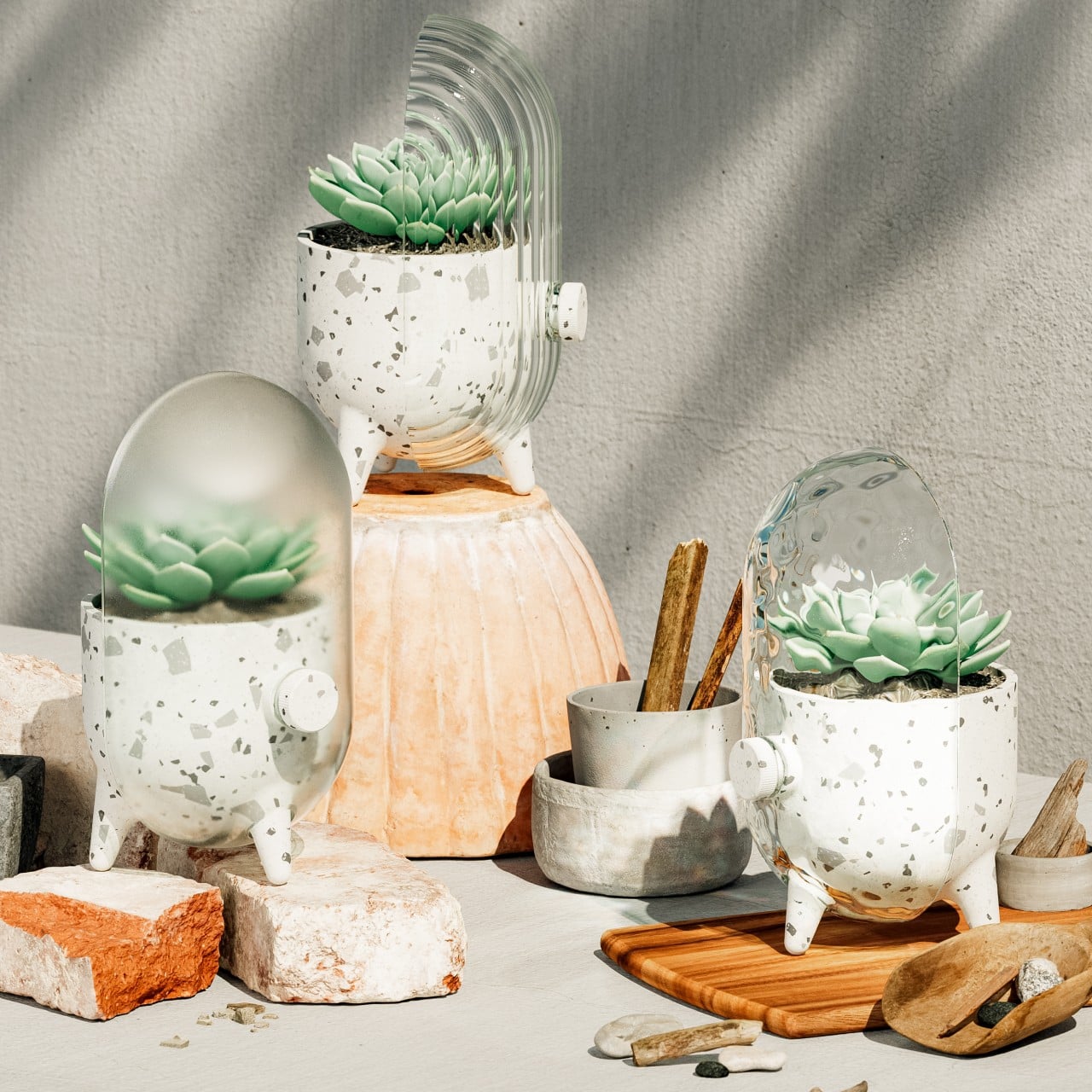
The post Odd planter concept lets you enjoy observing your plants grow in a fun way first appeared on Yanko Design.
